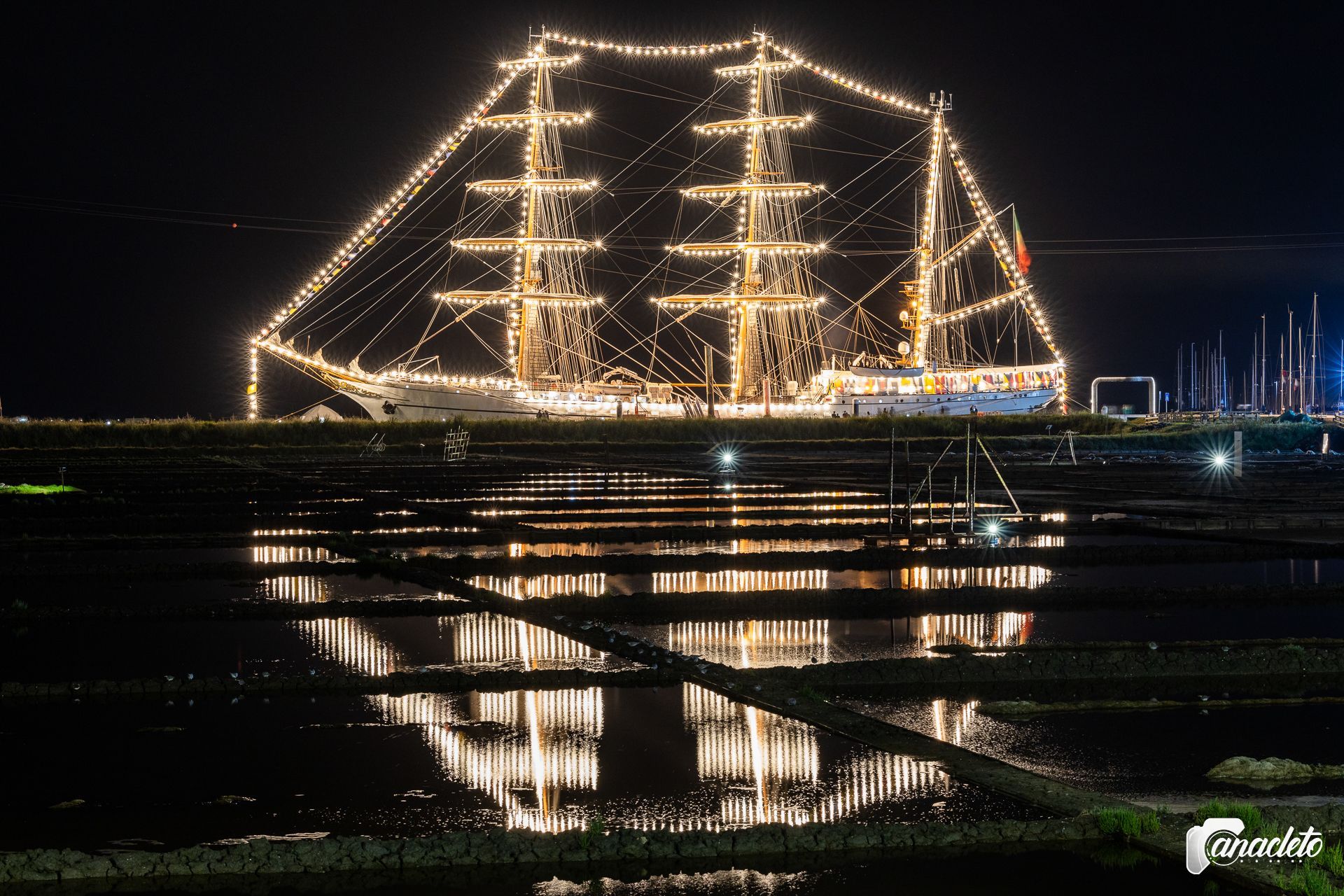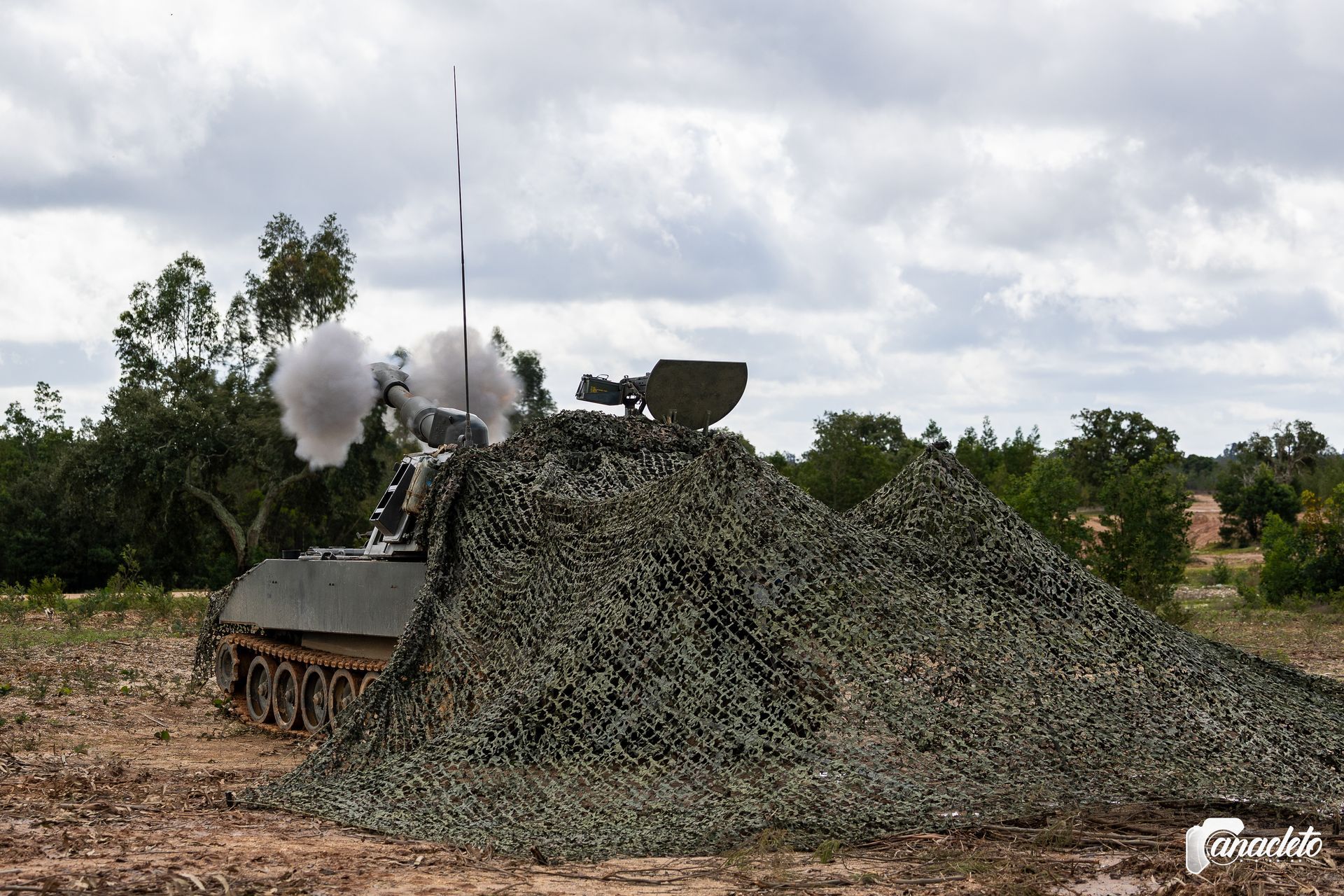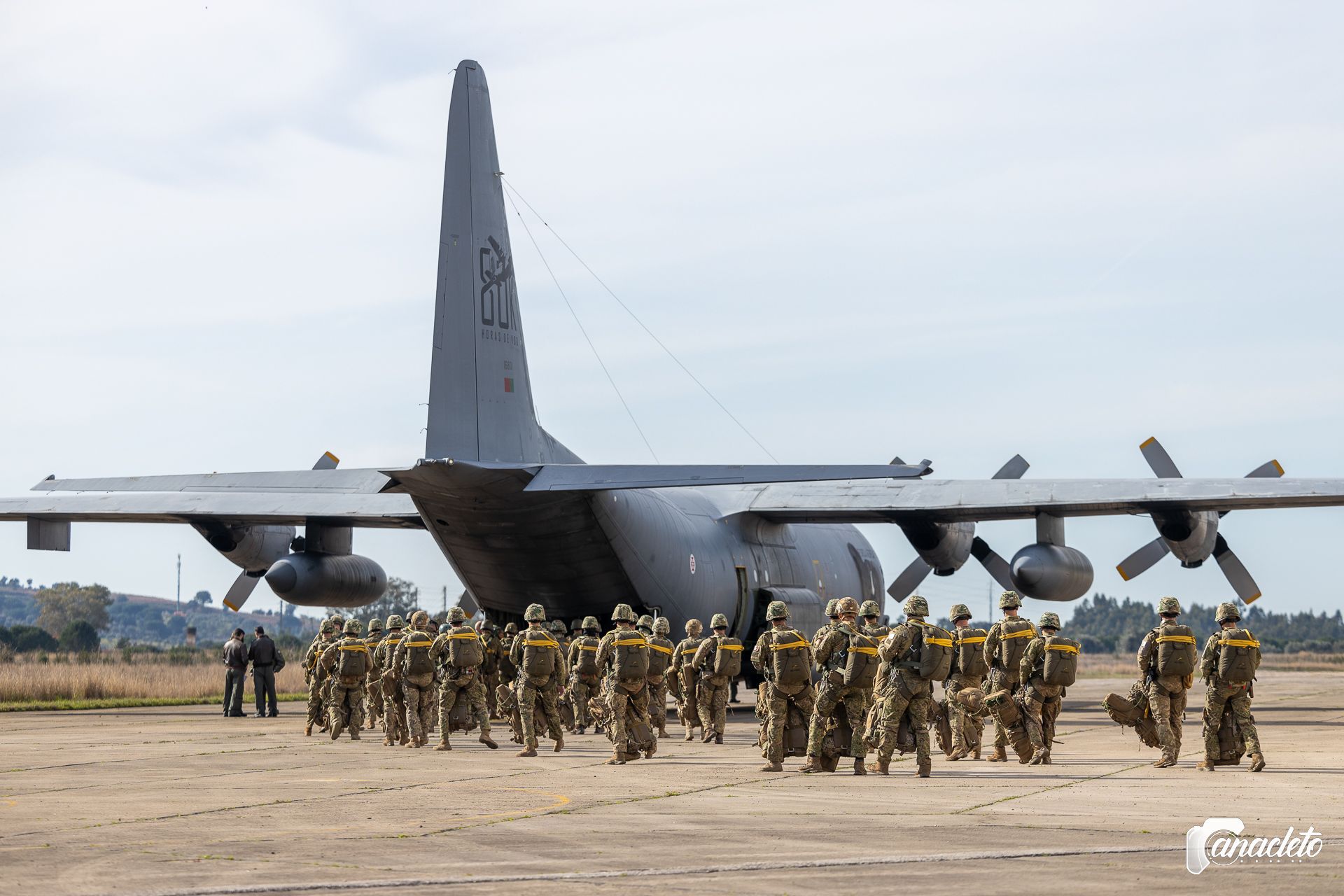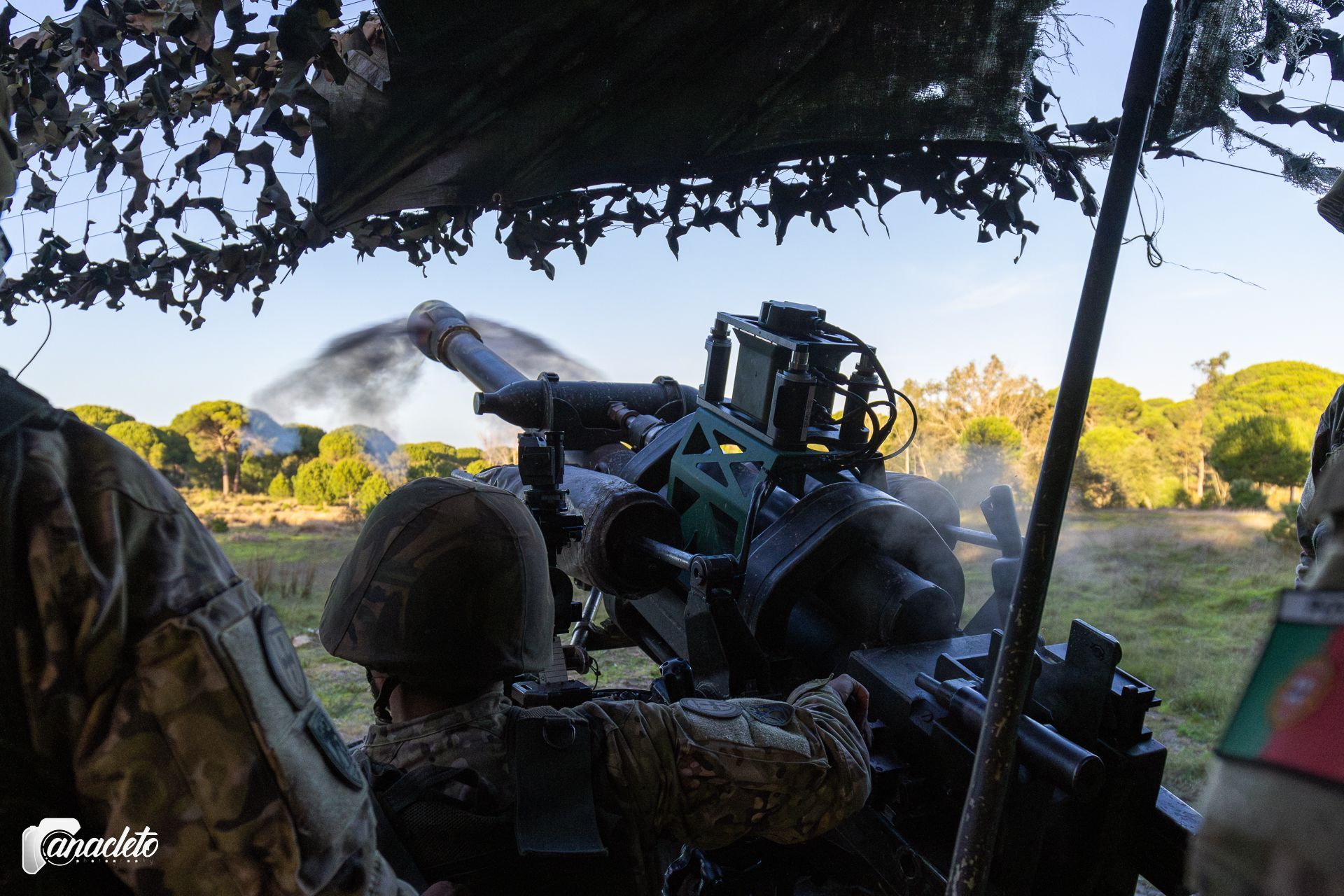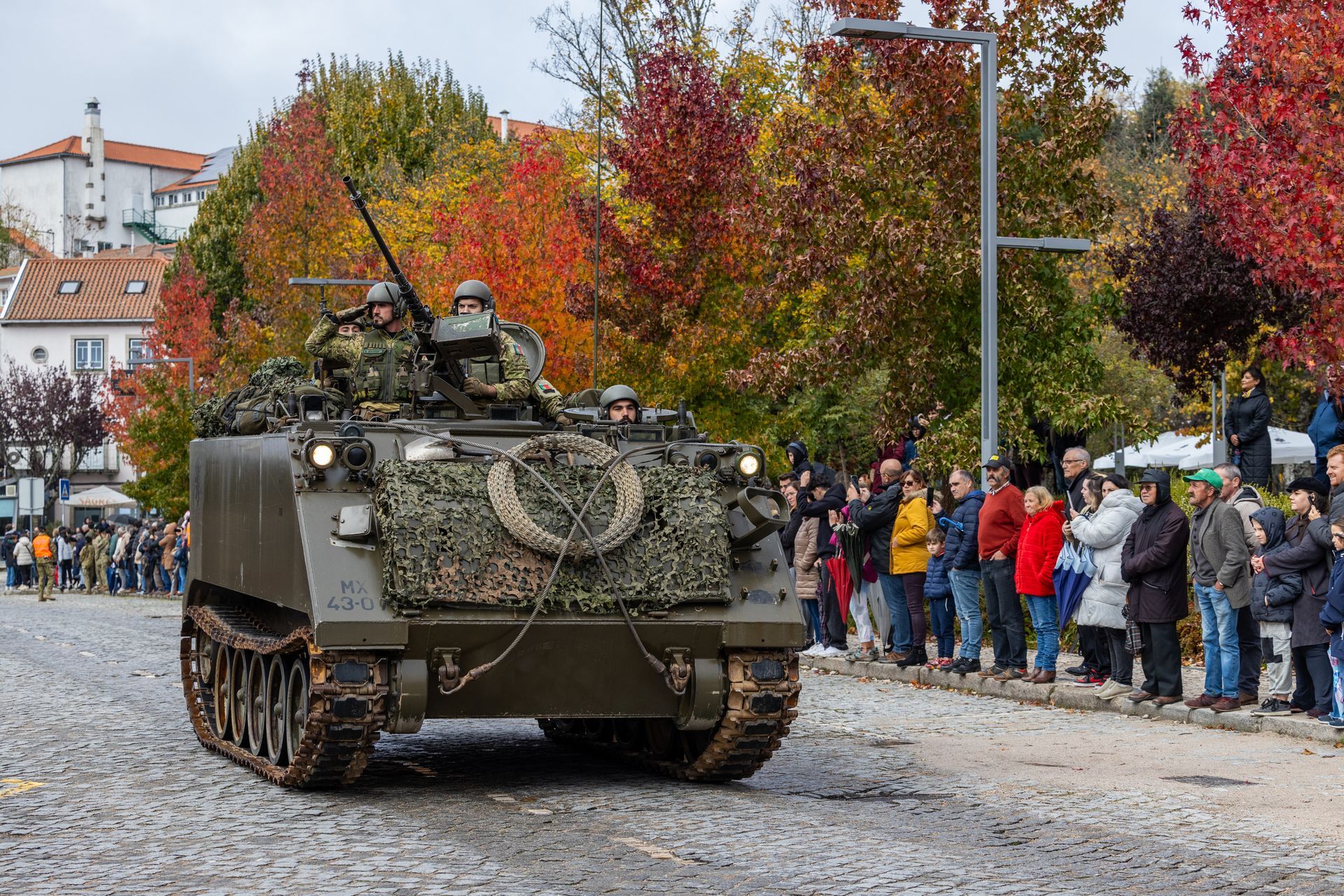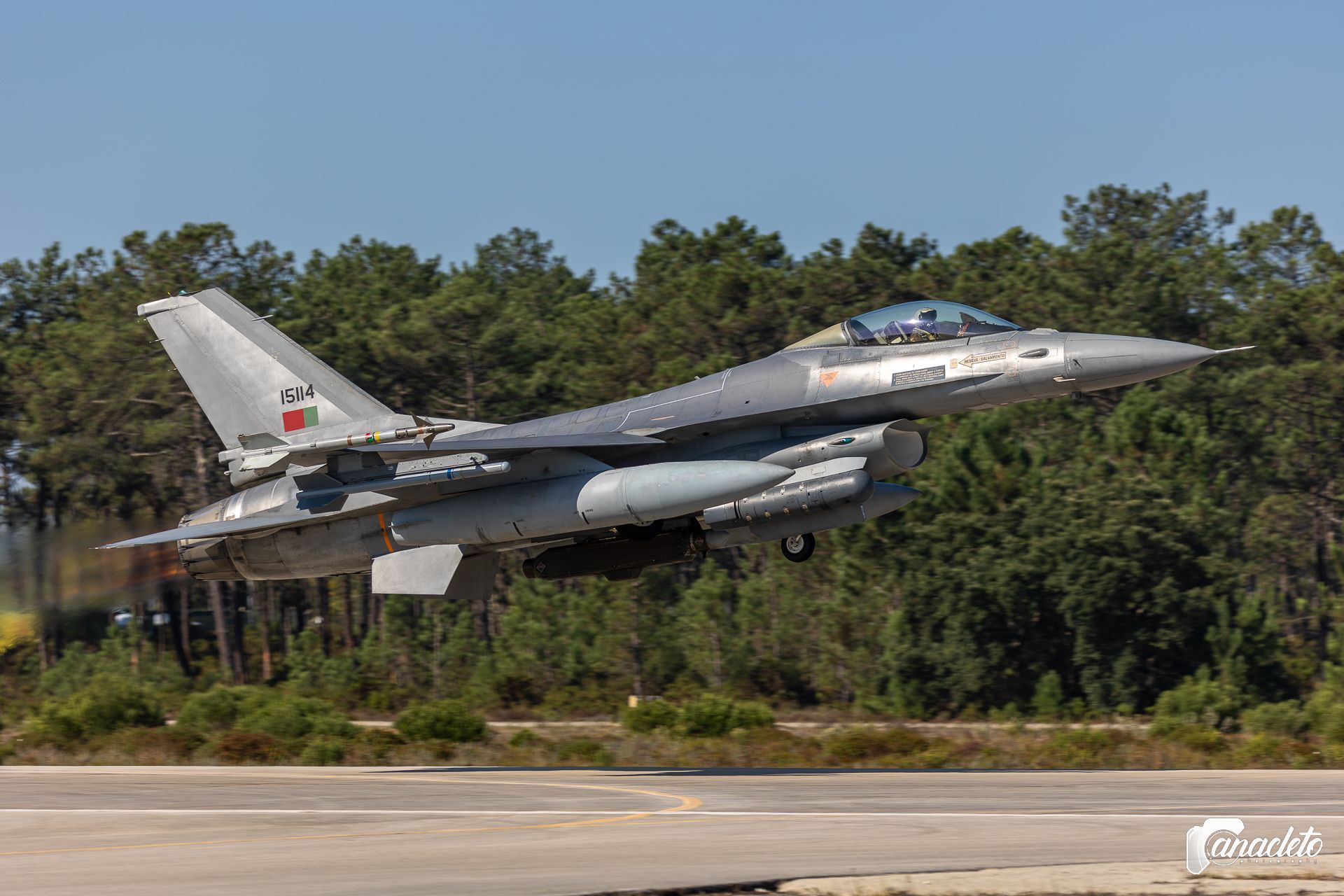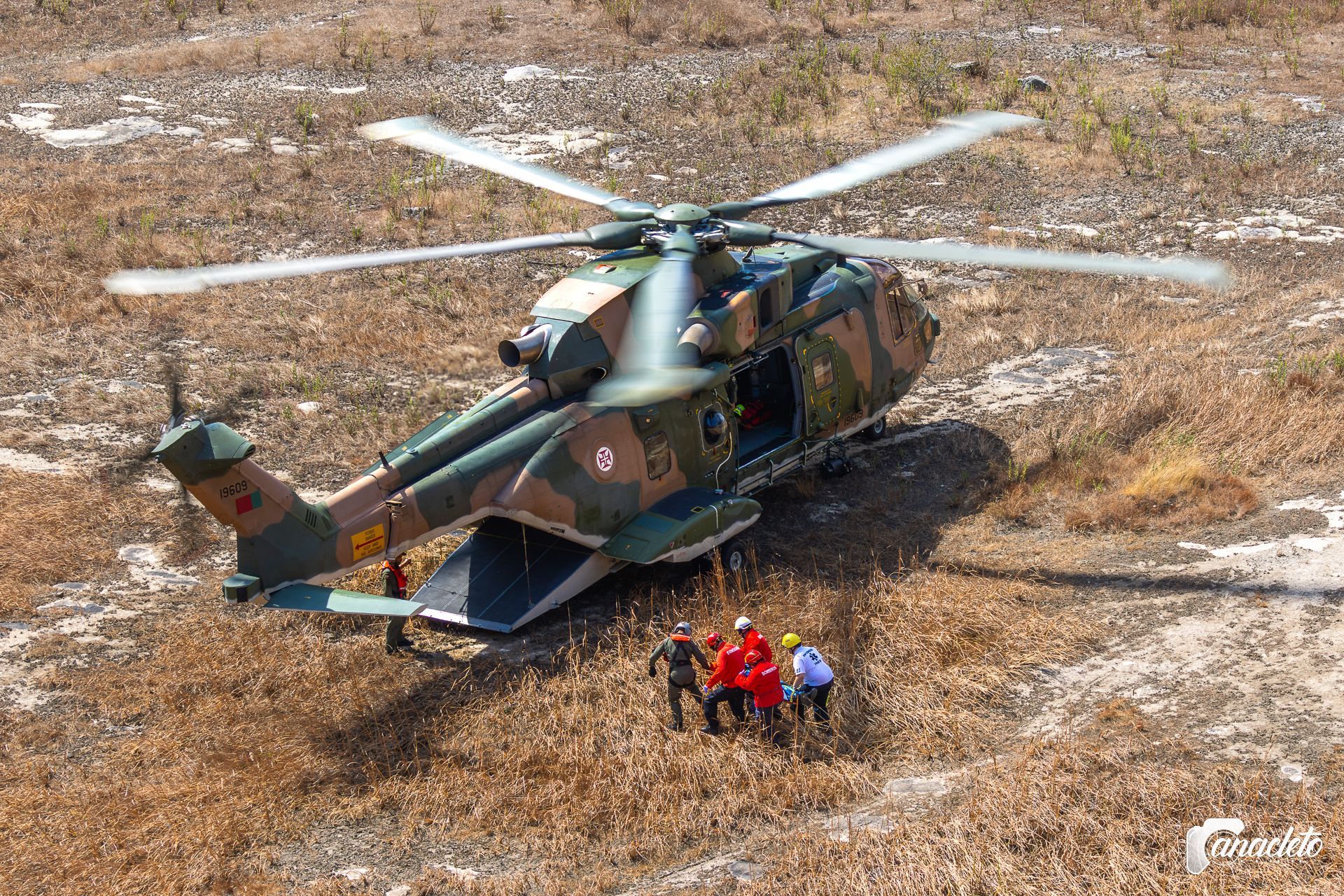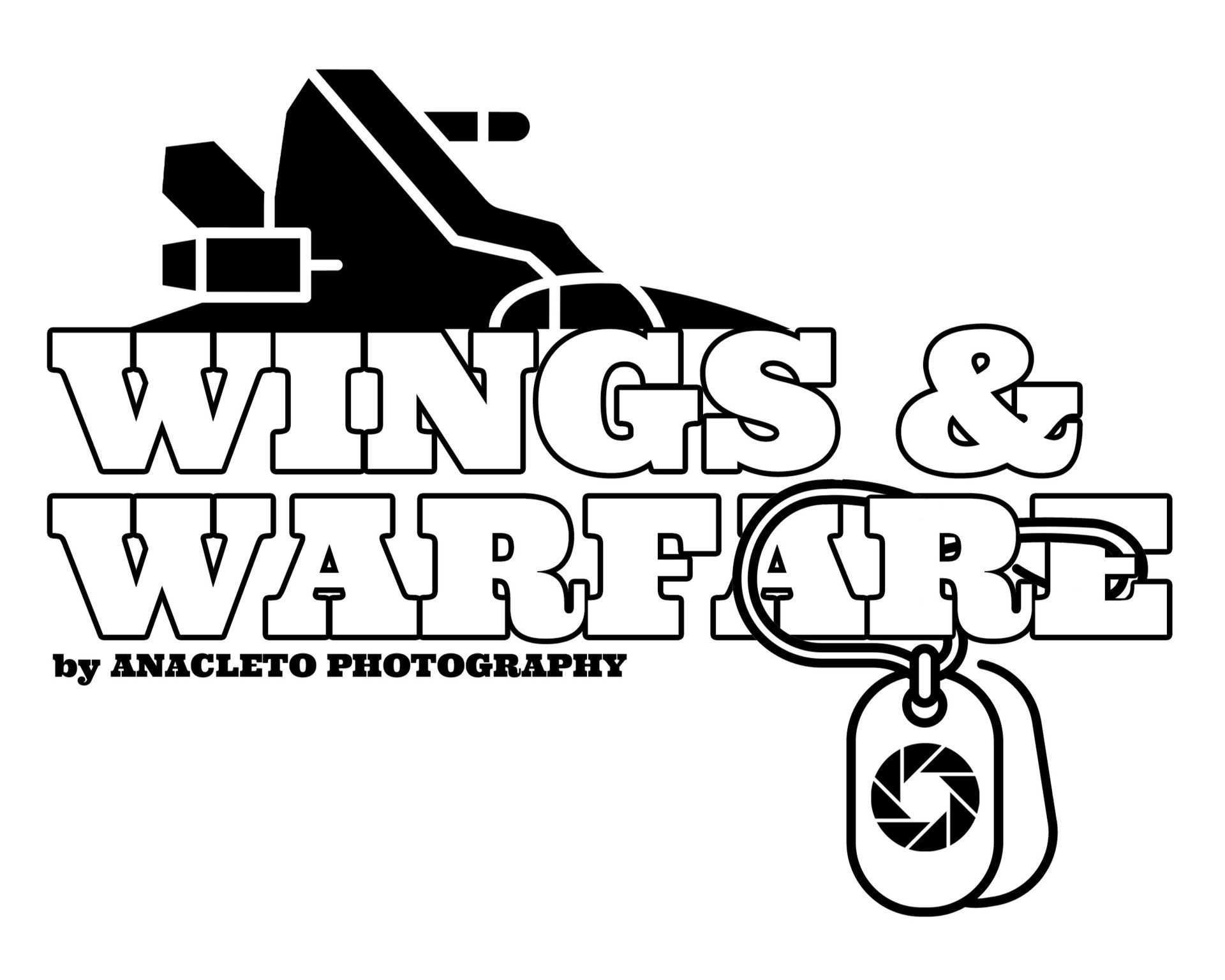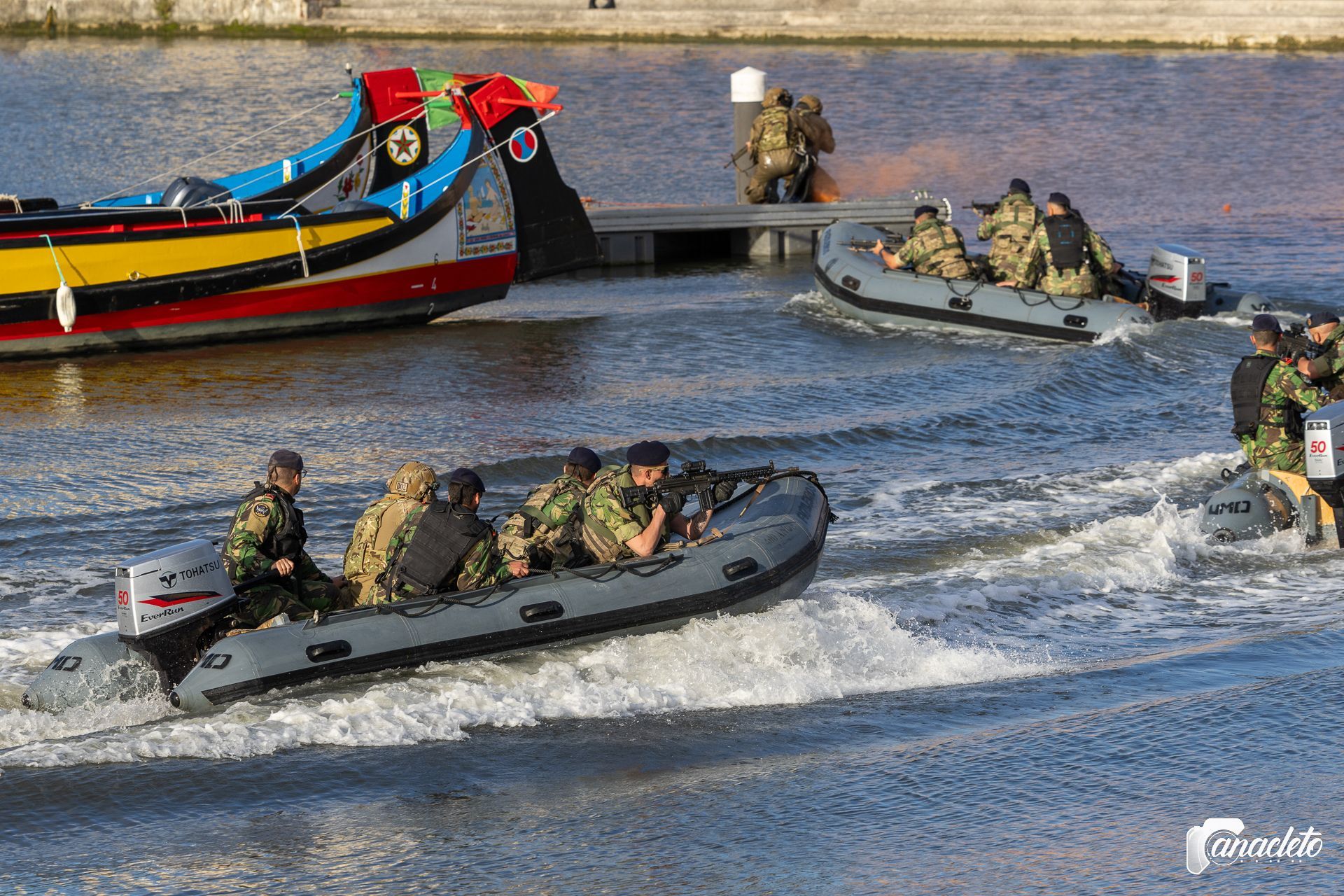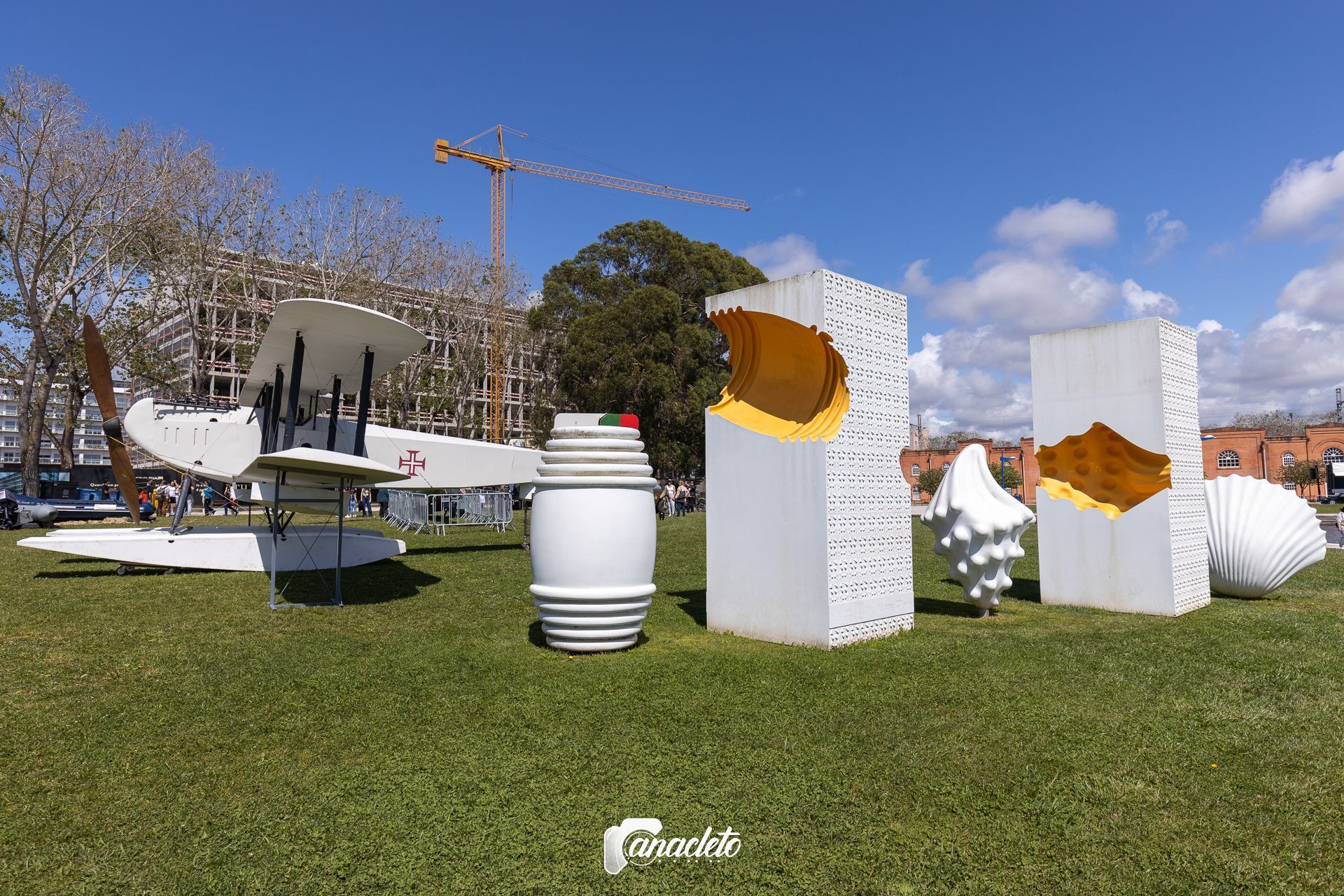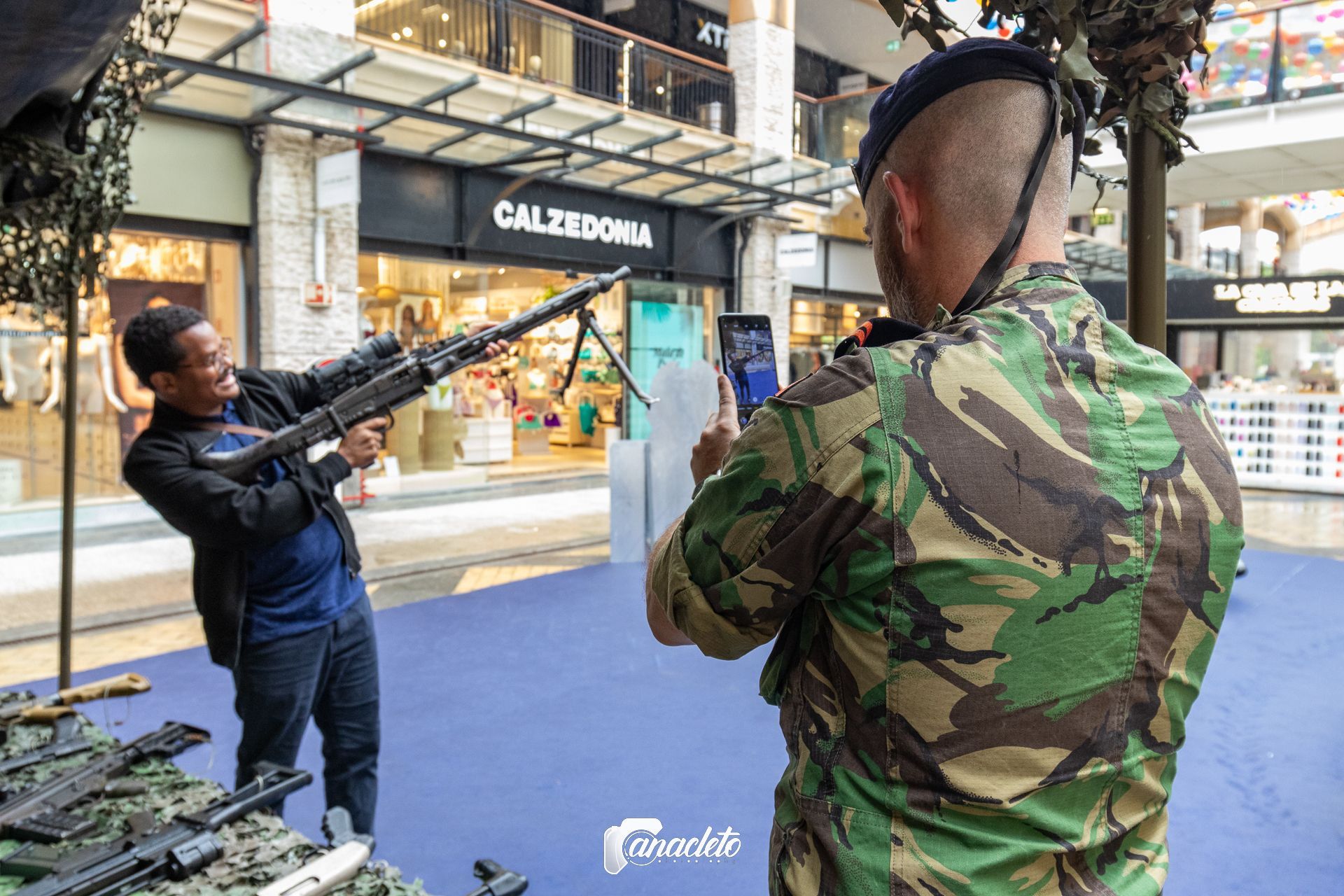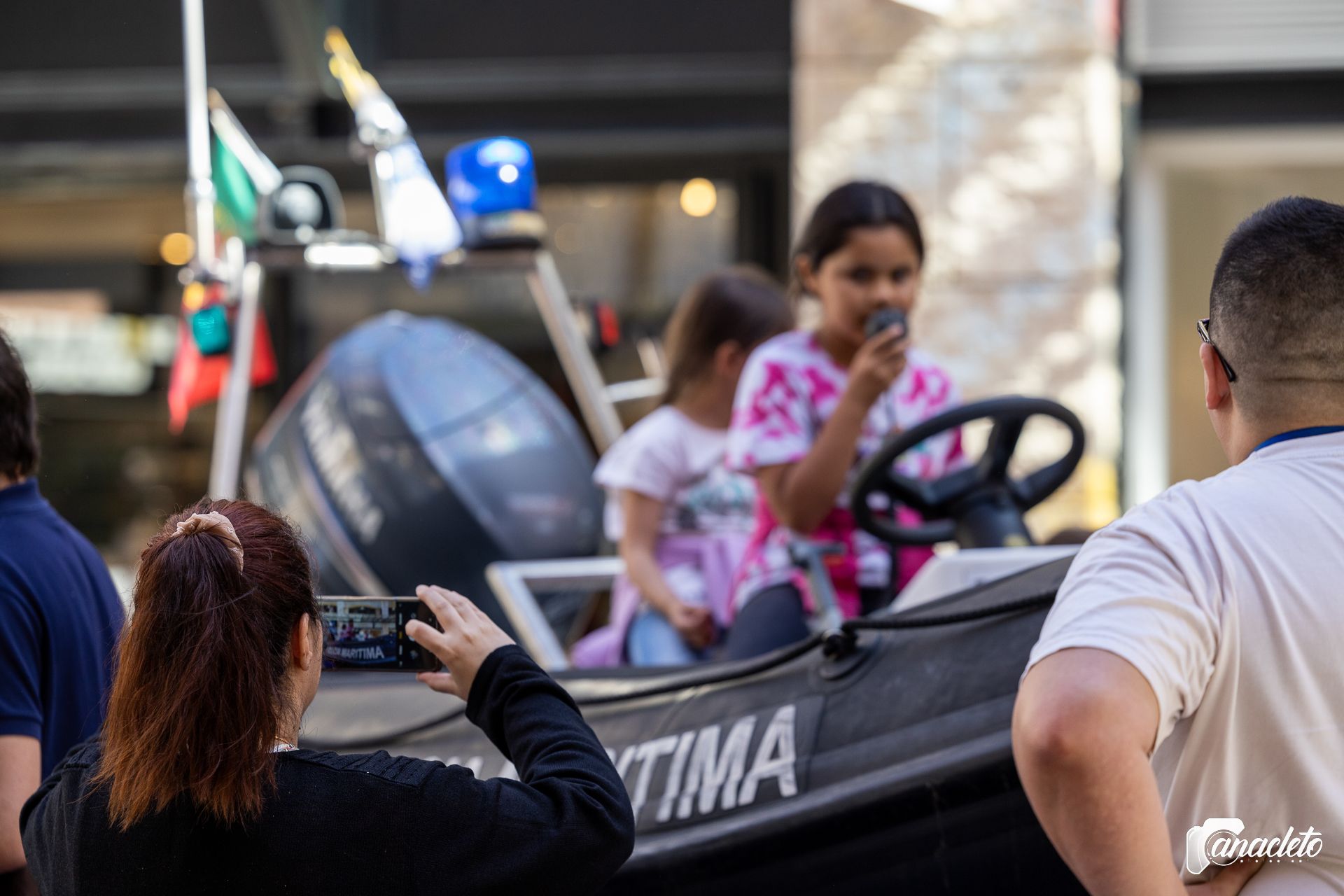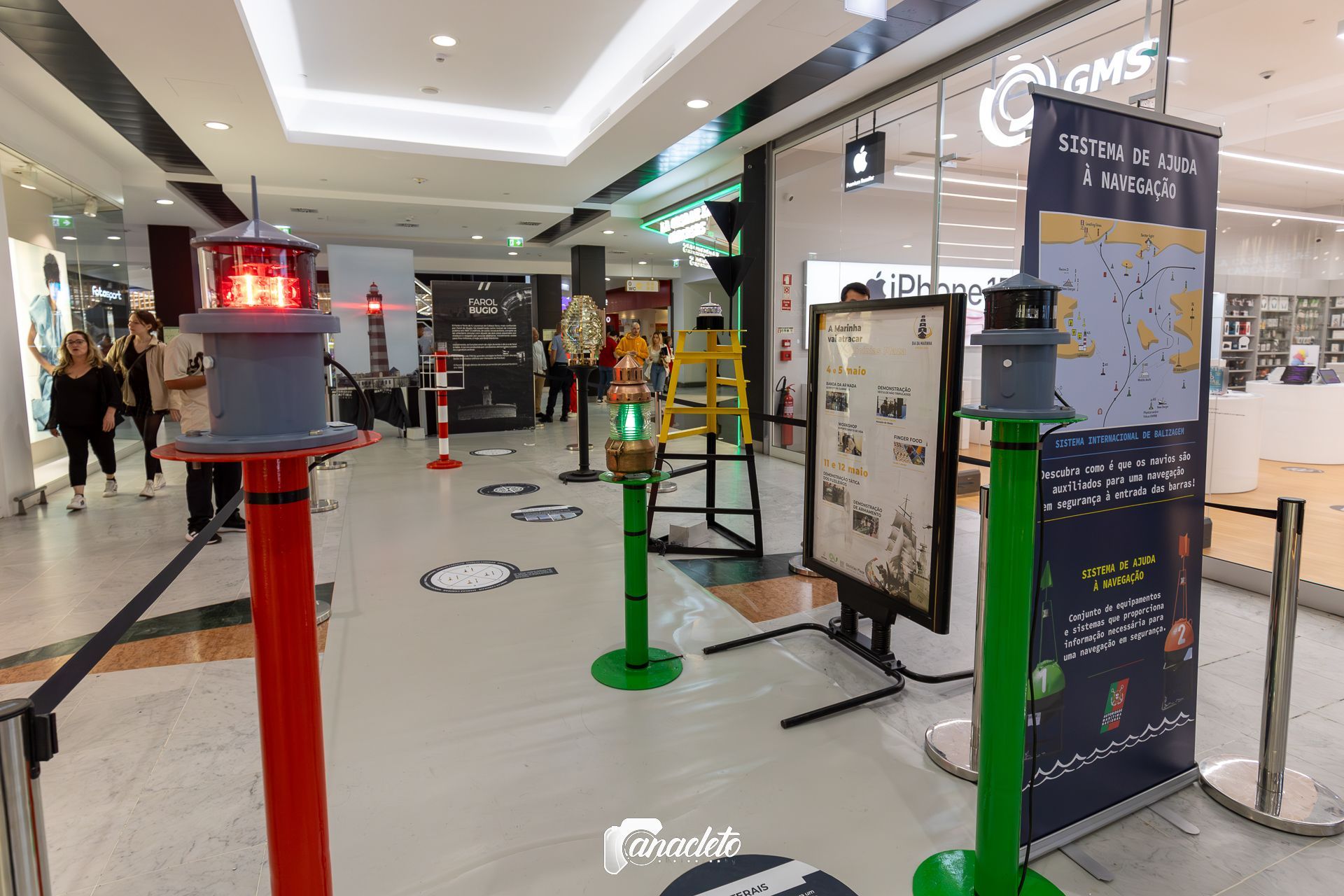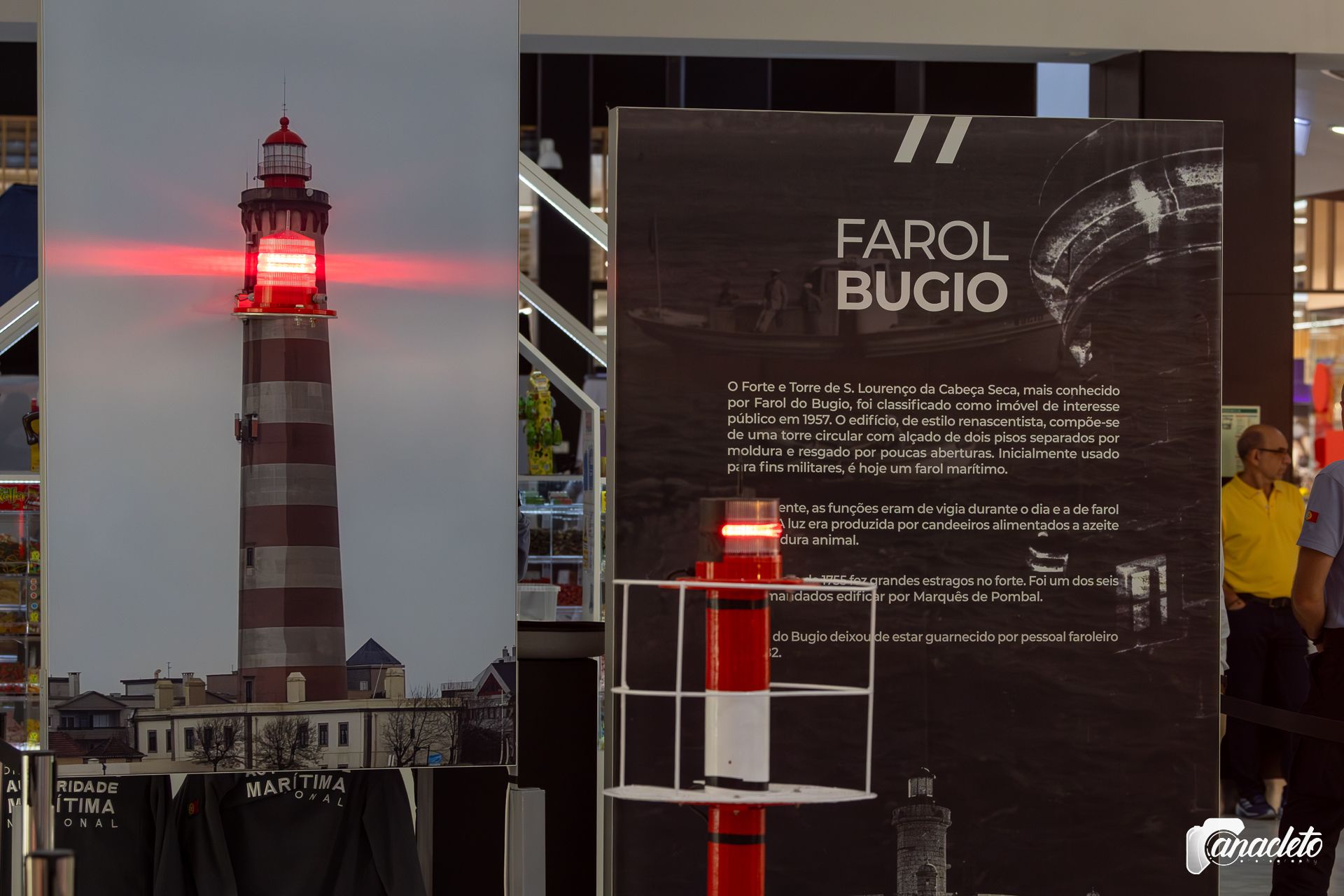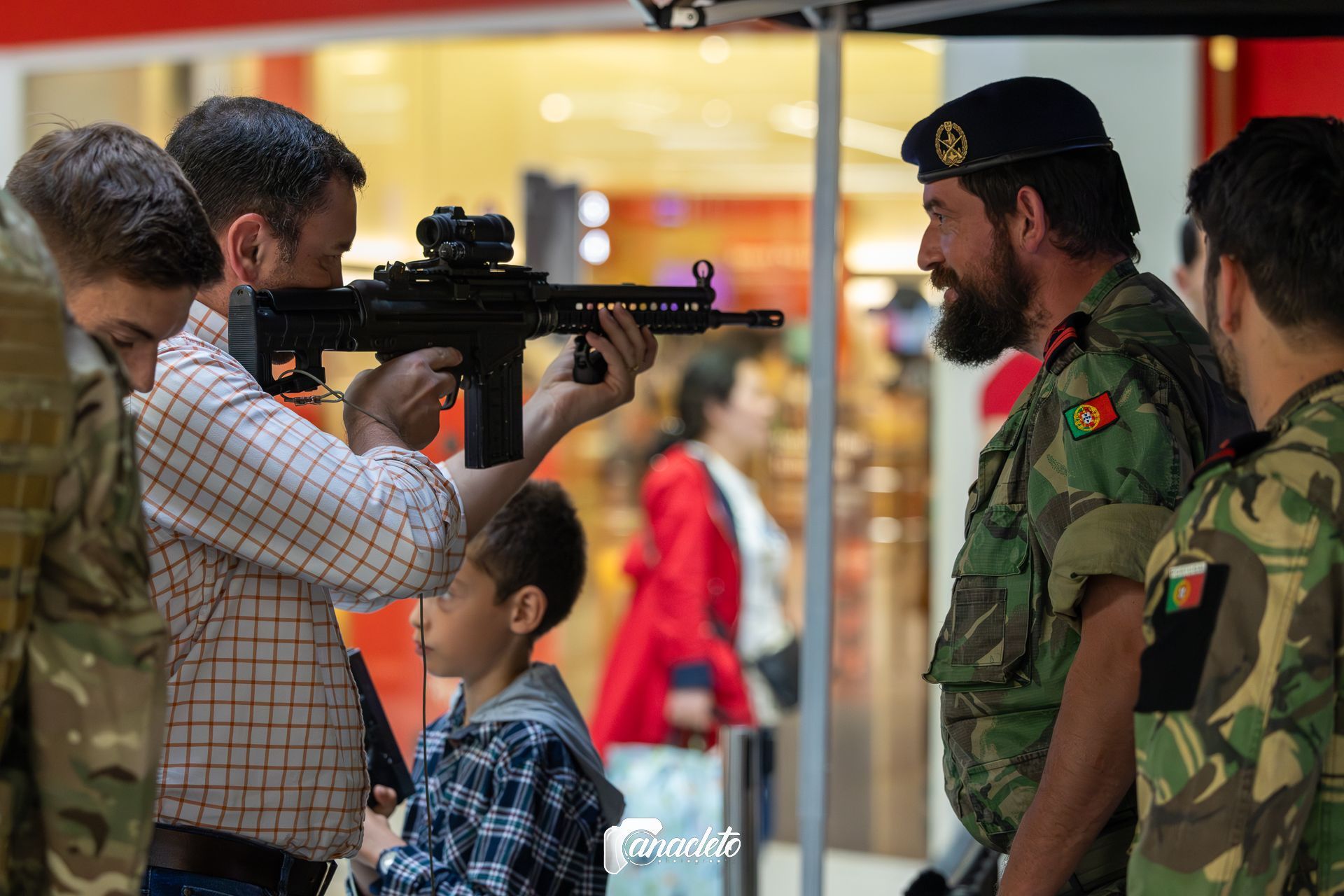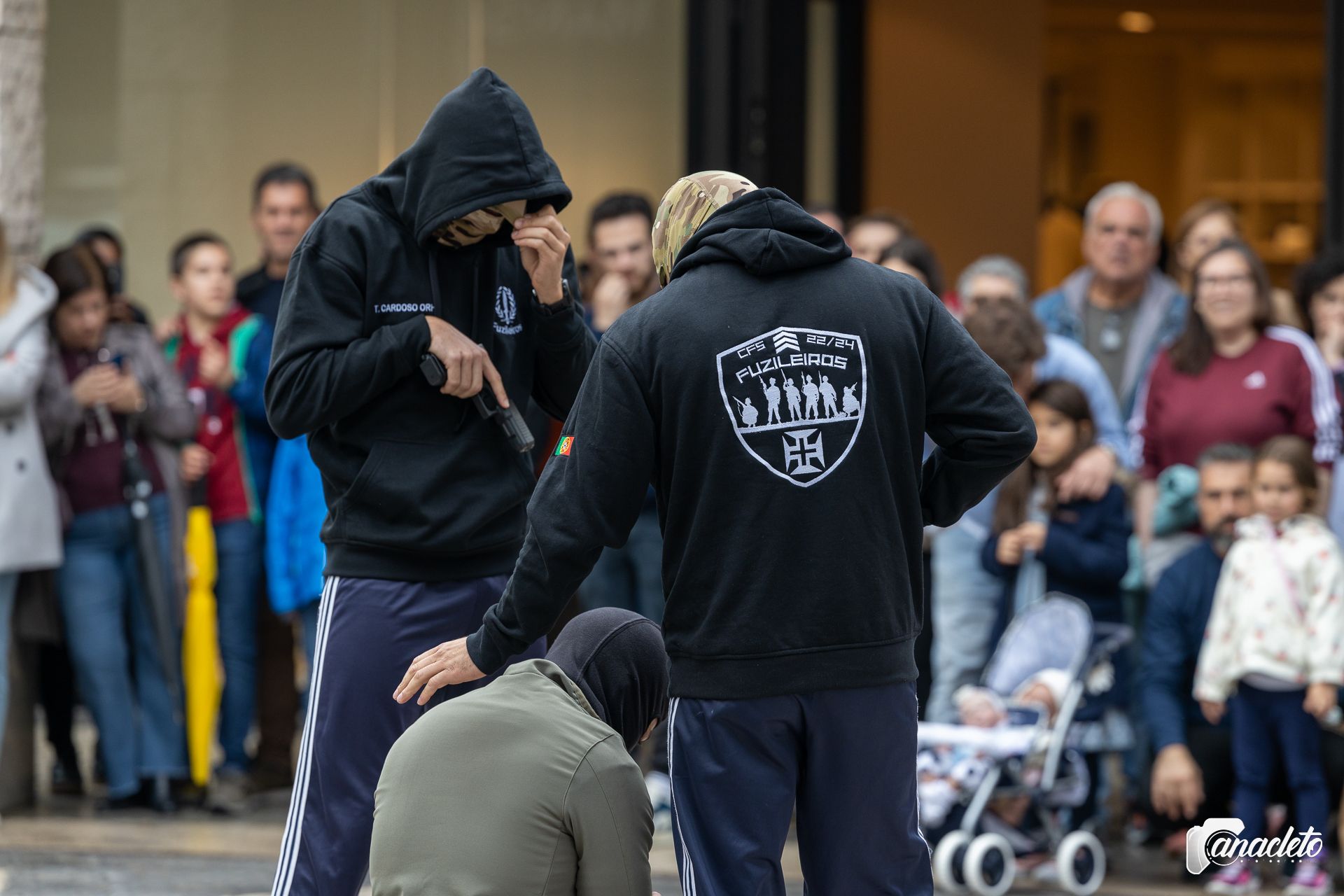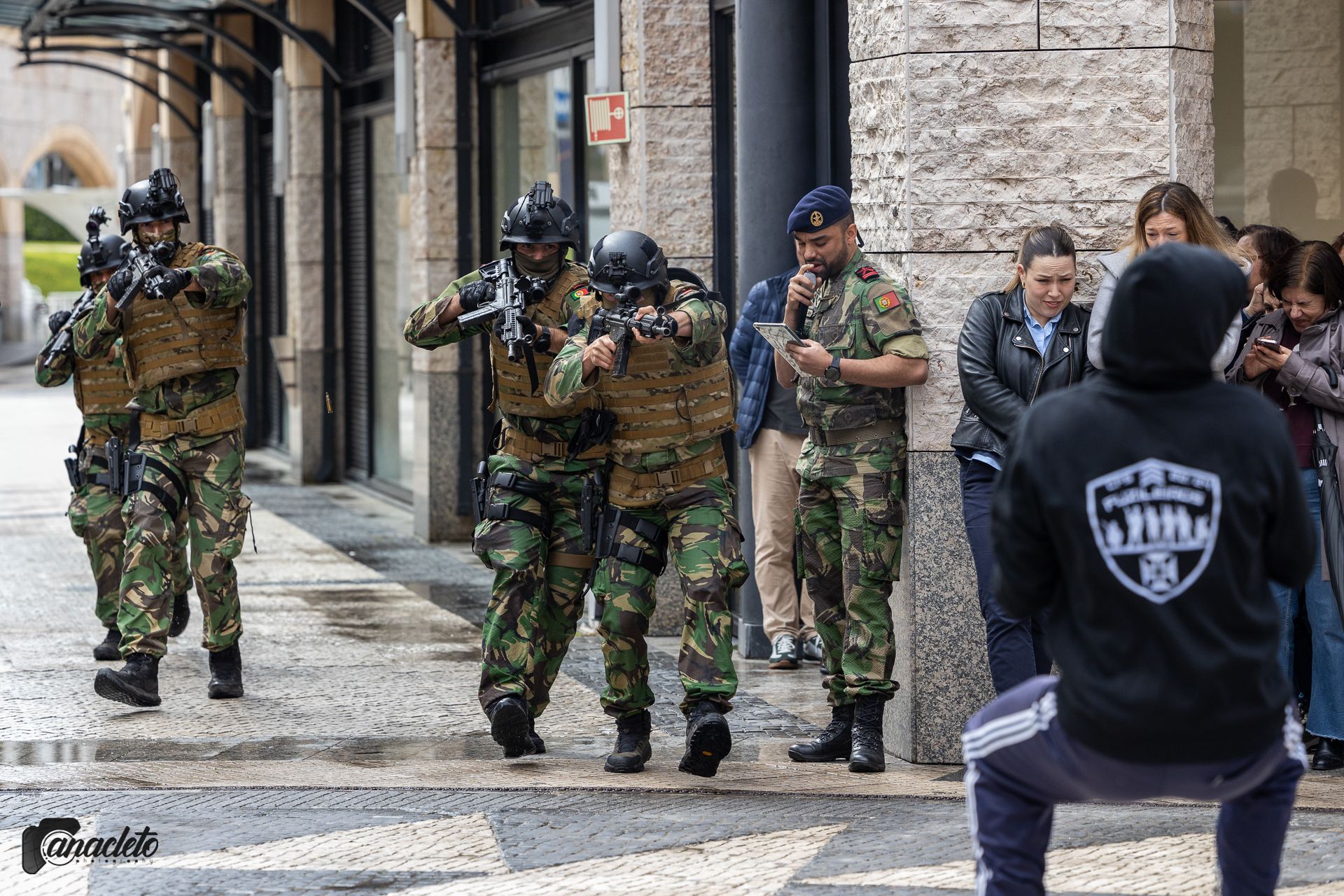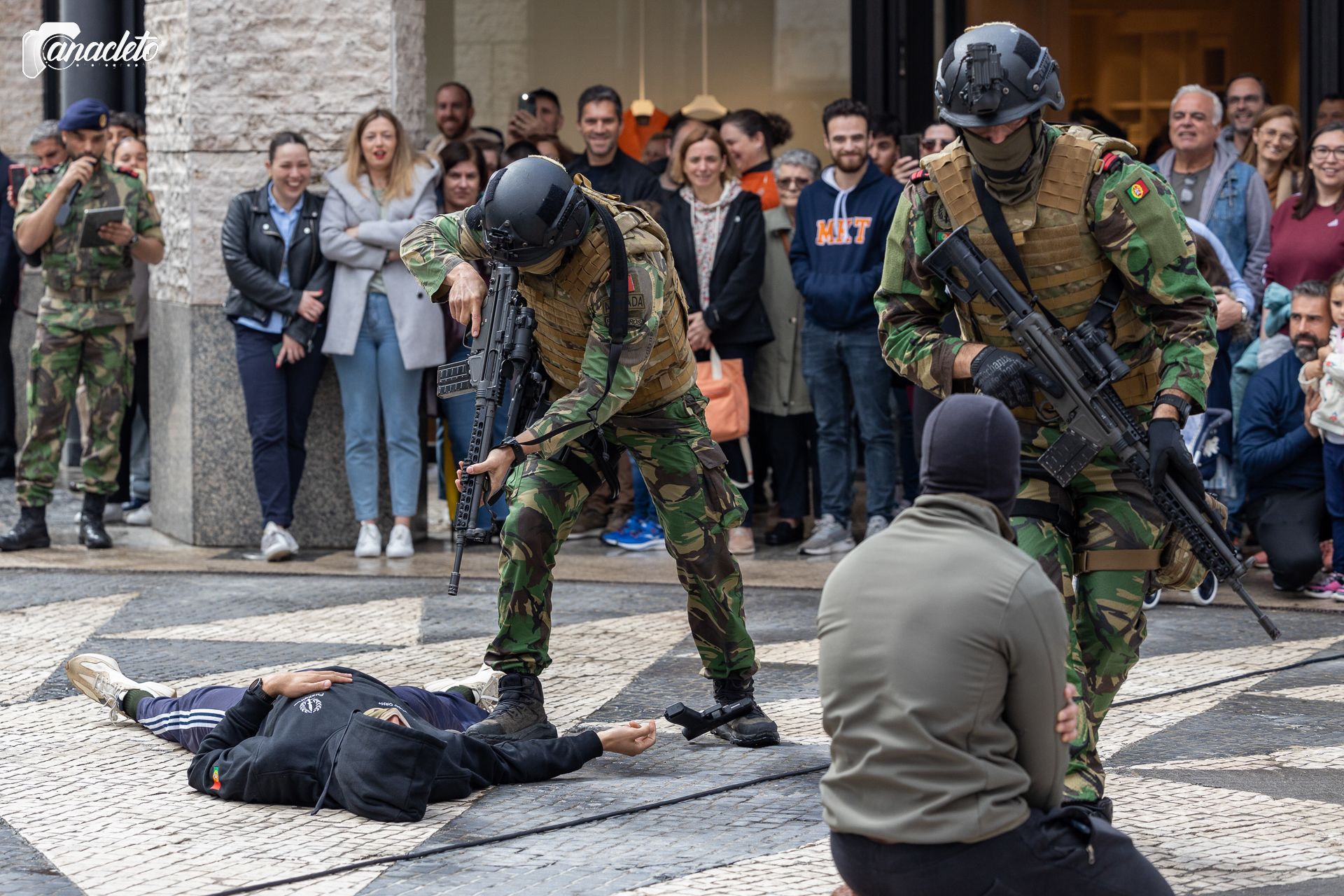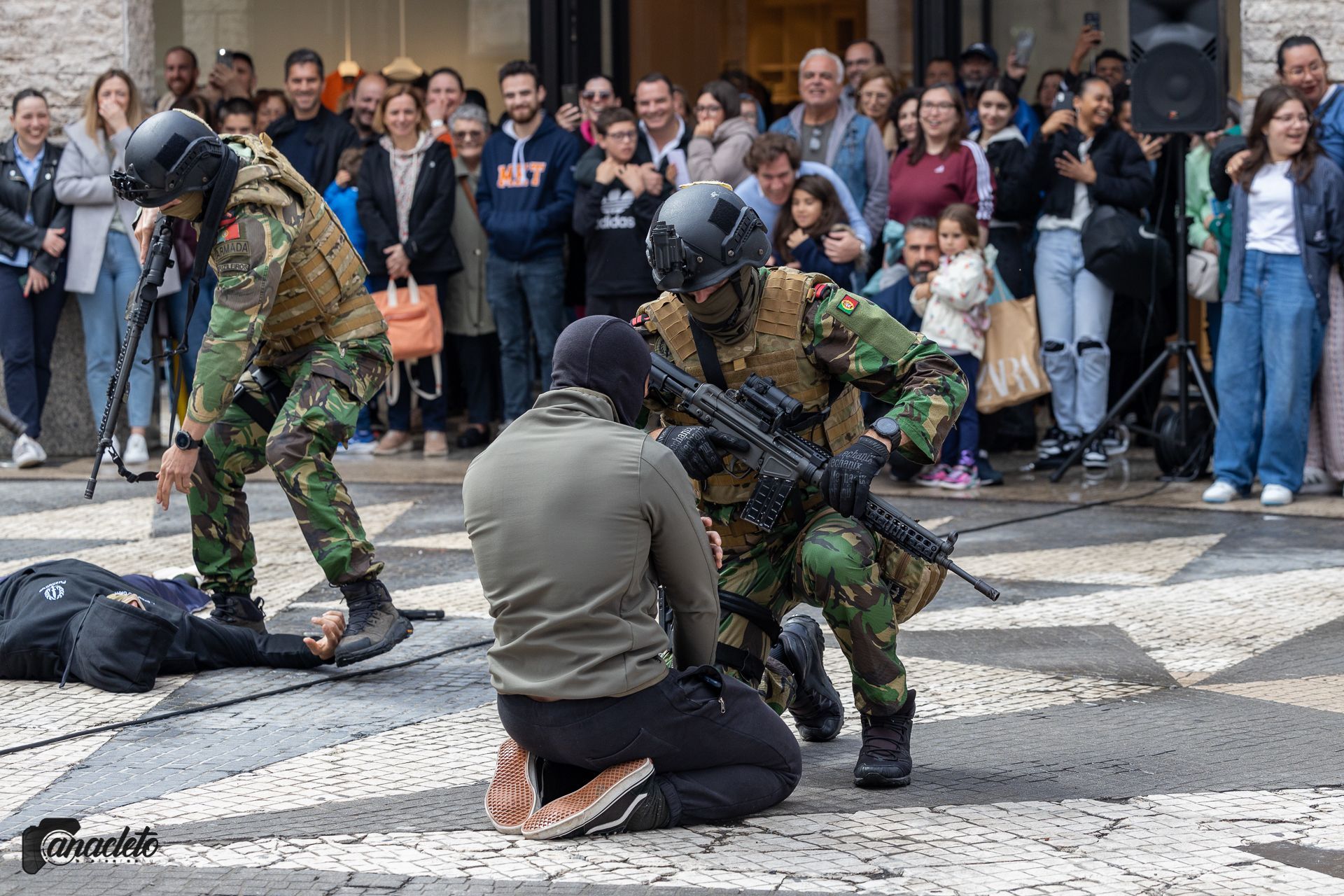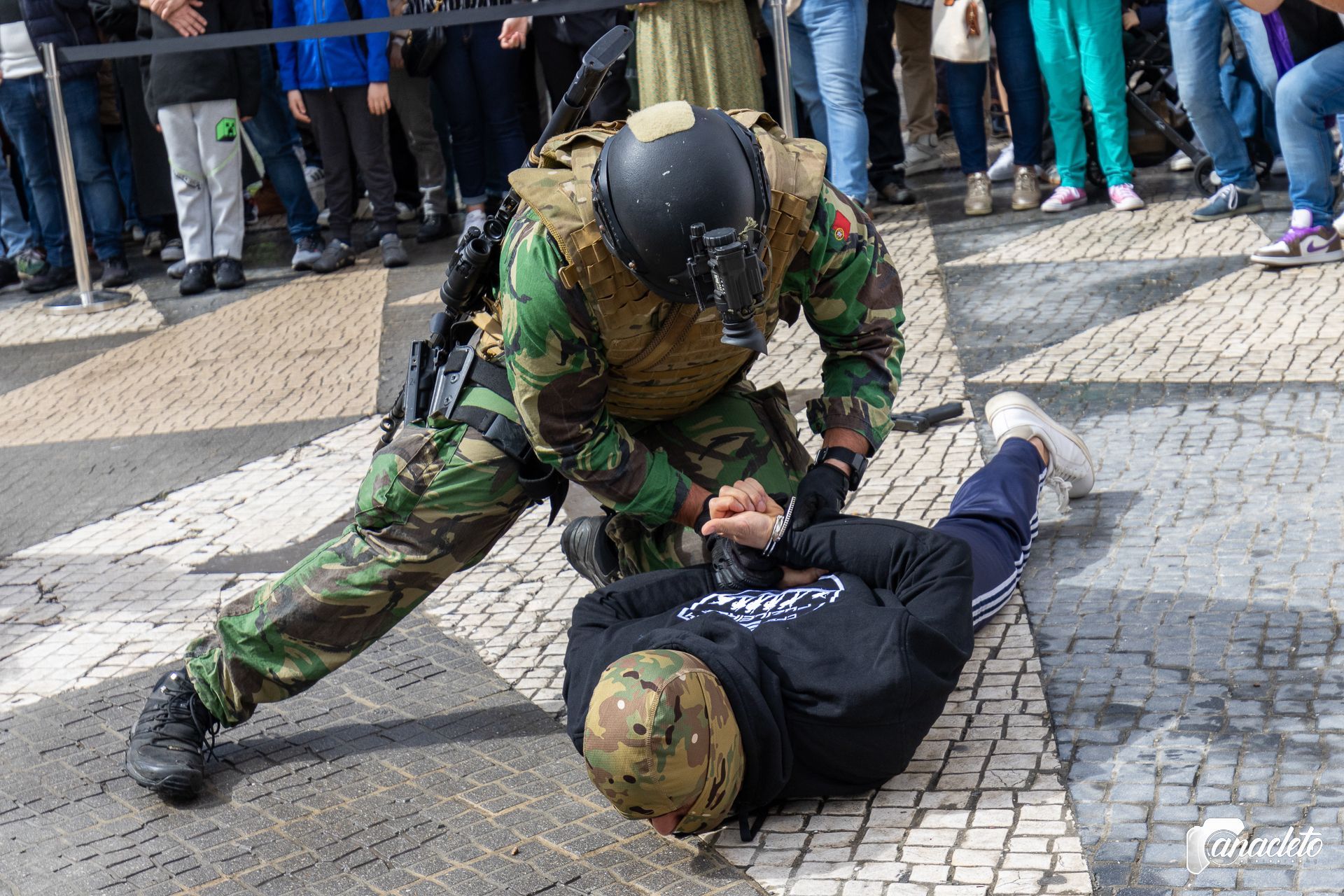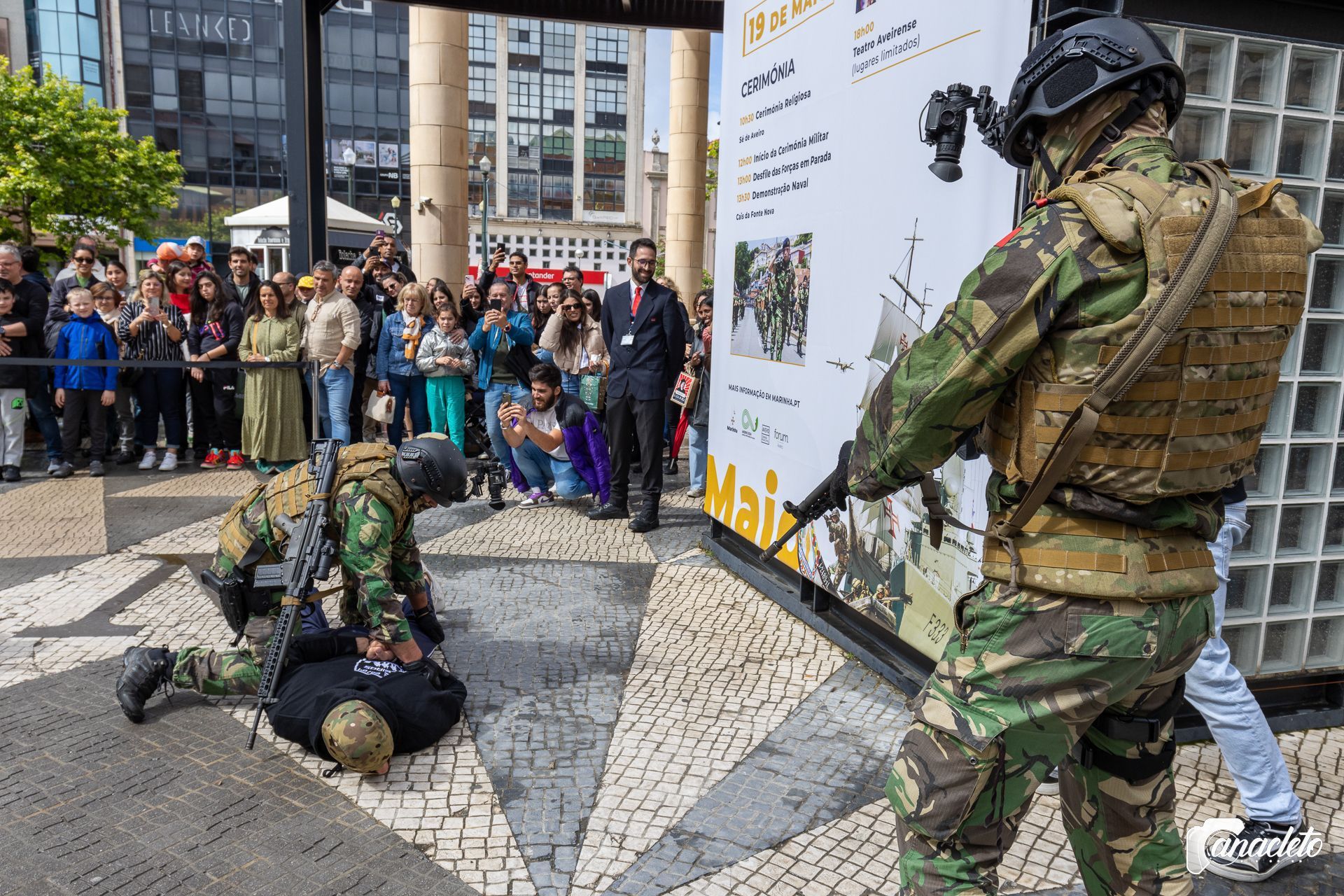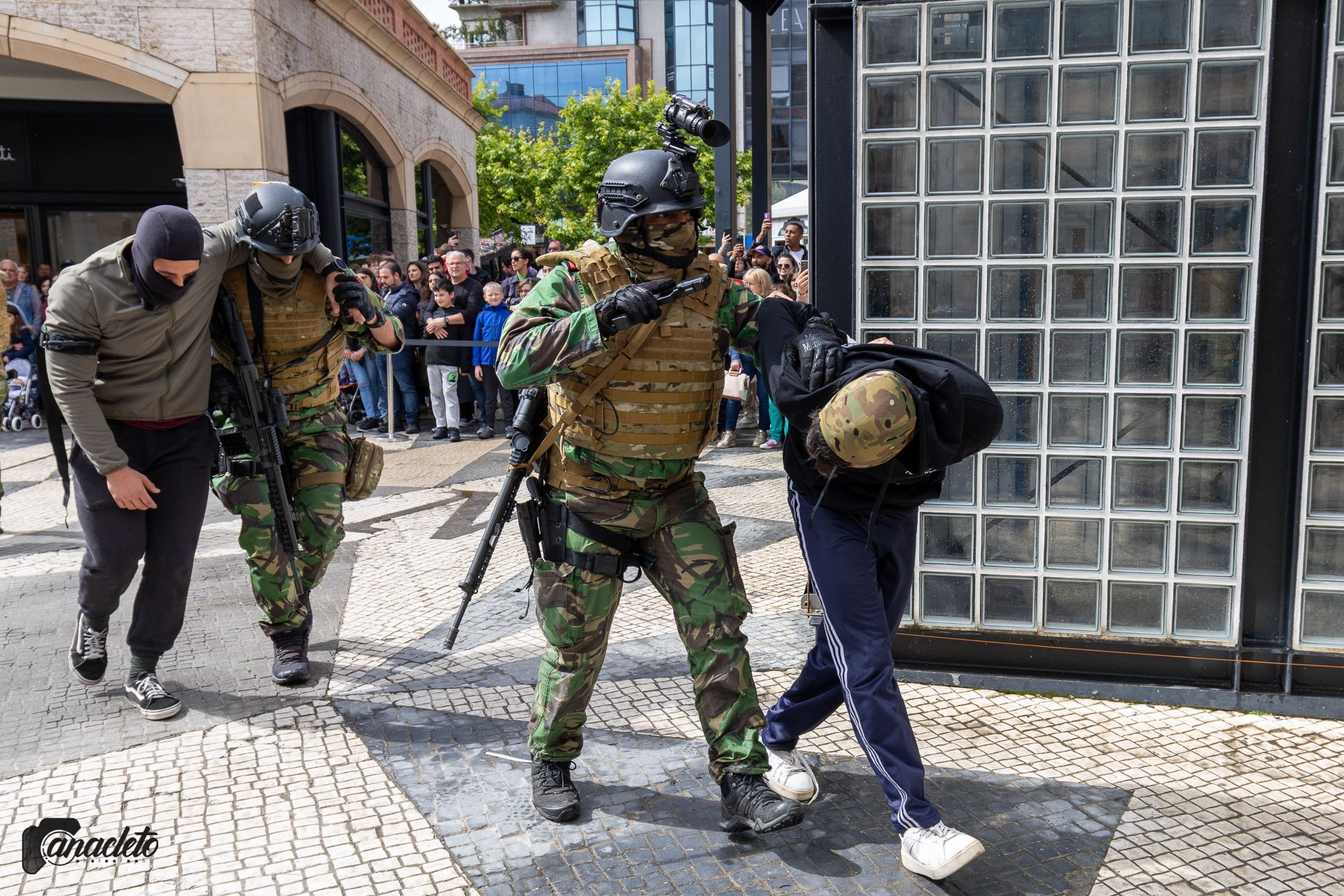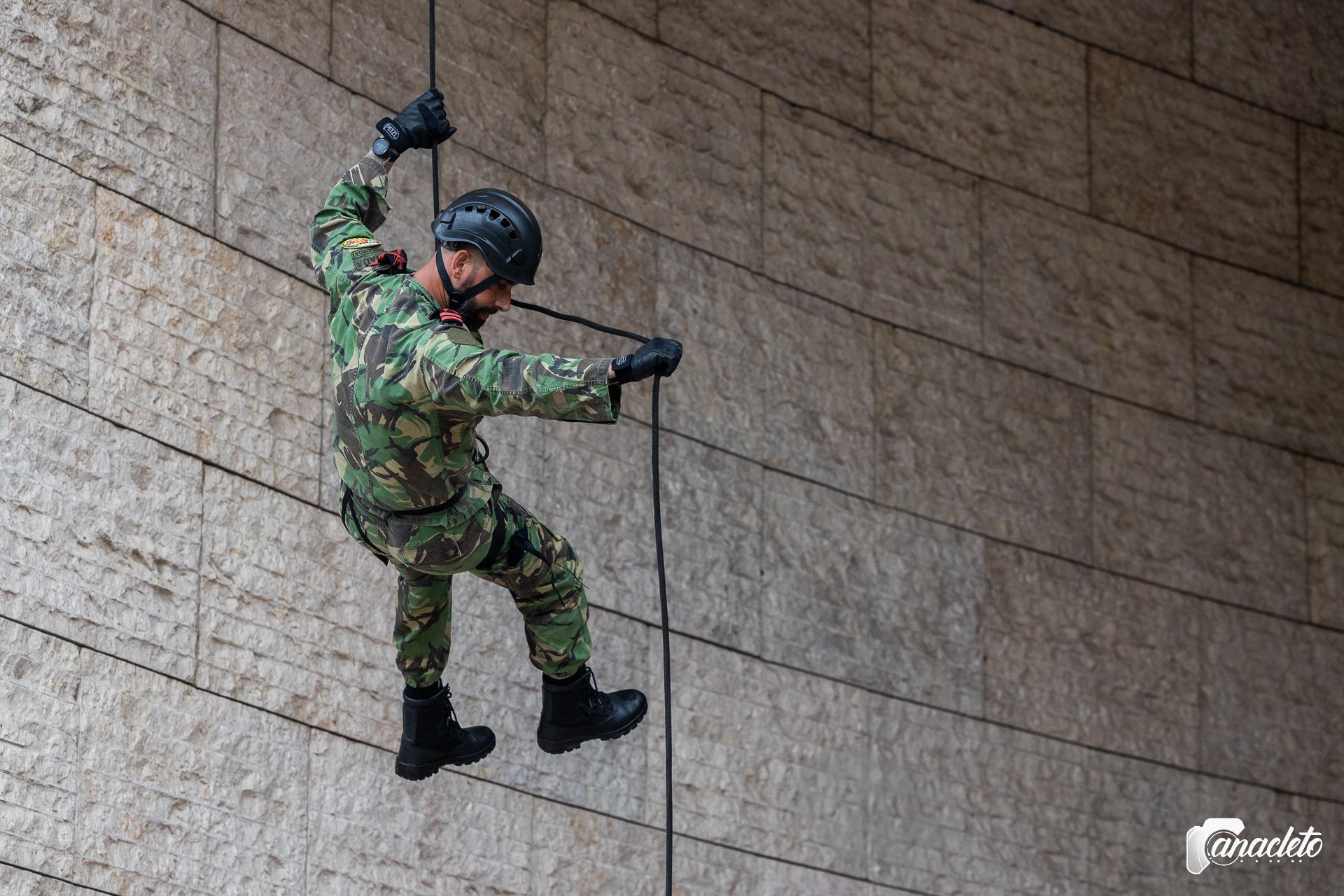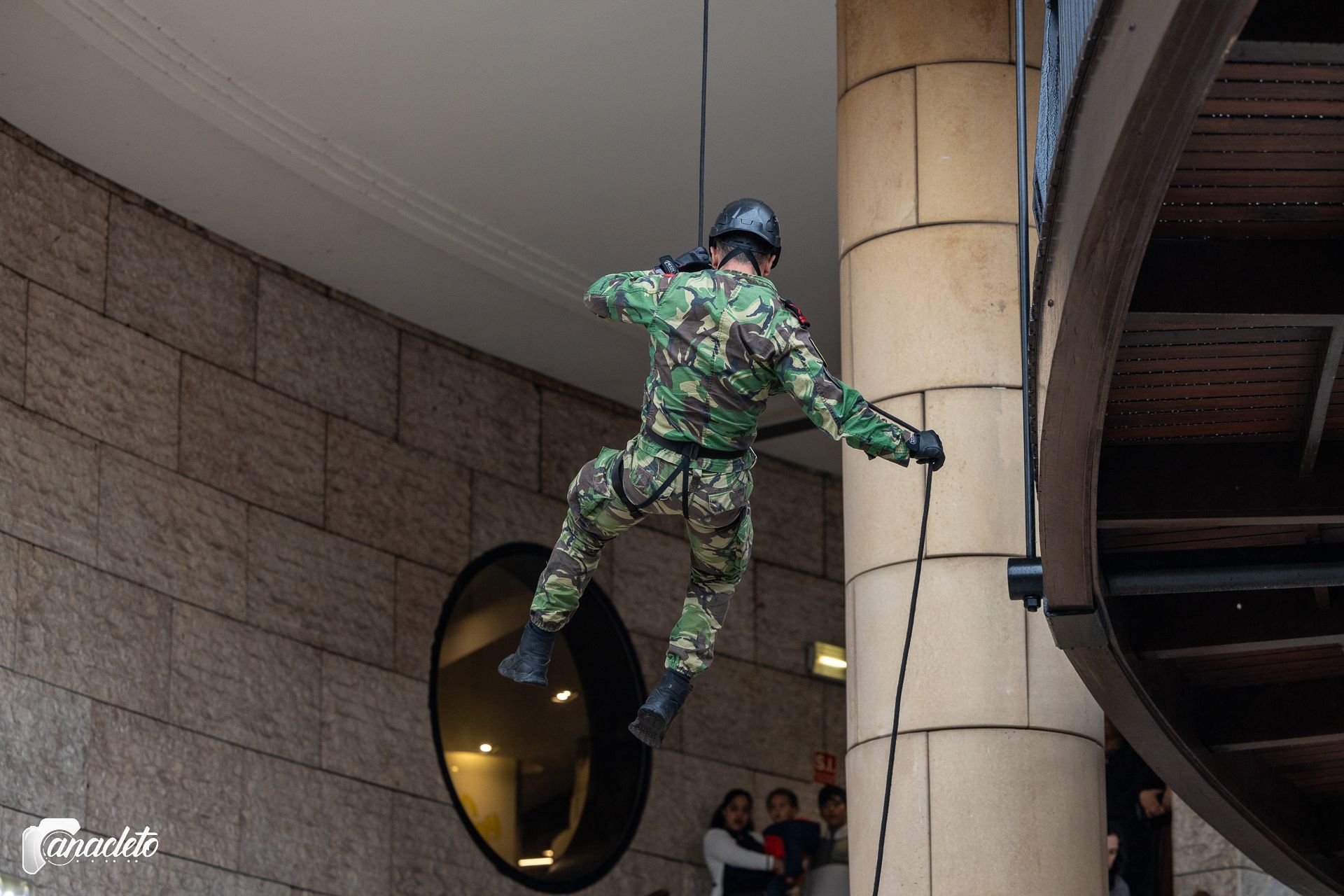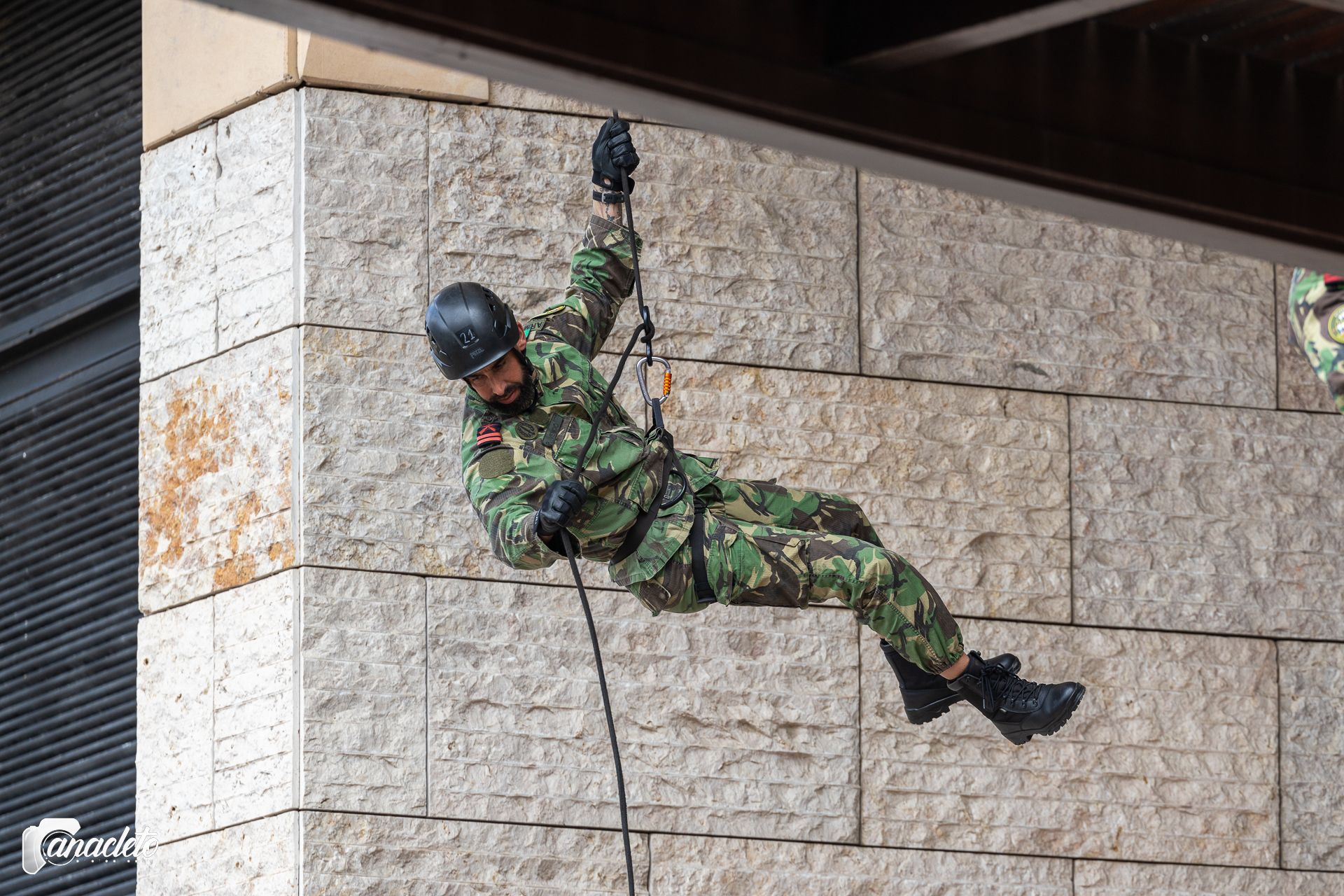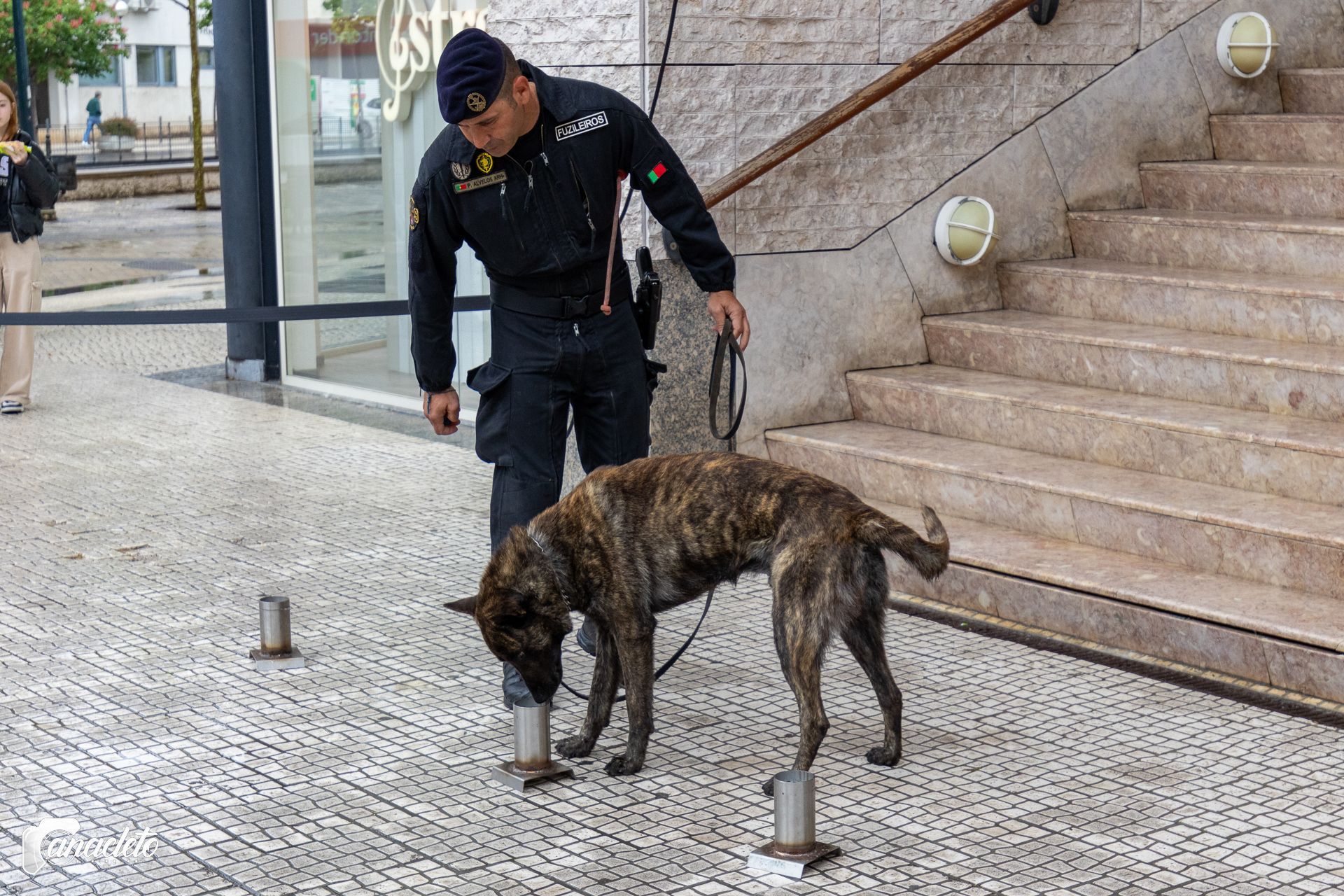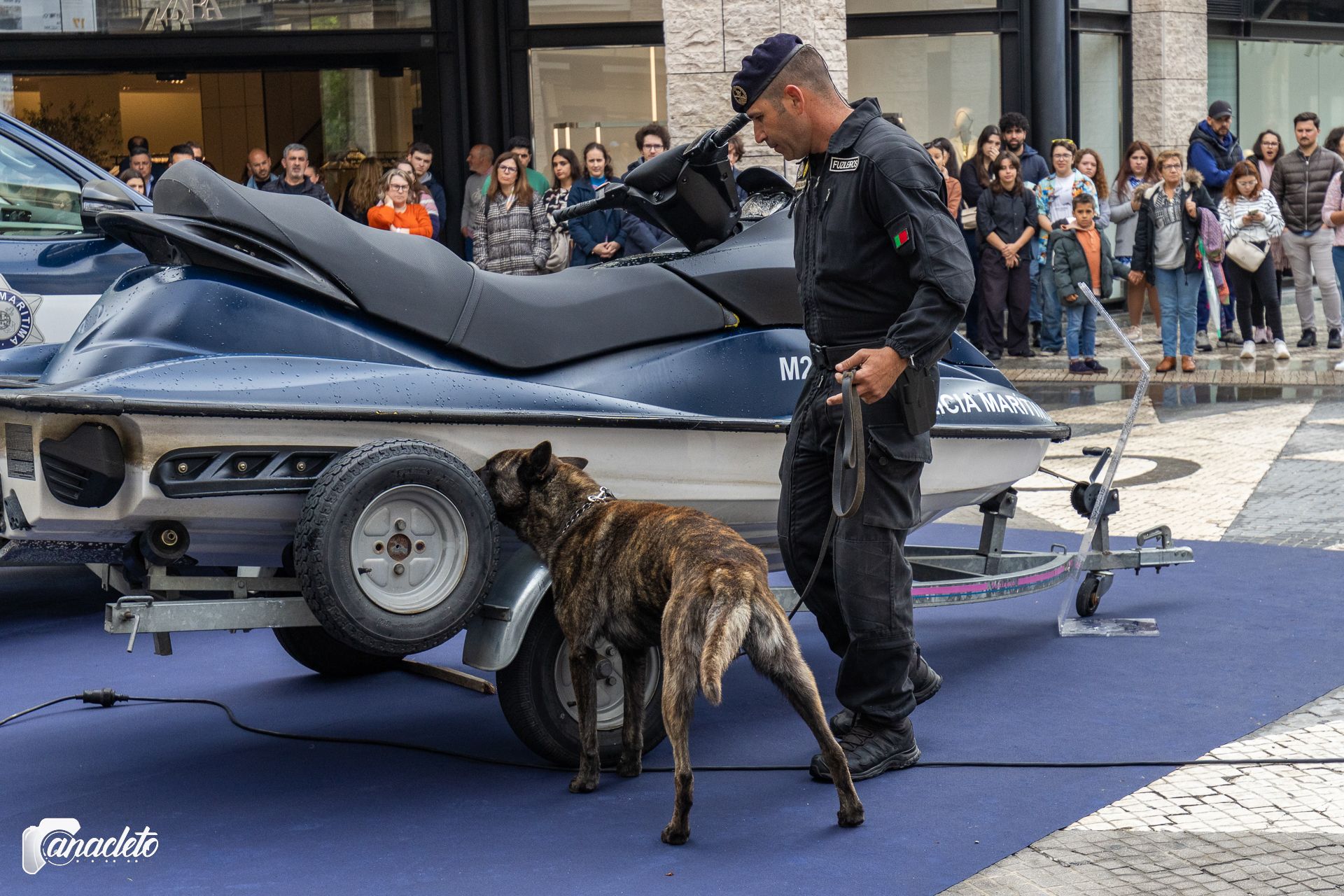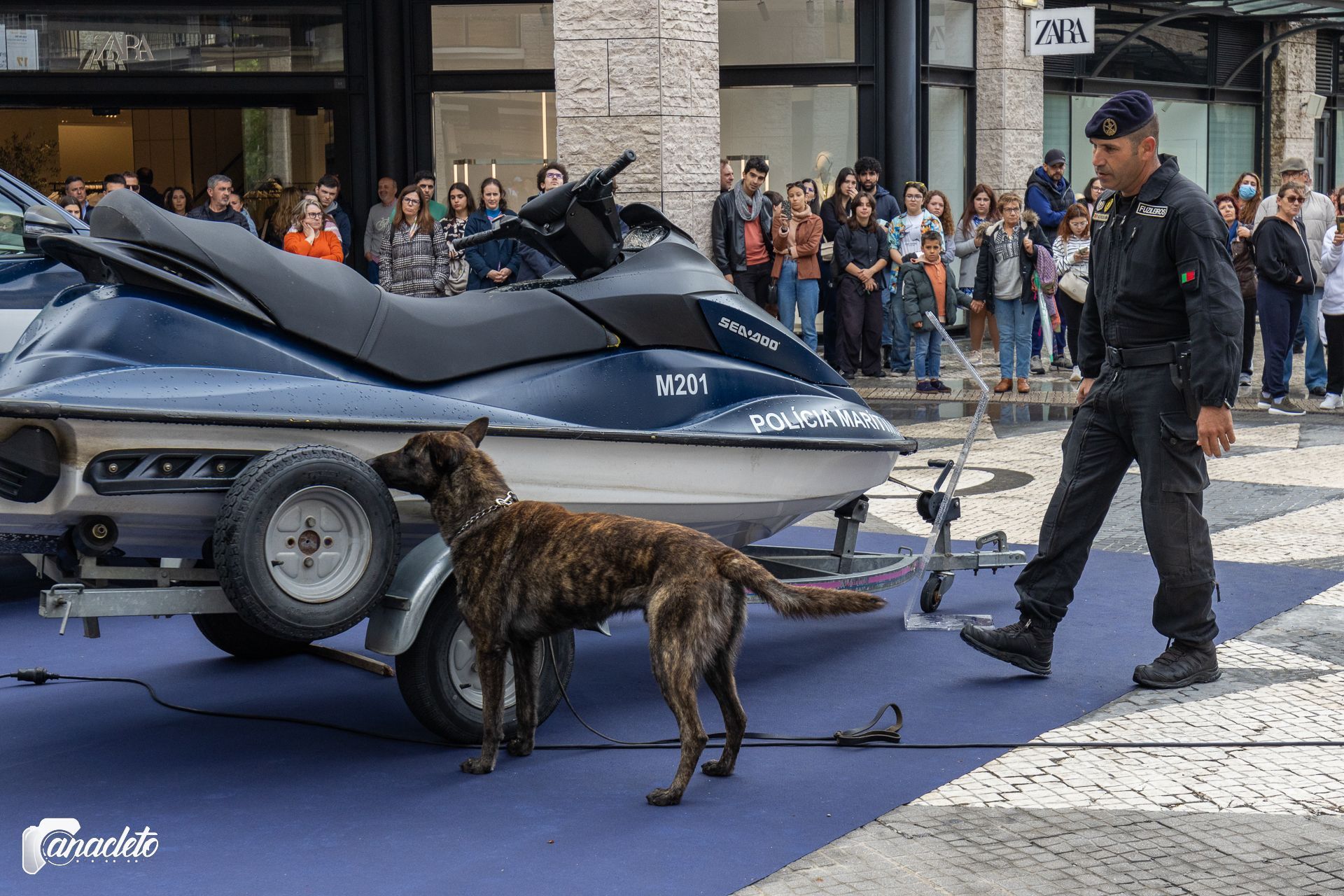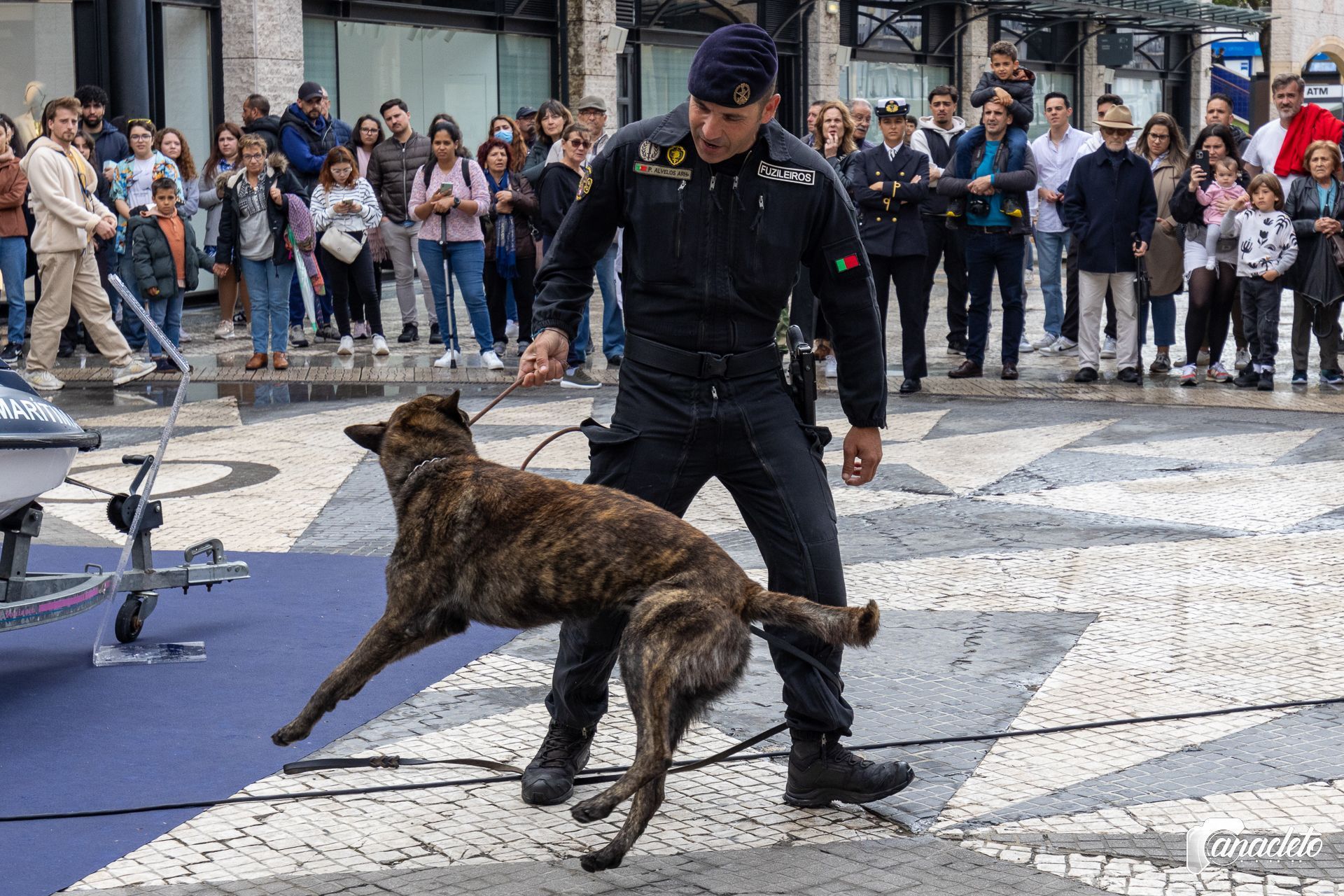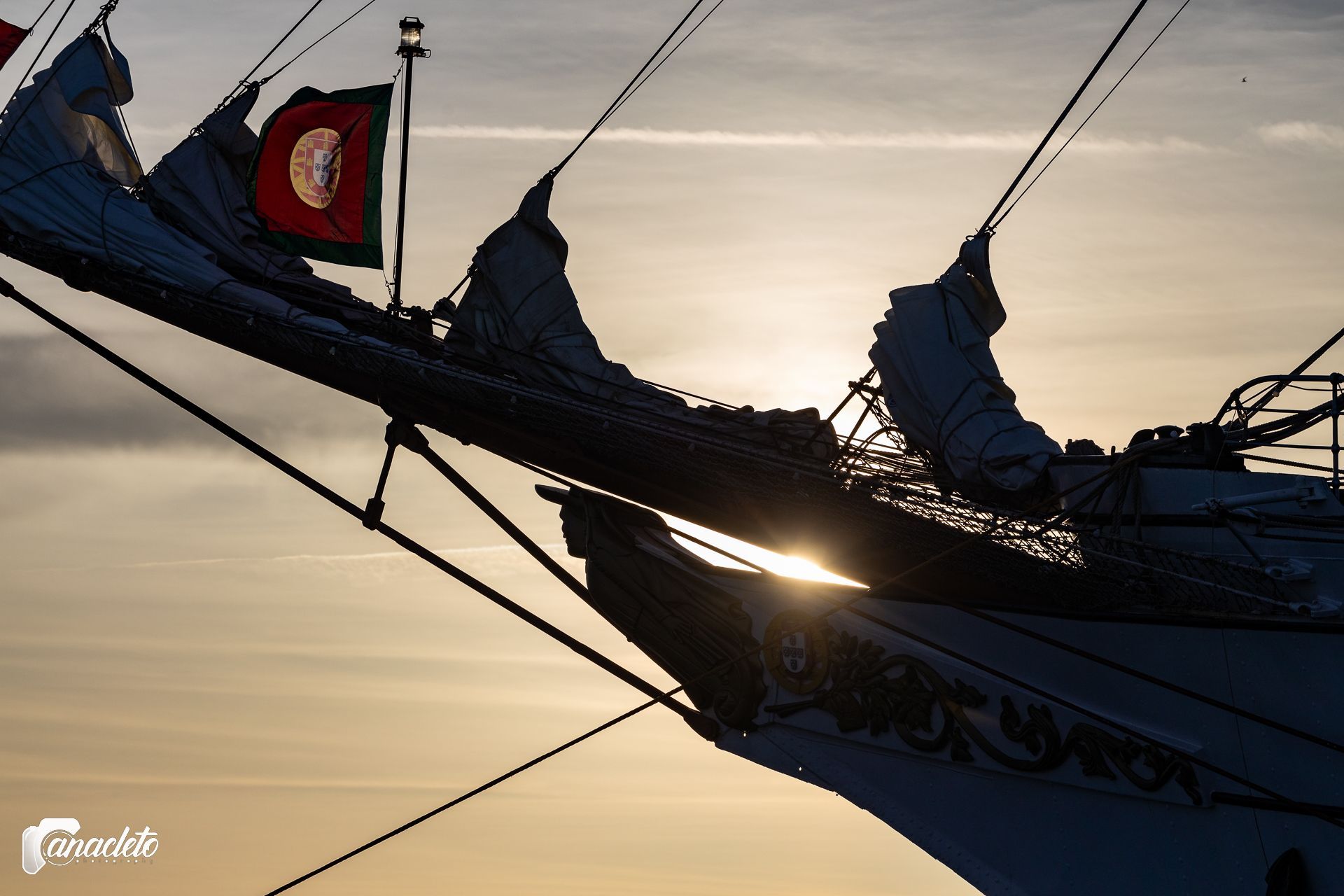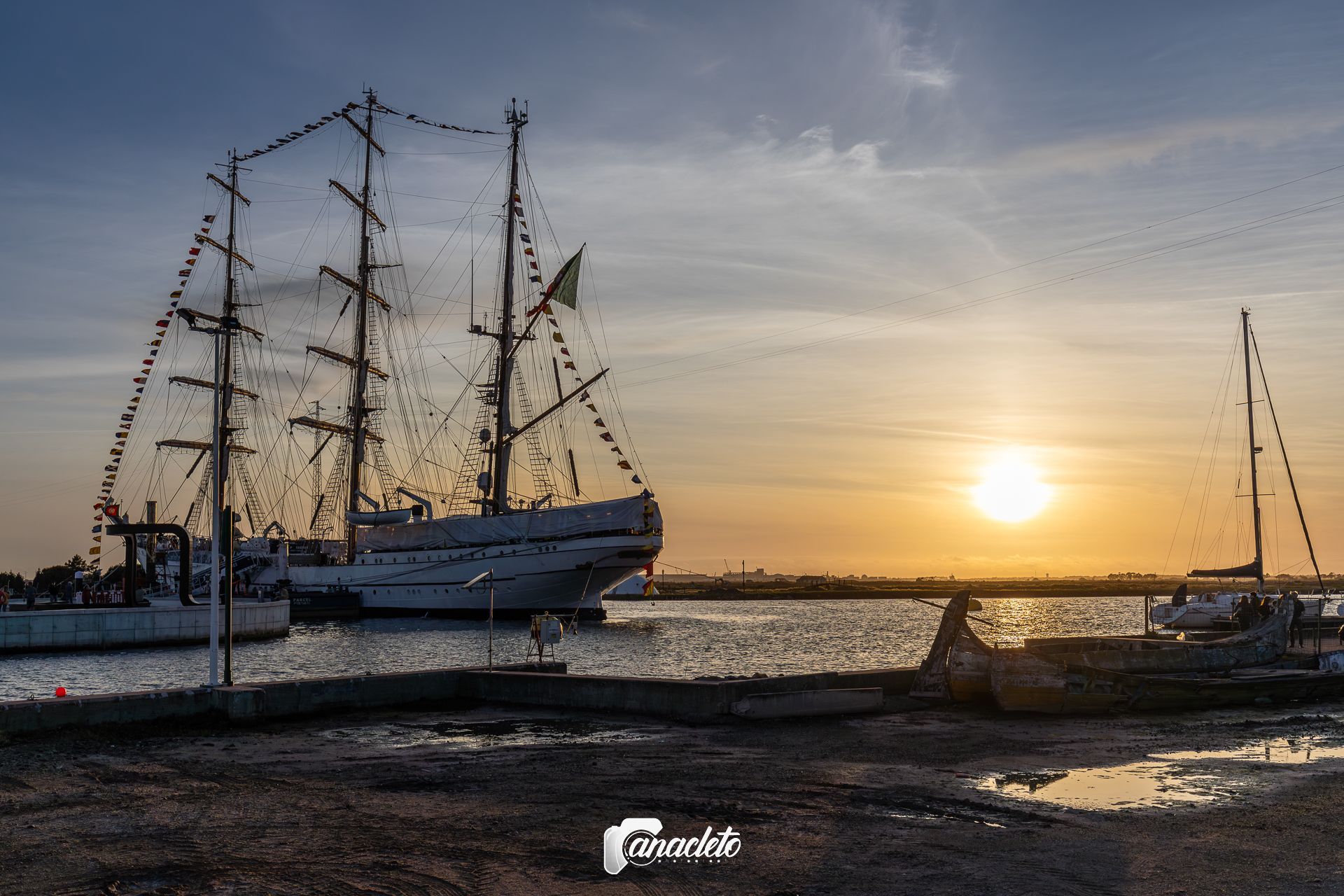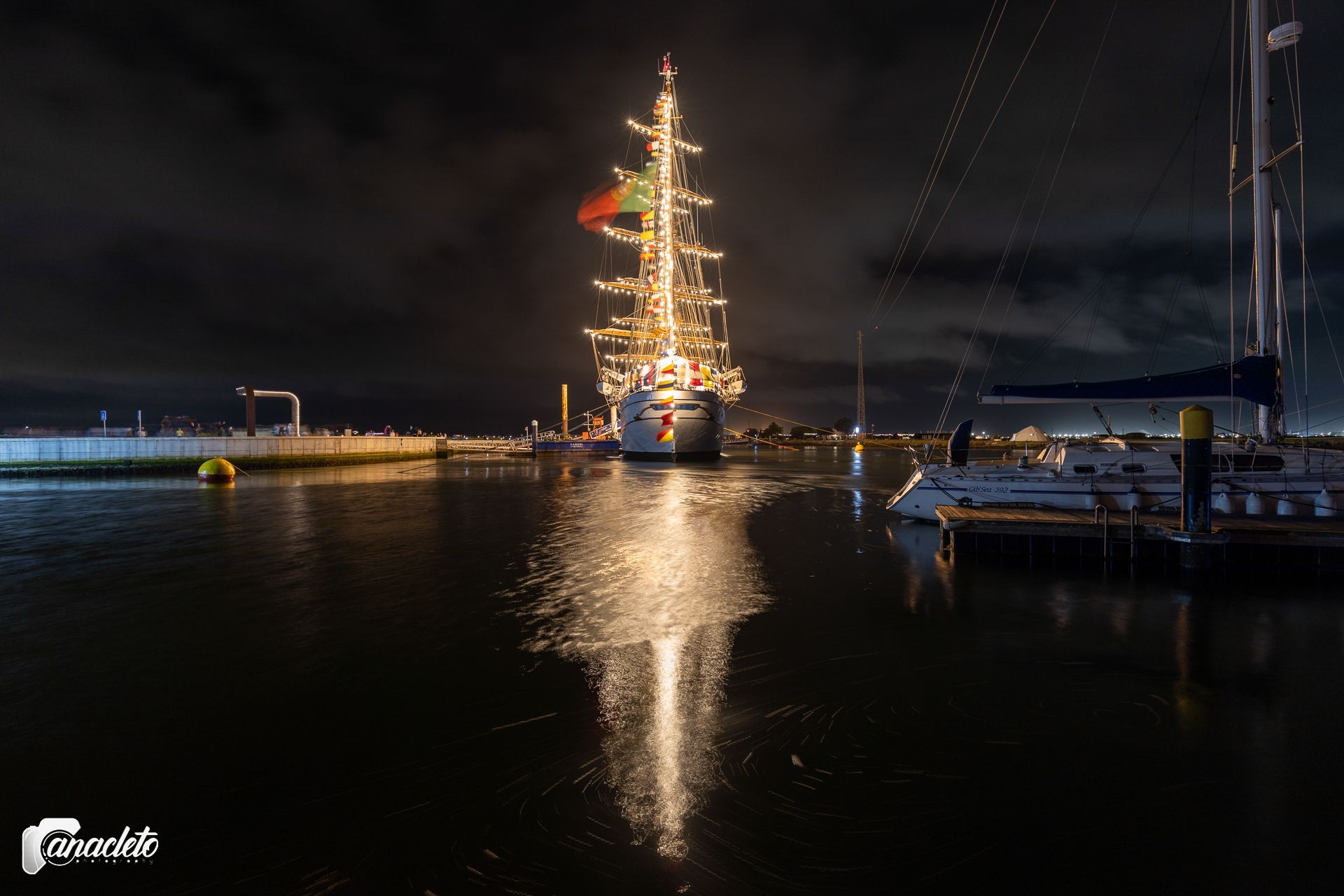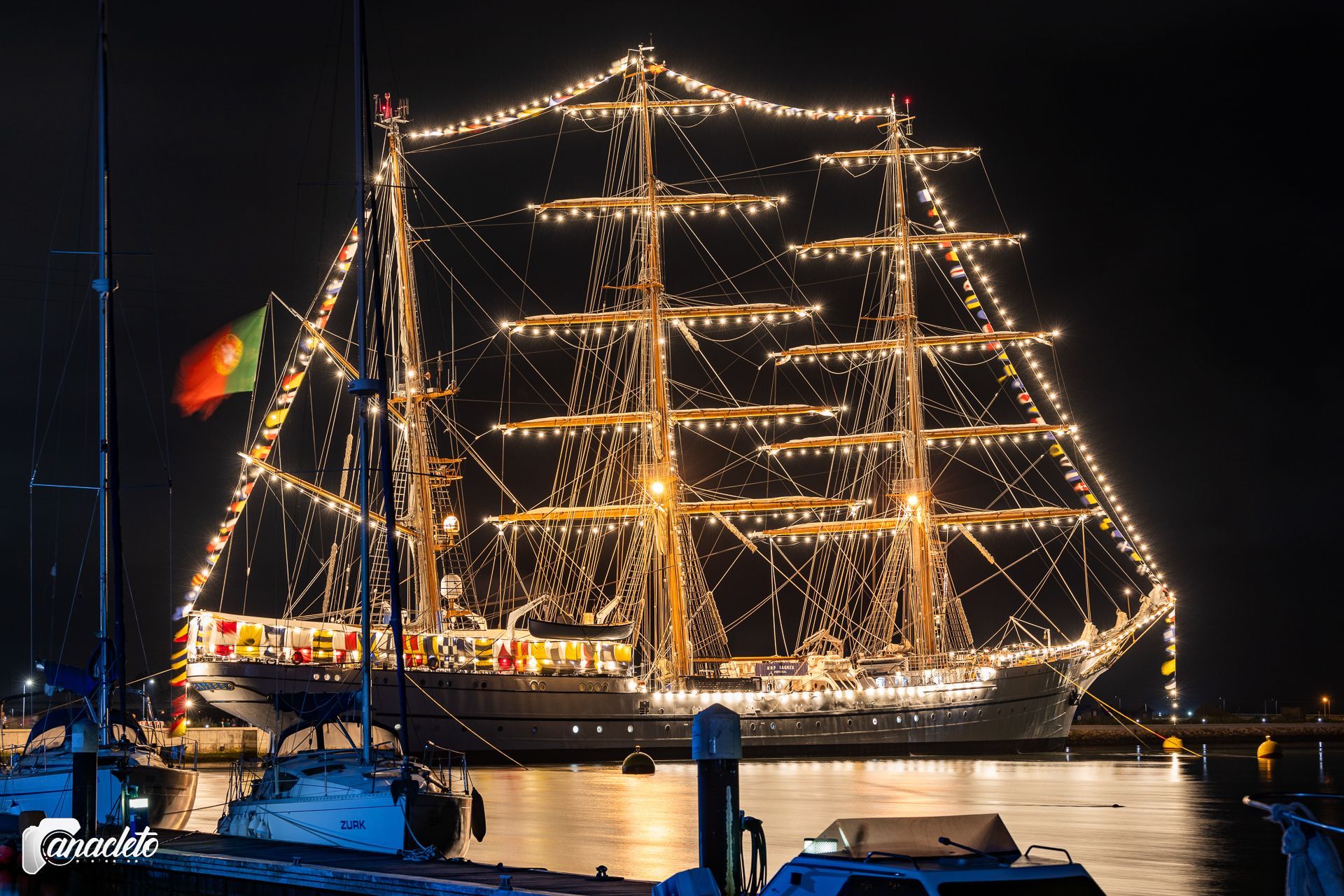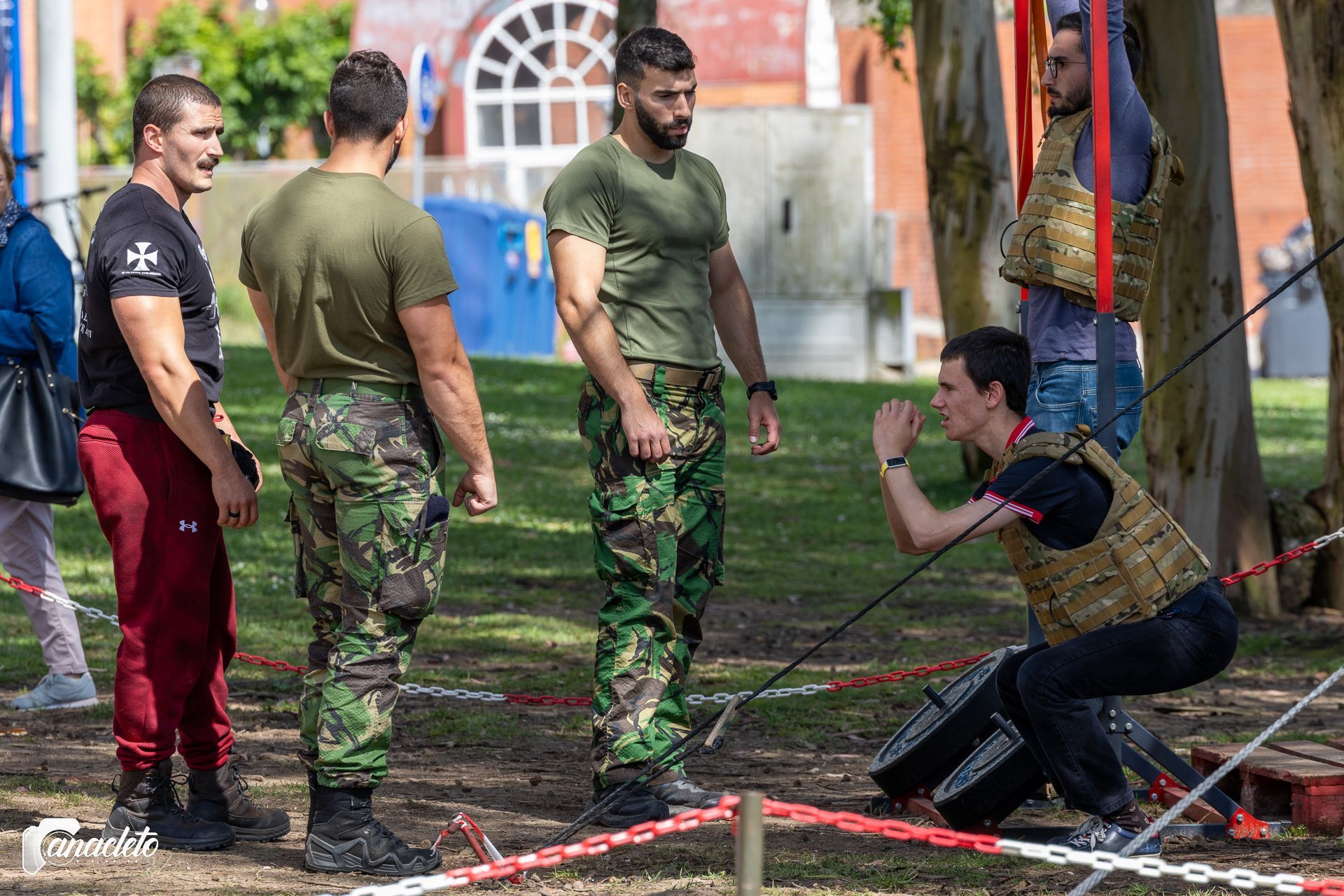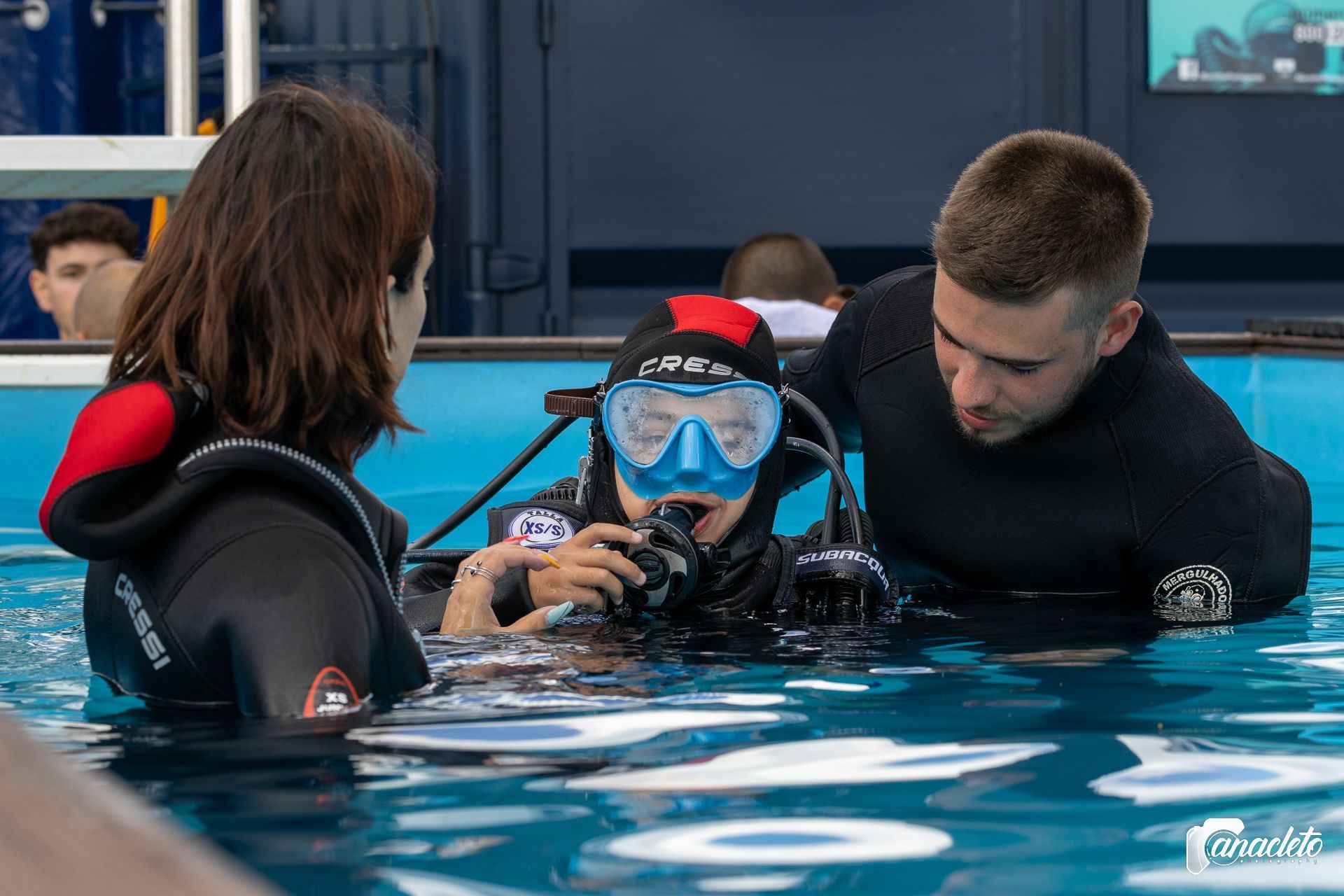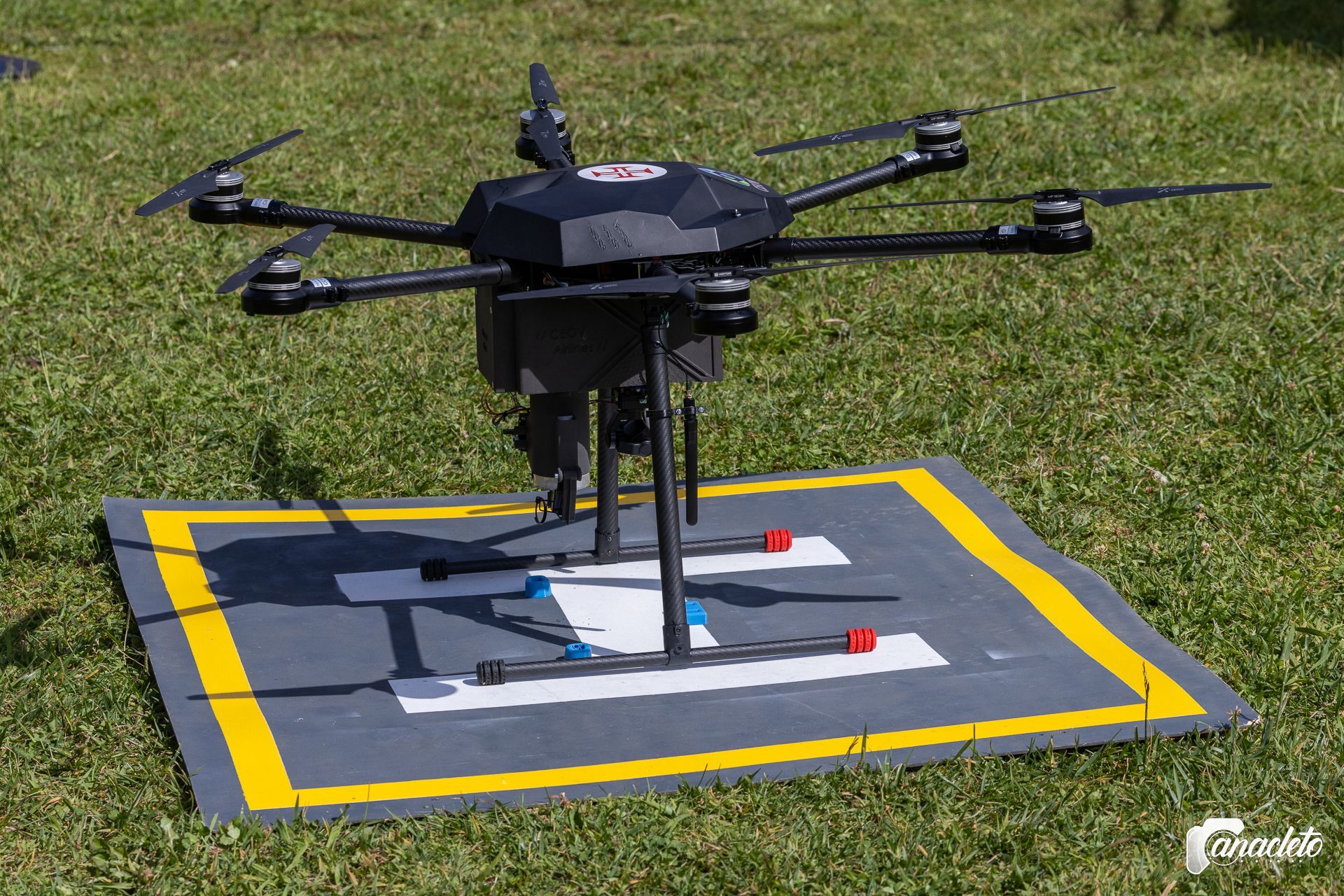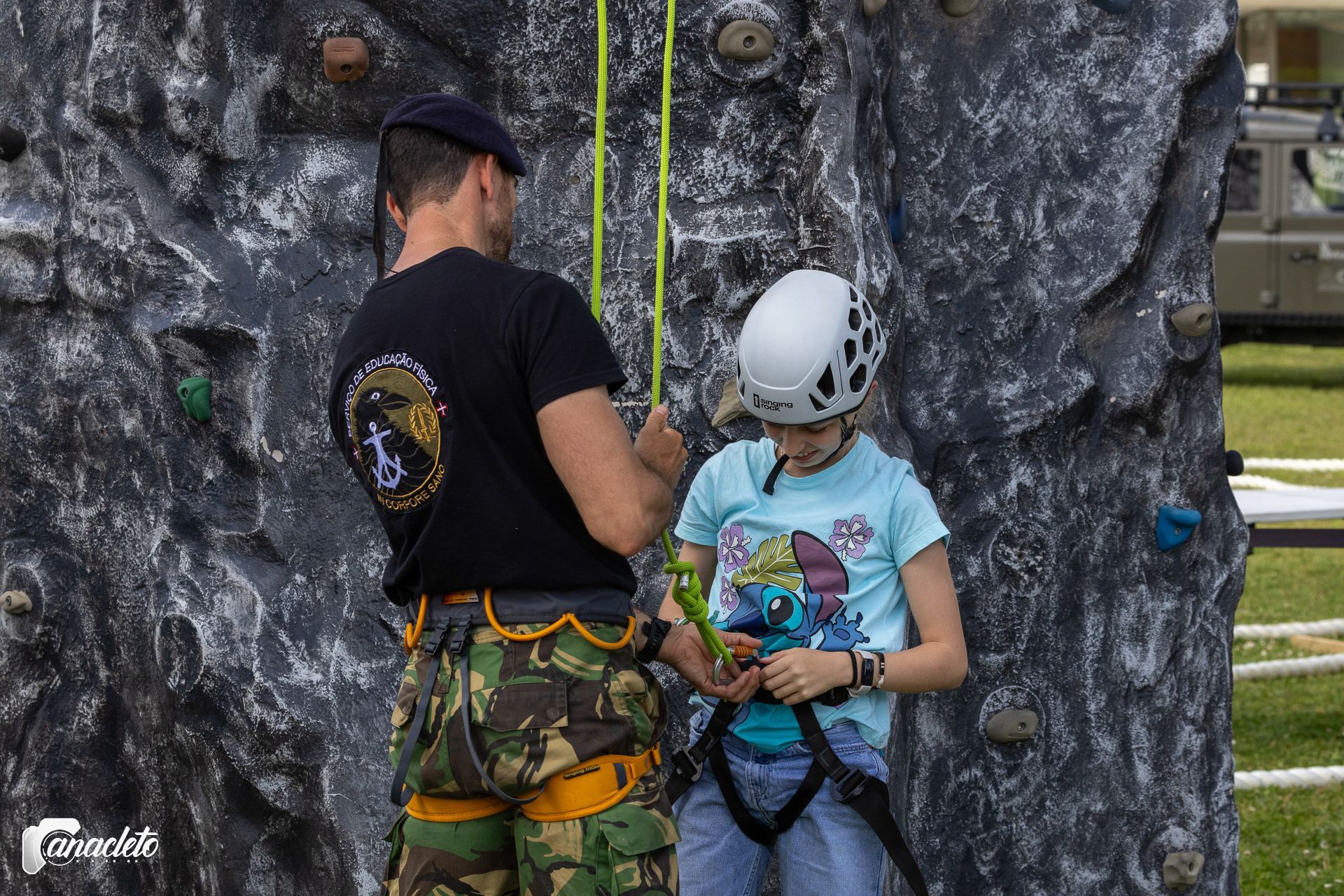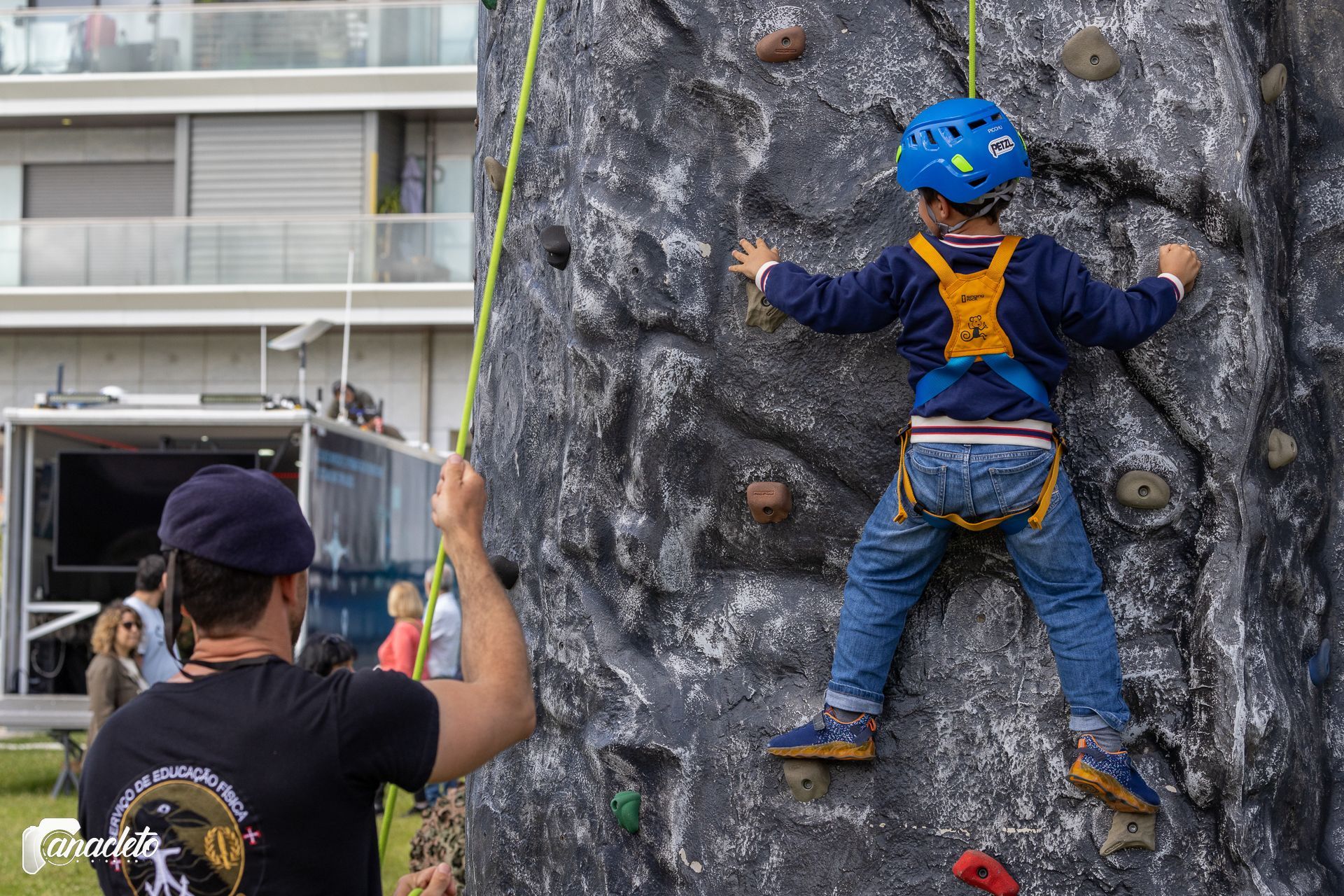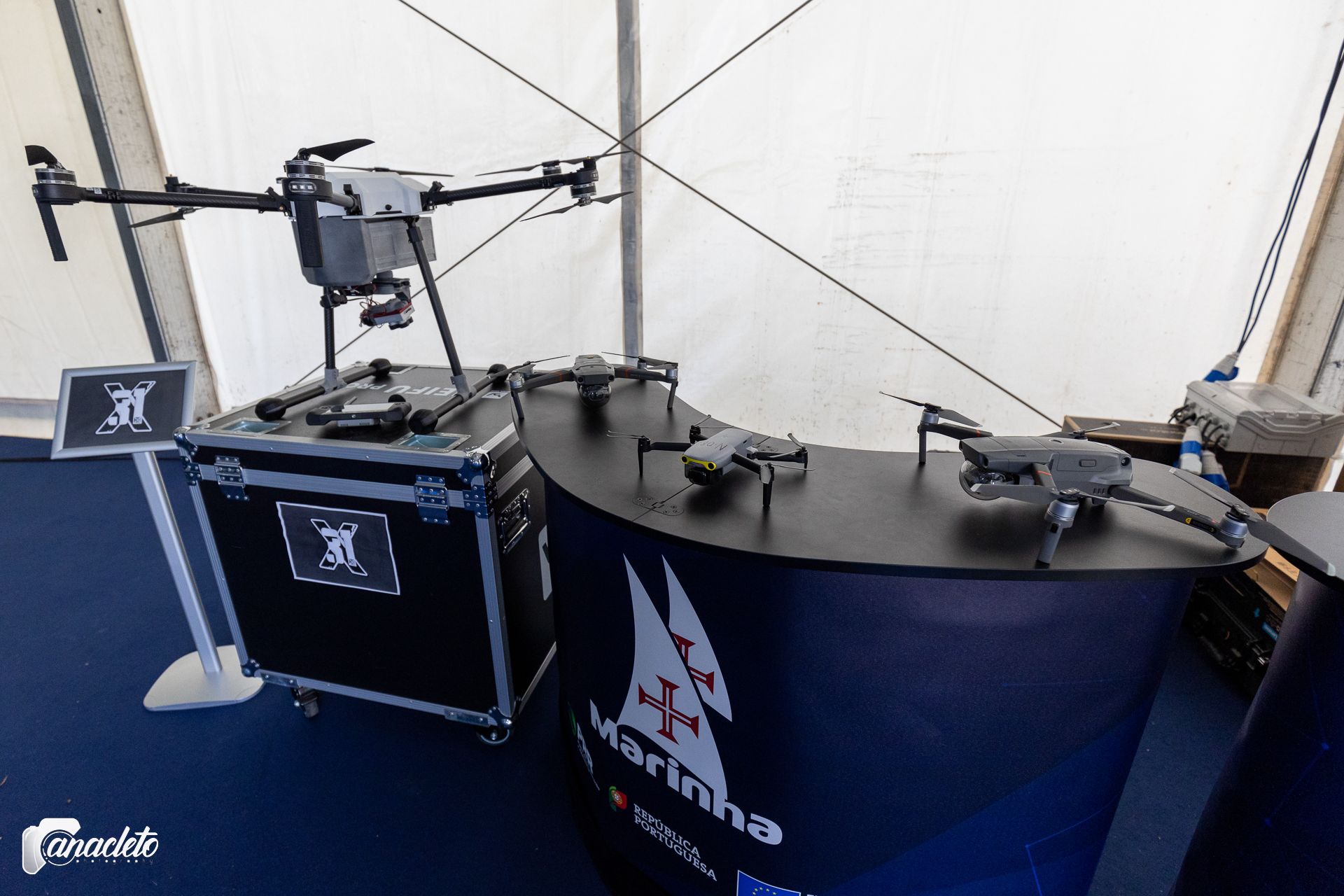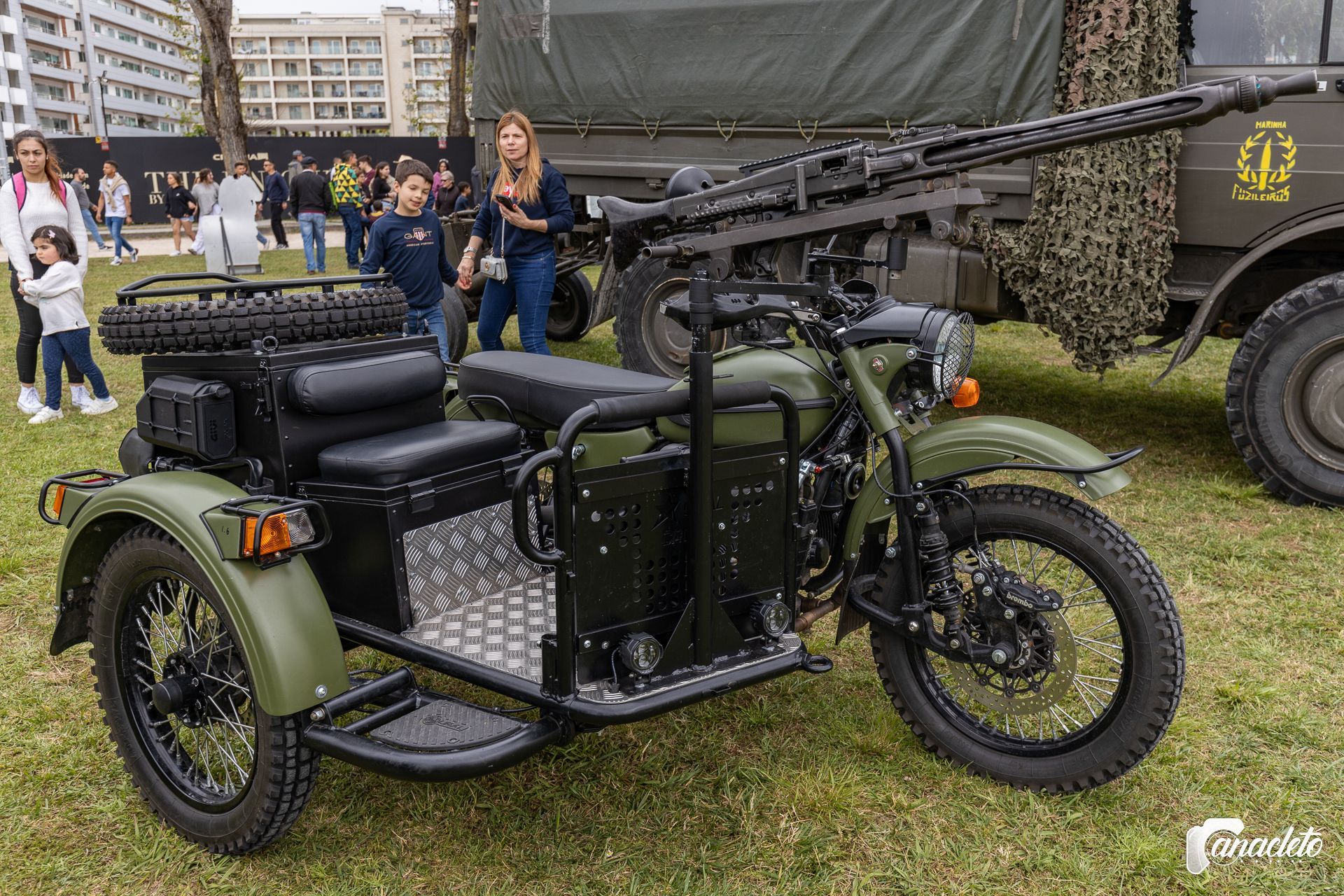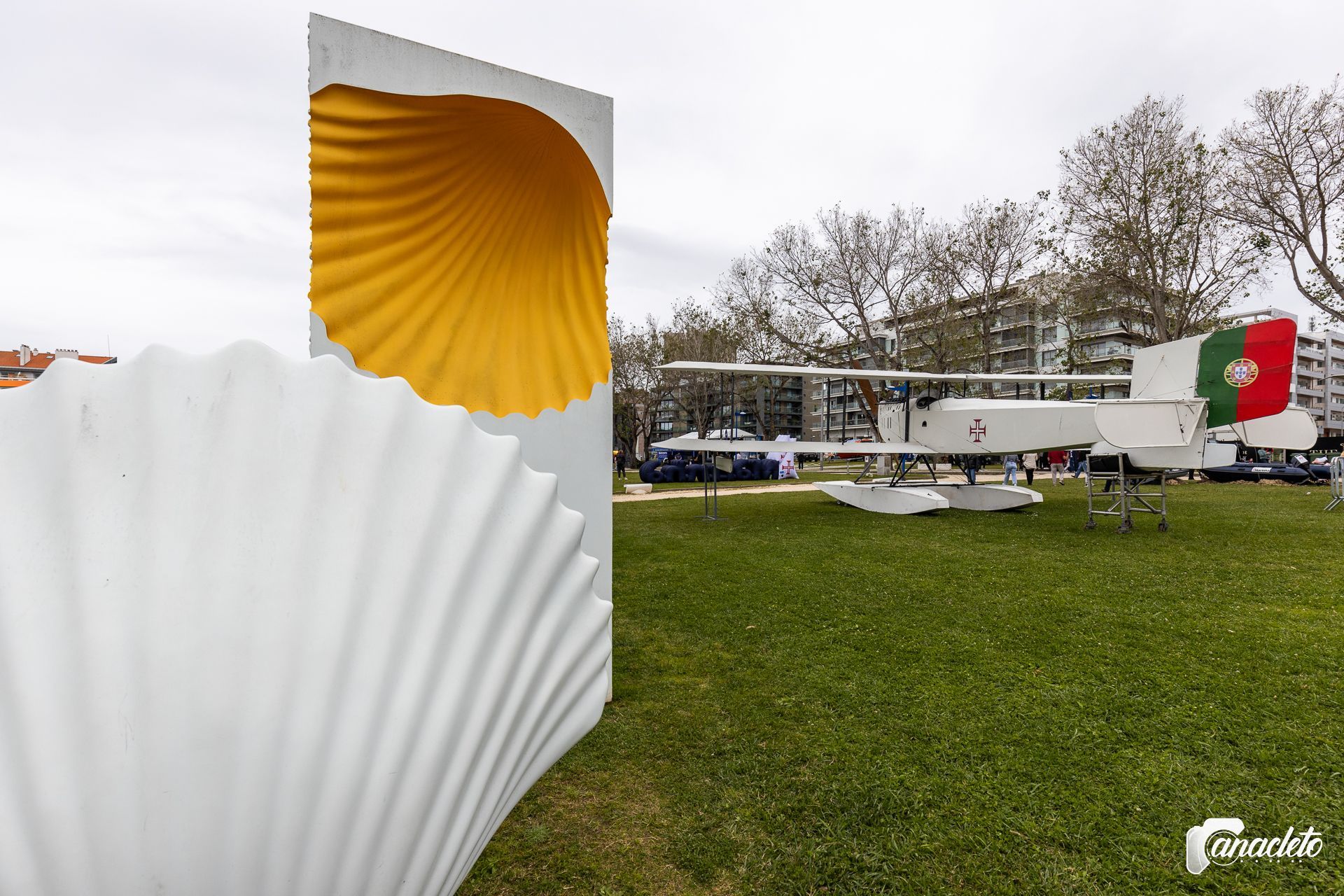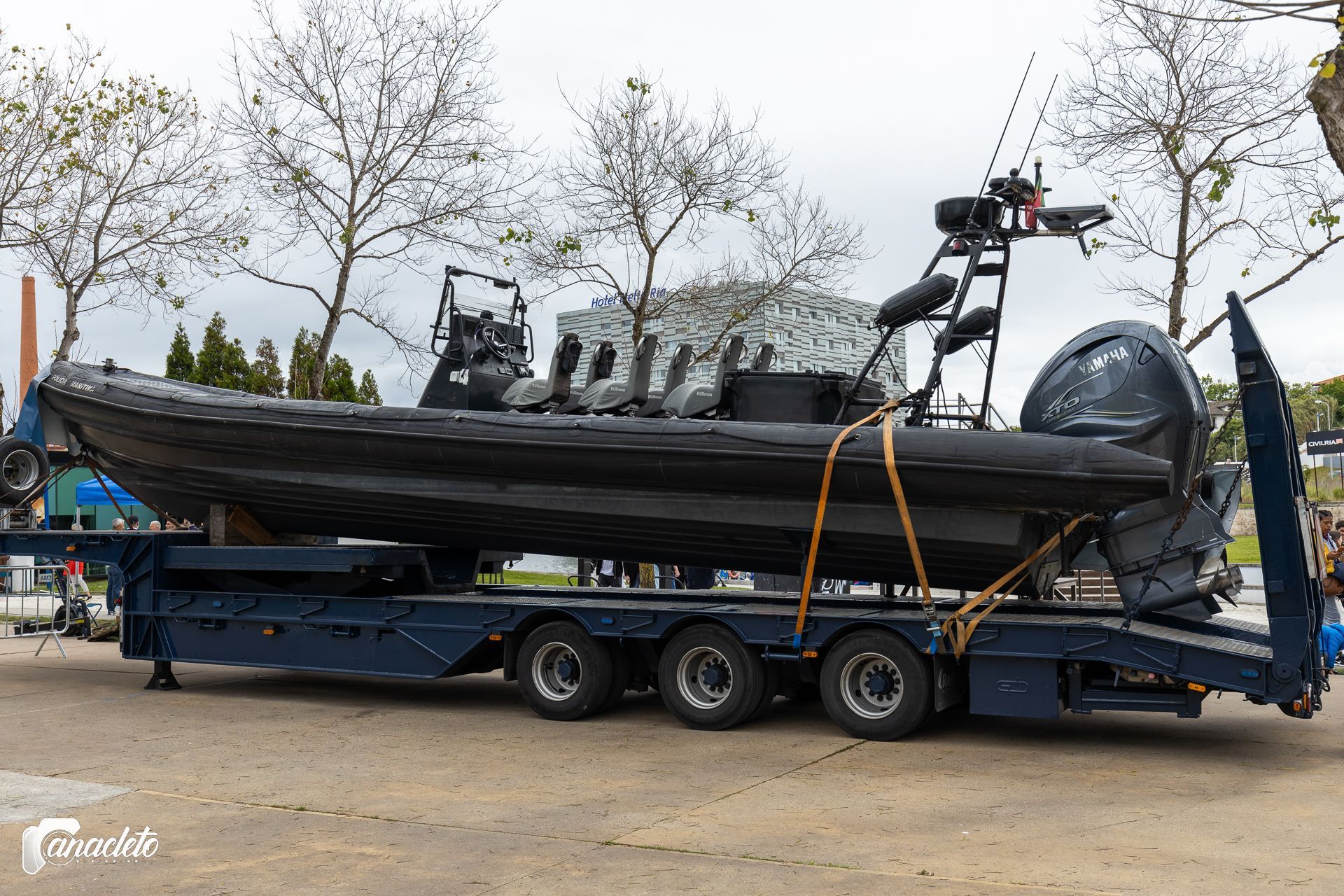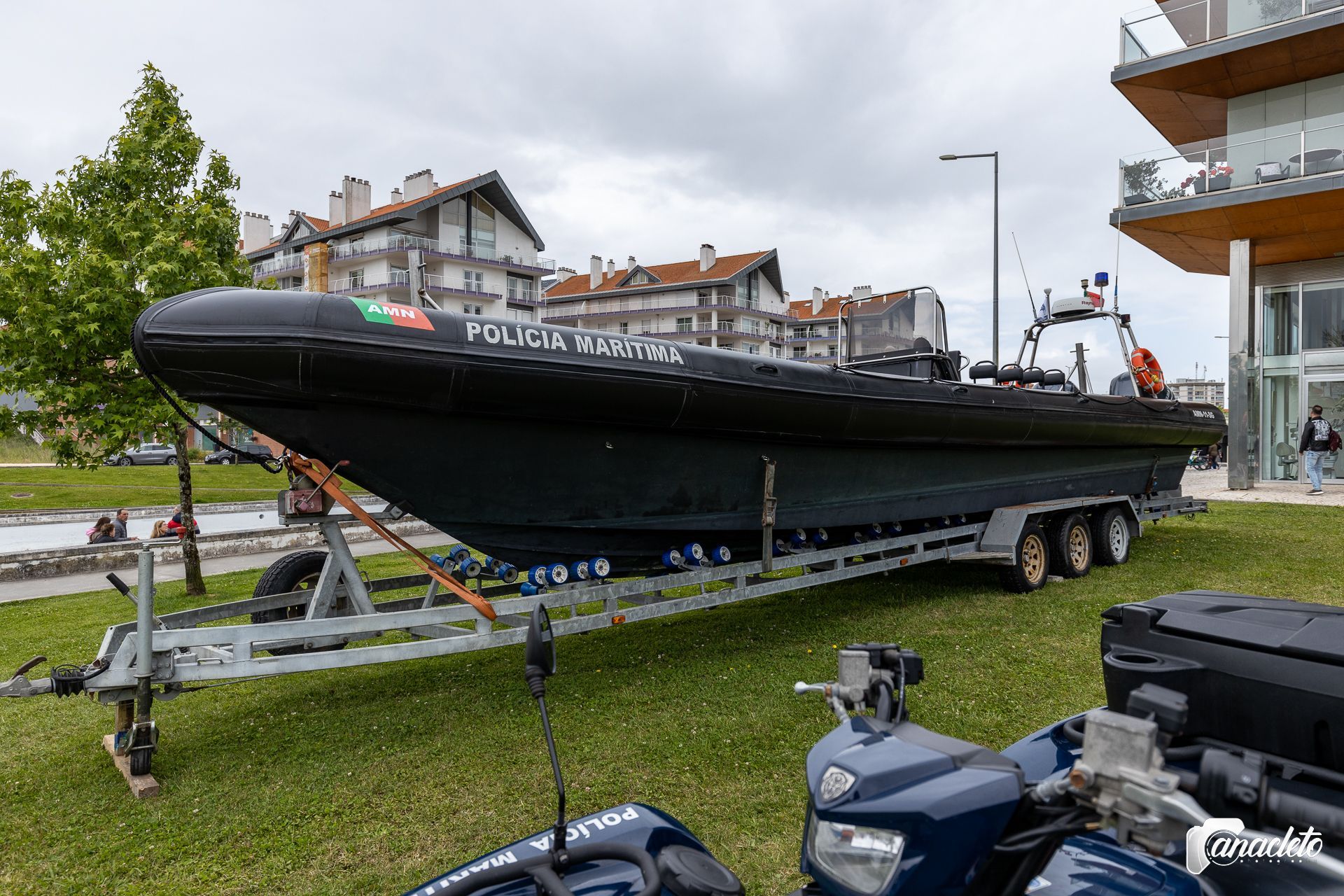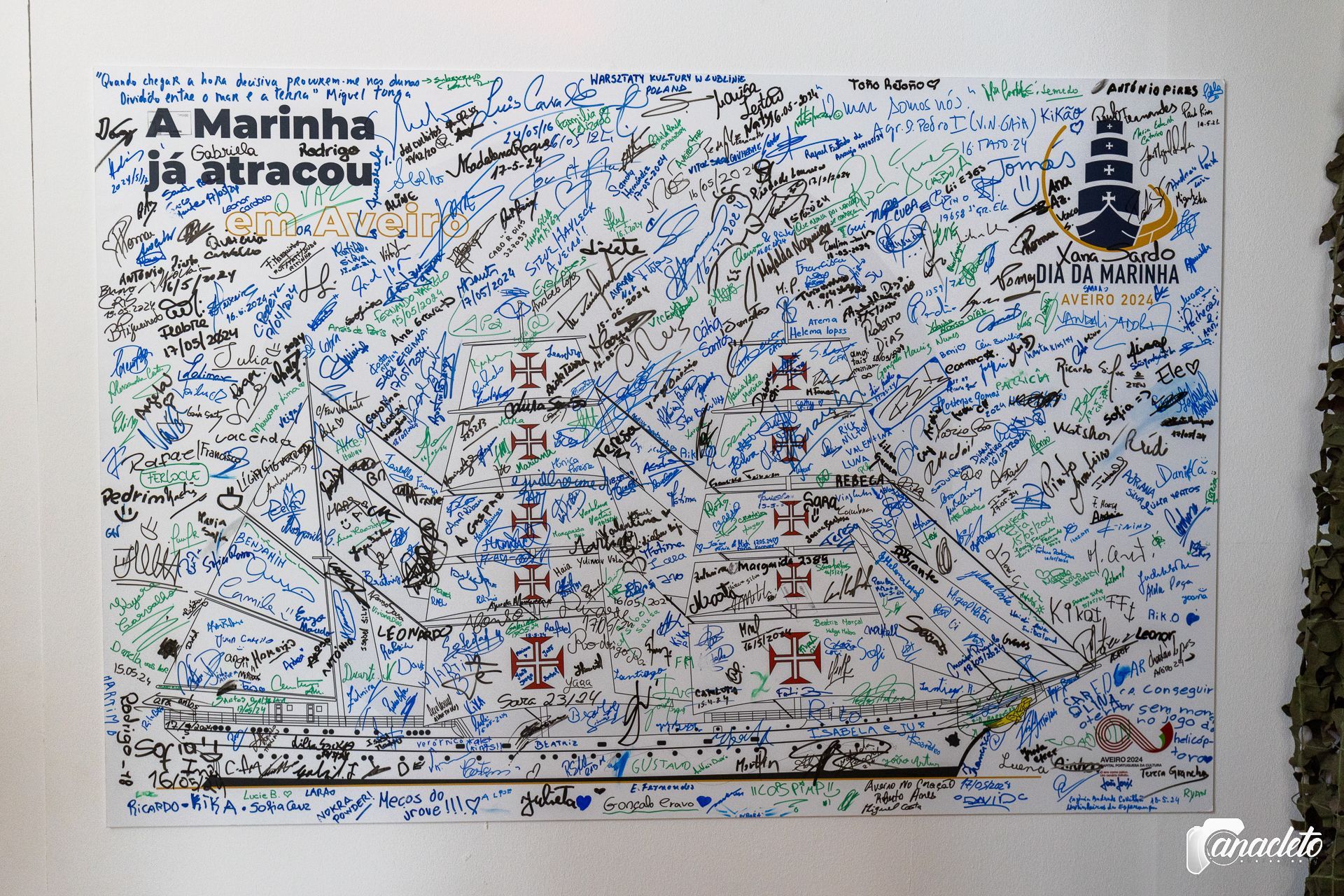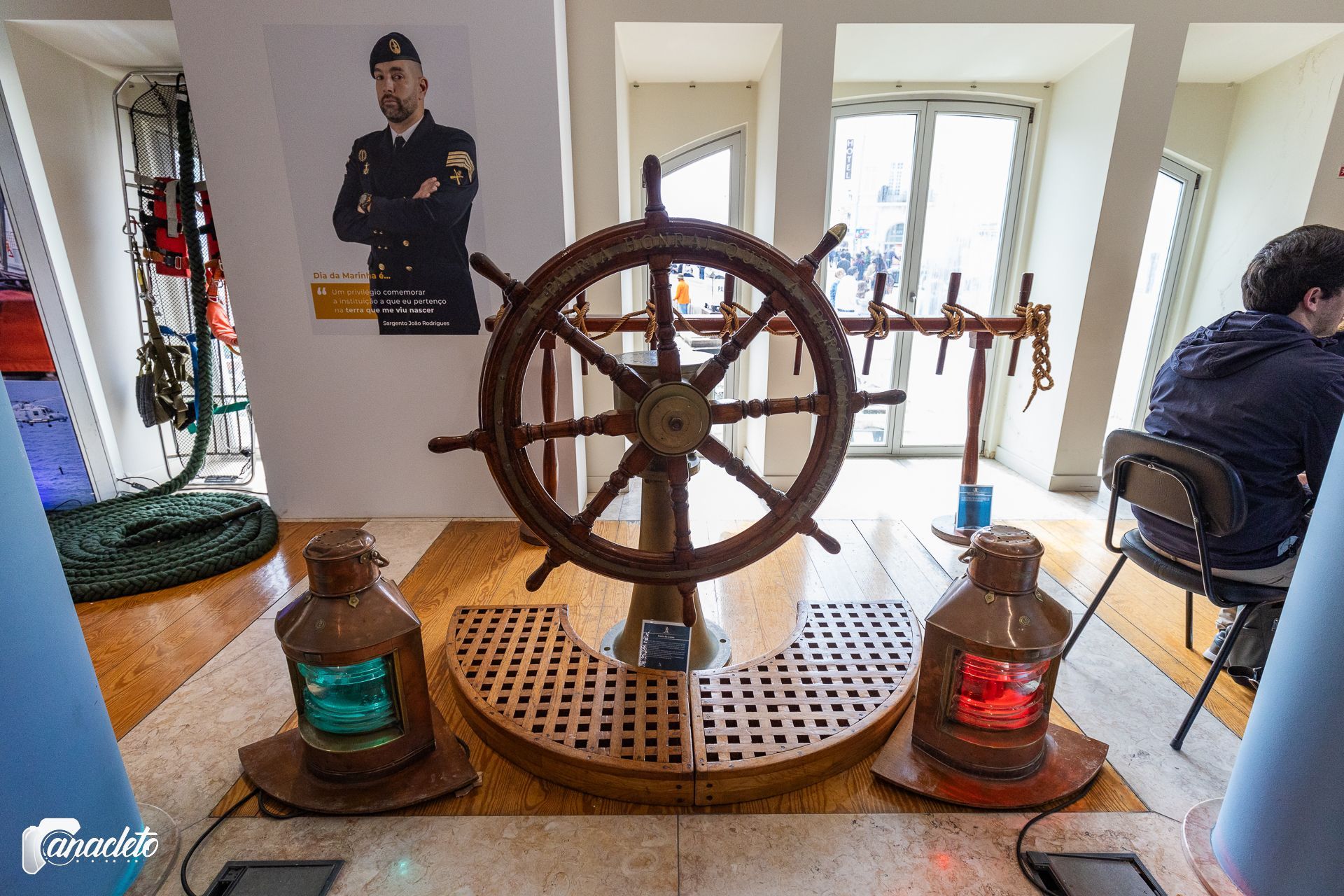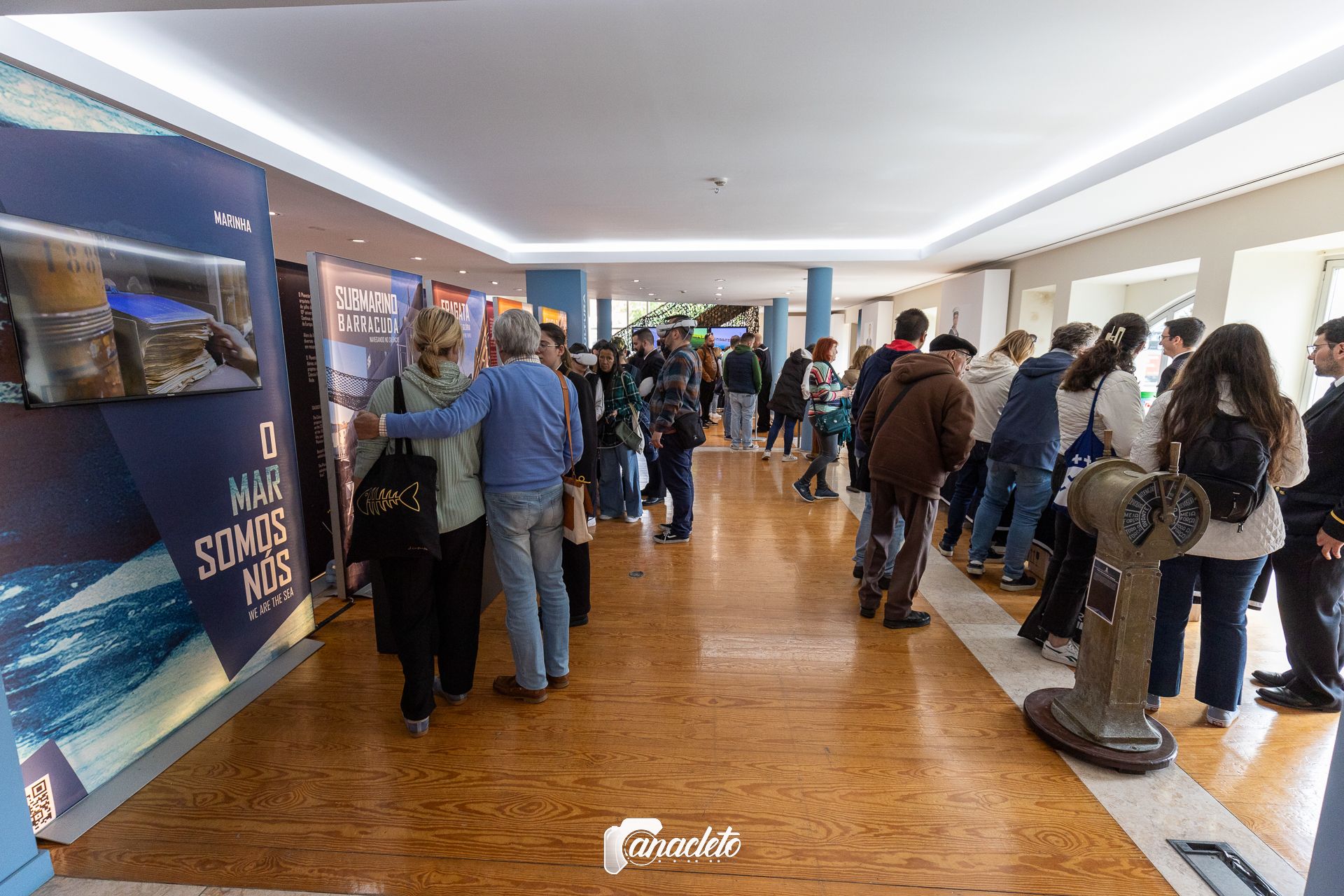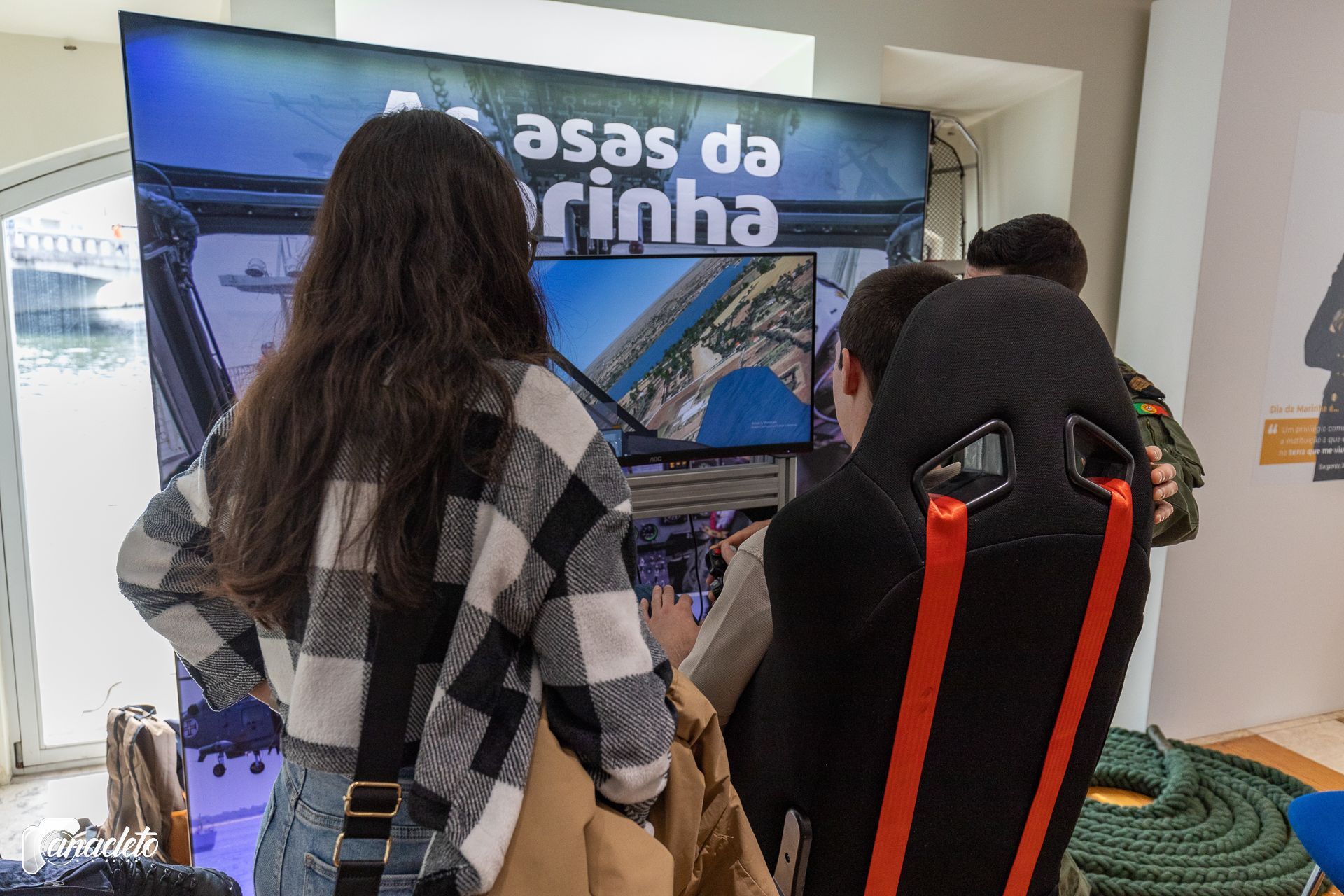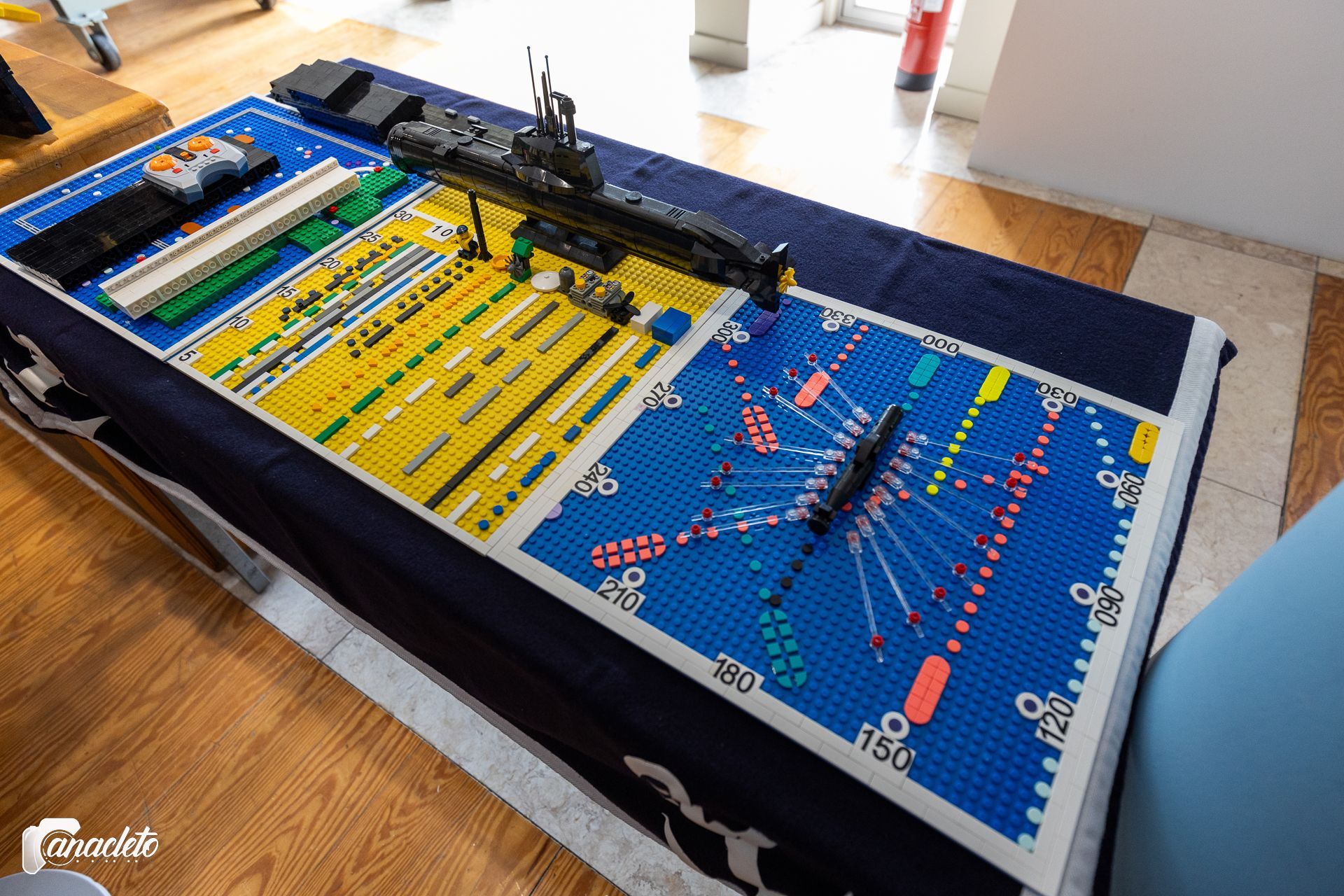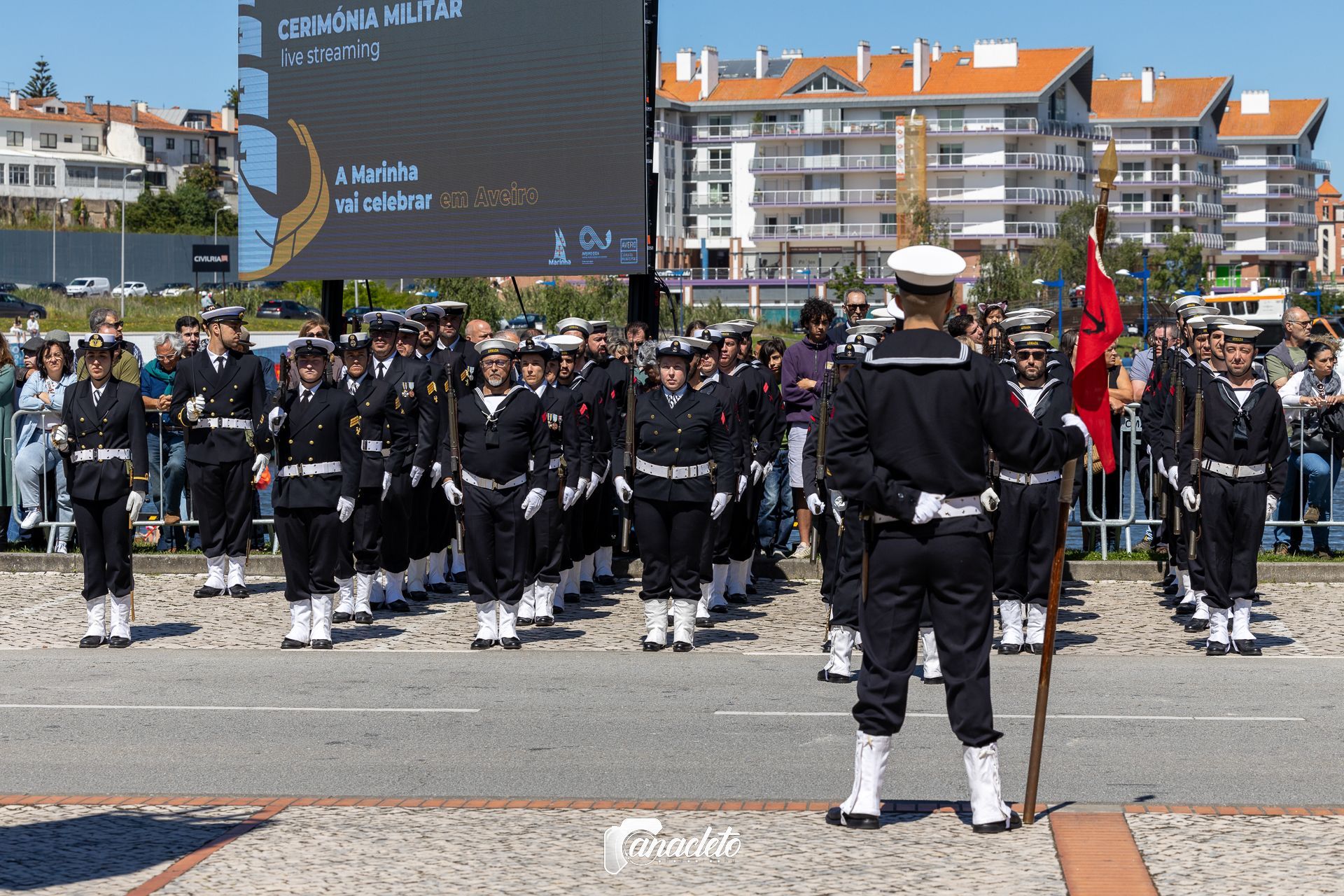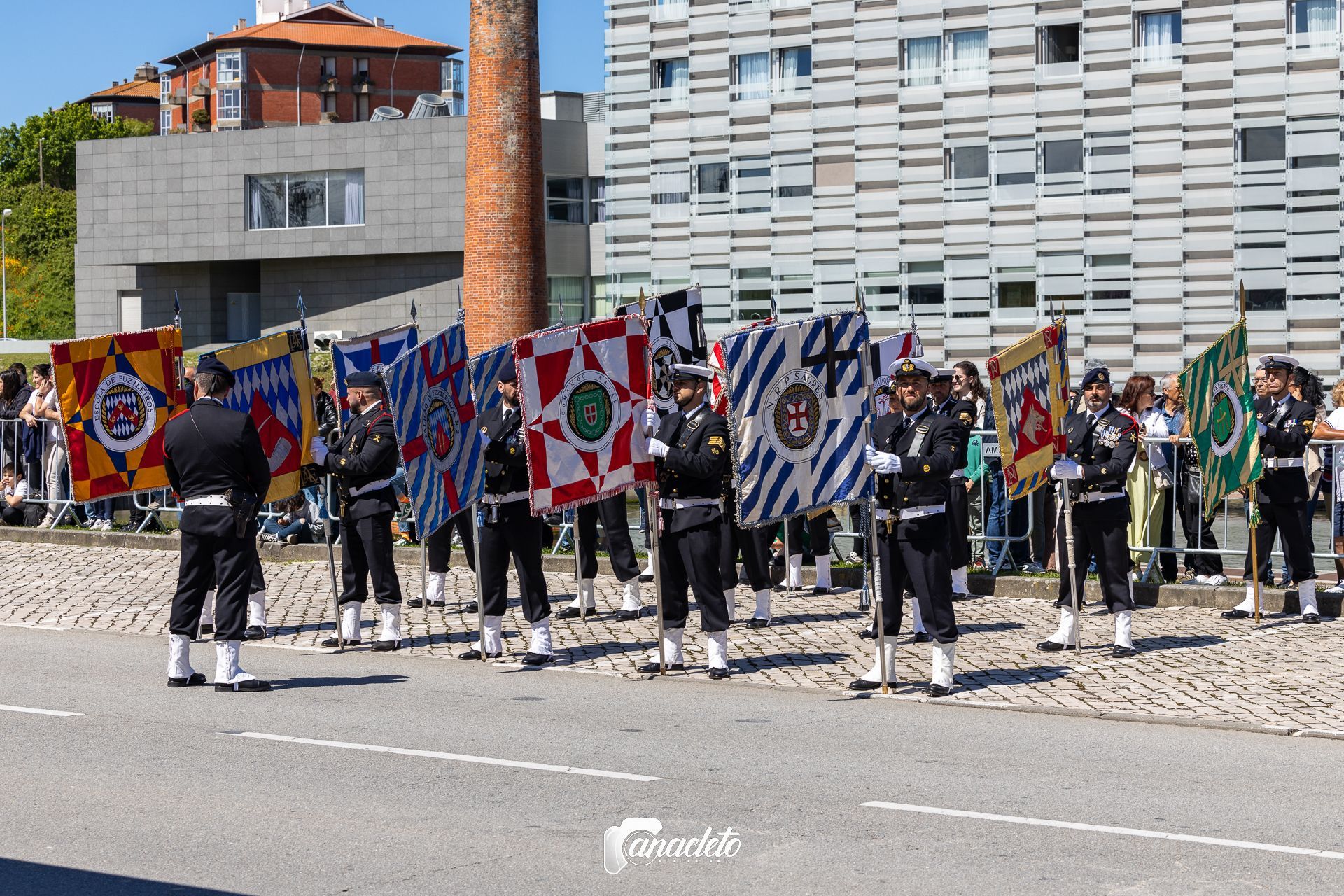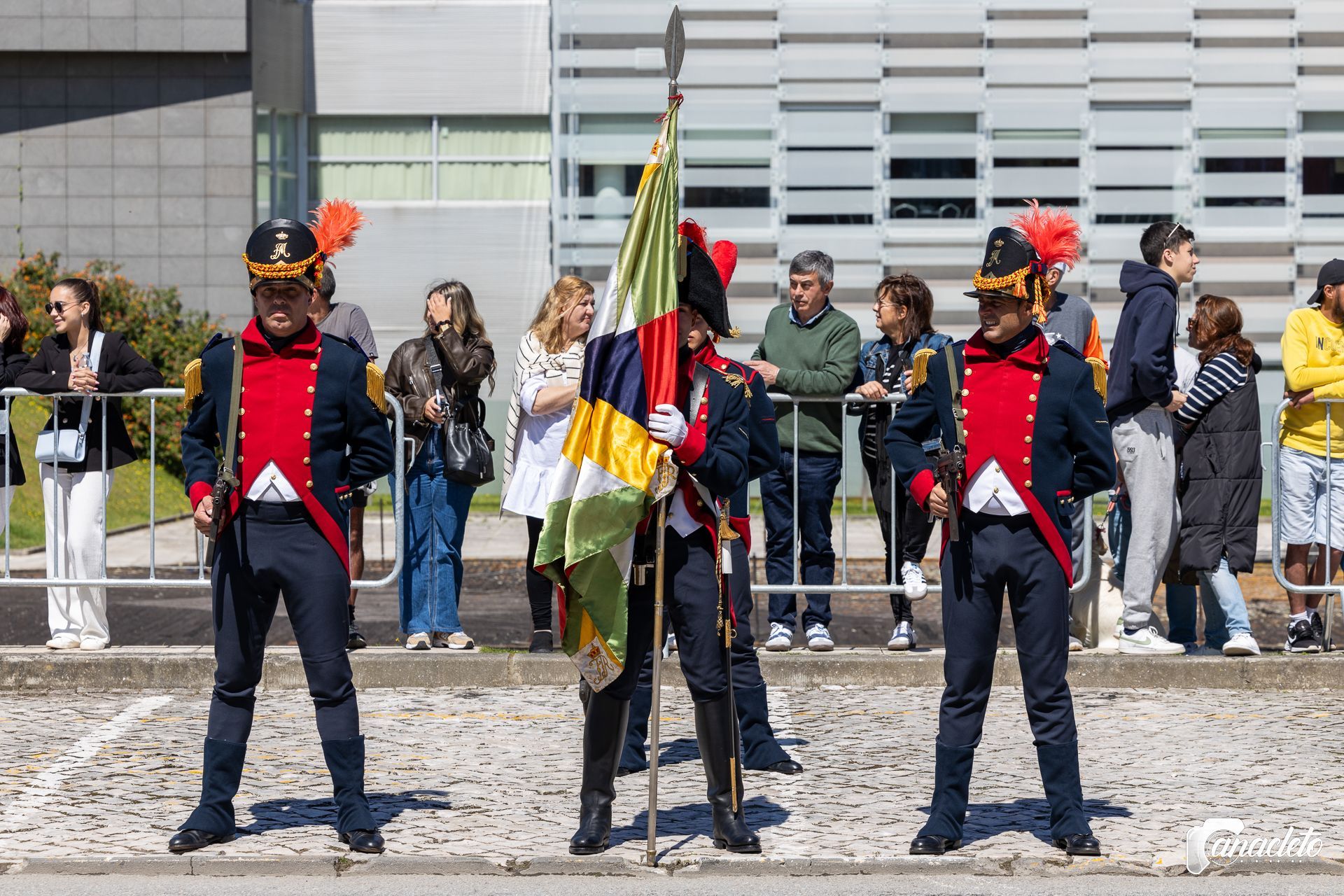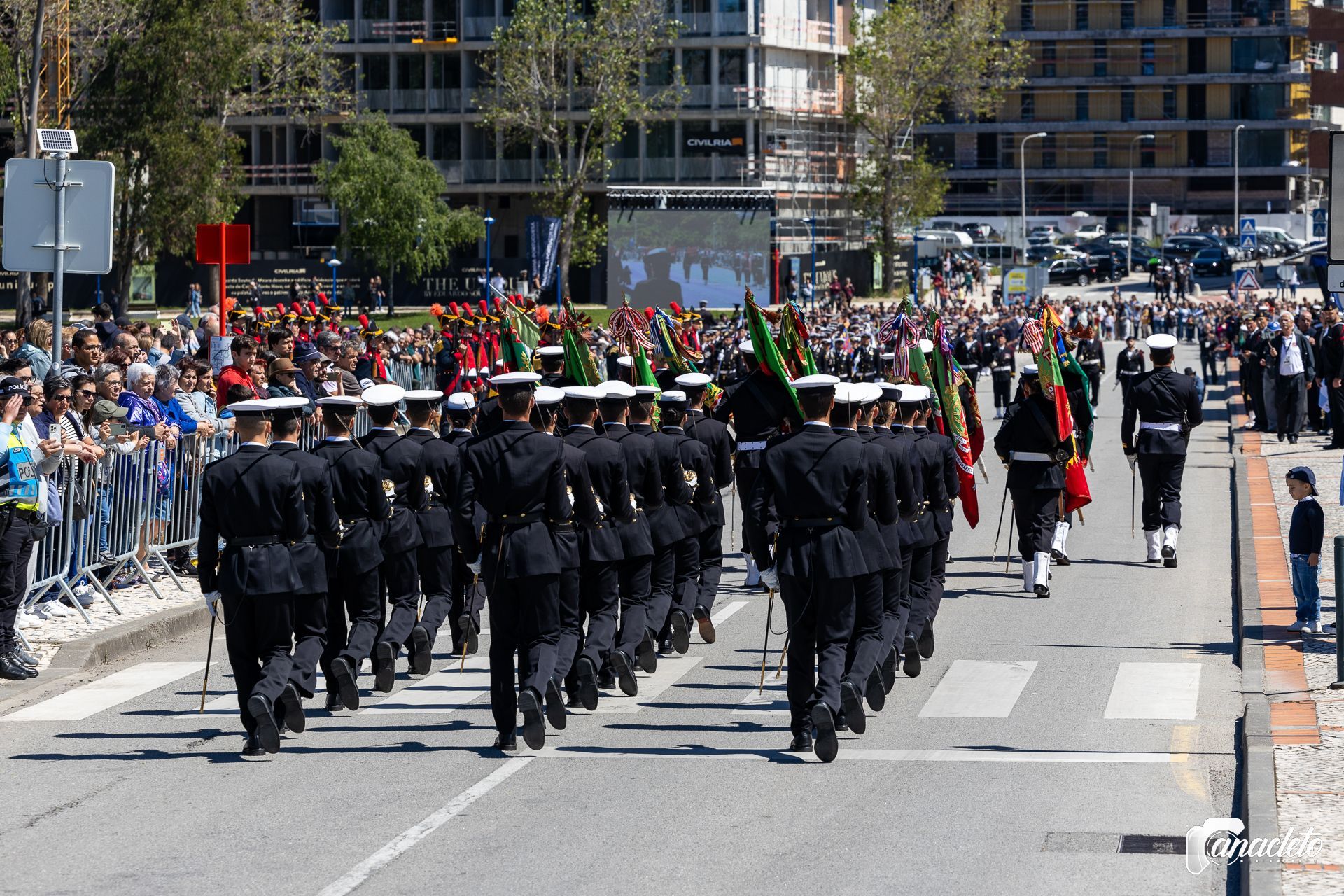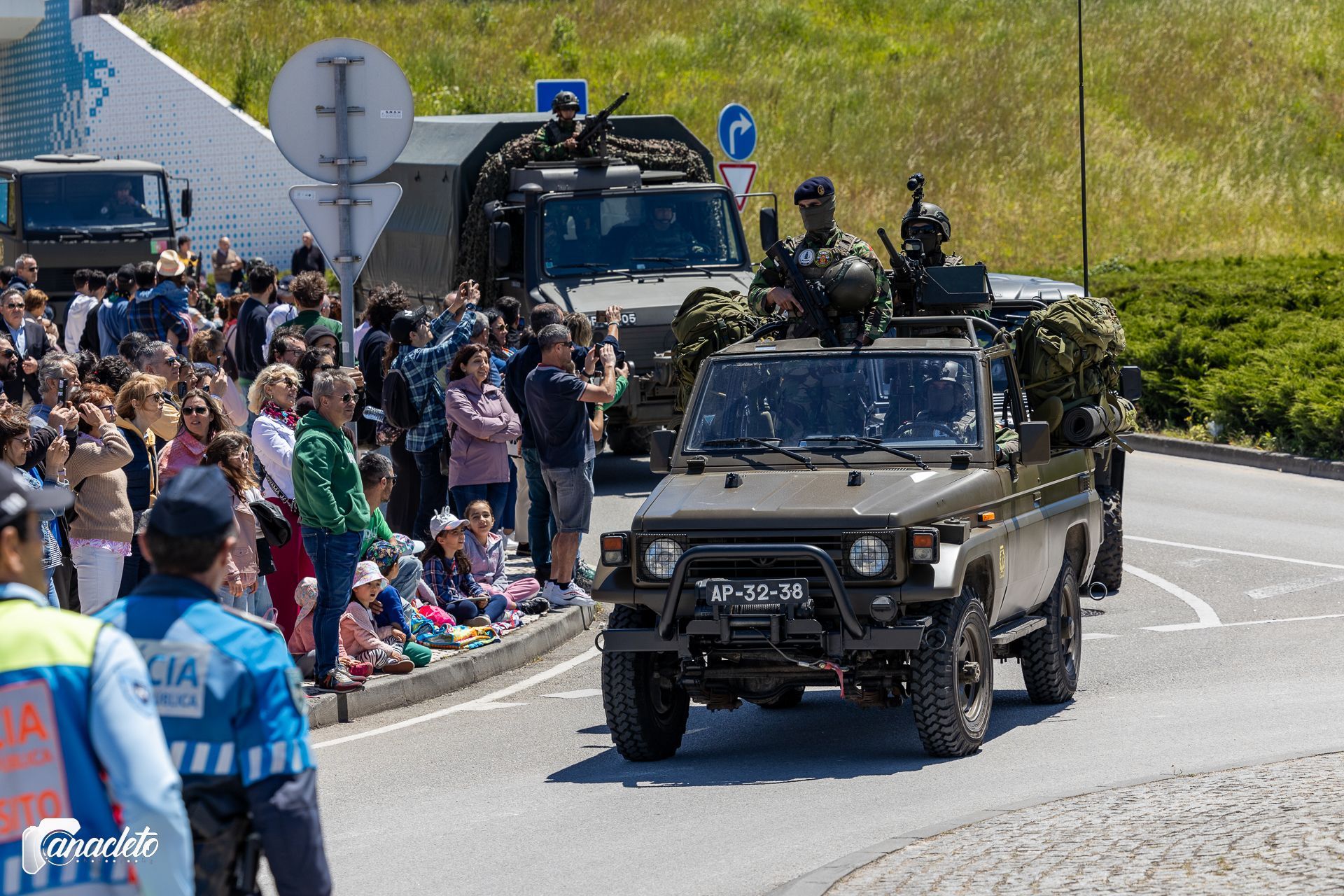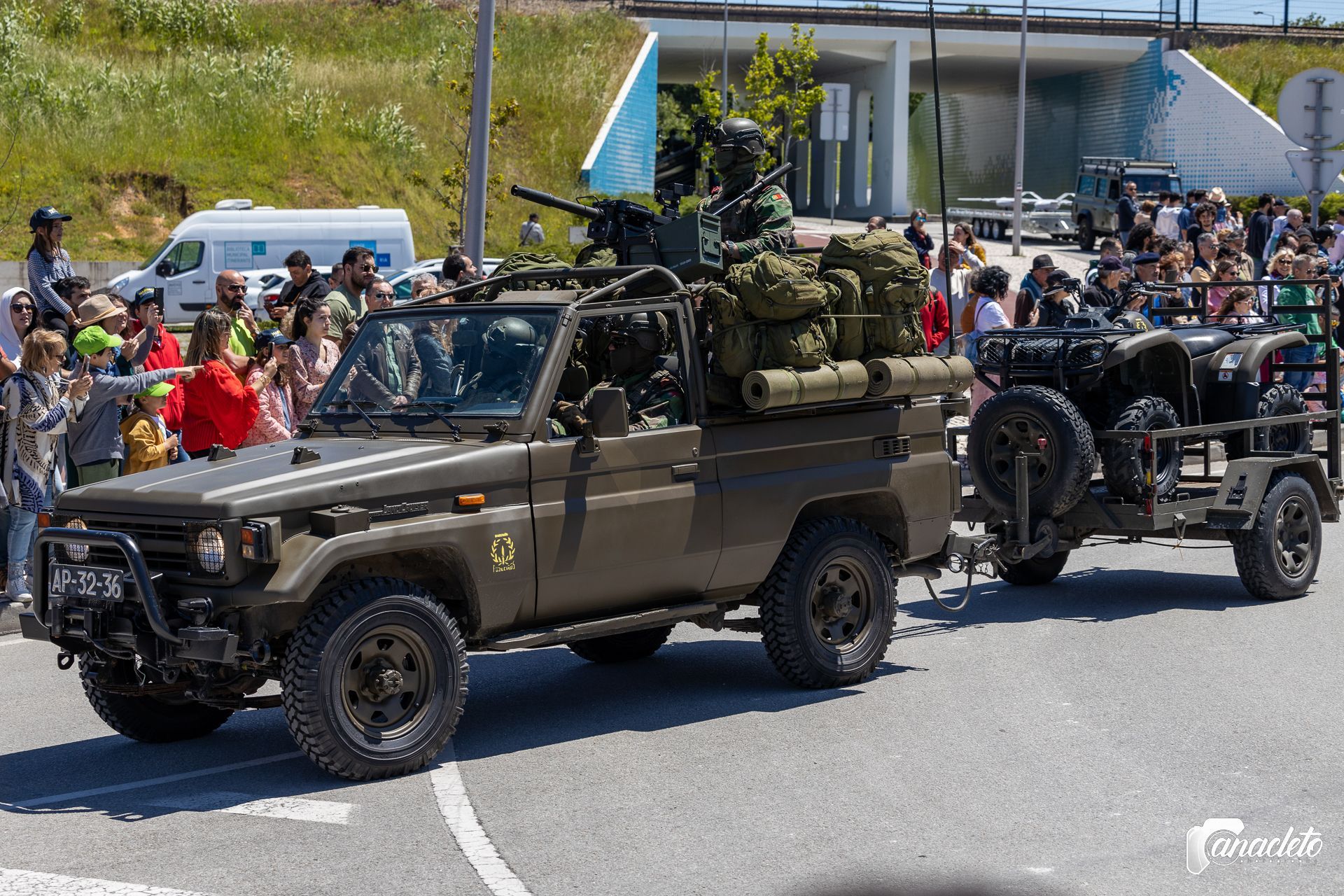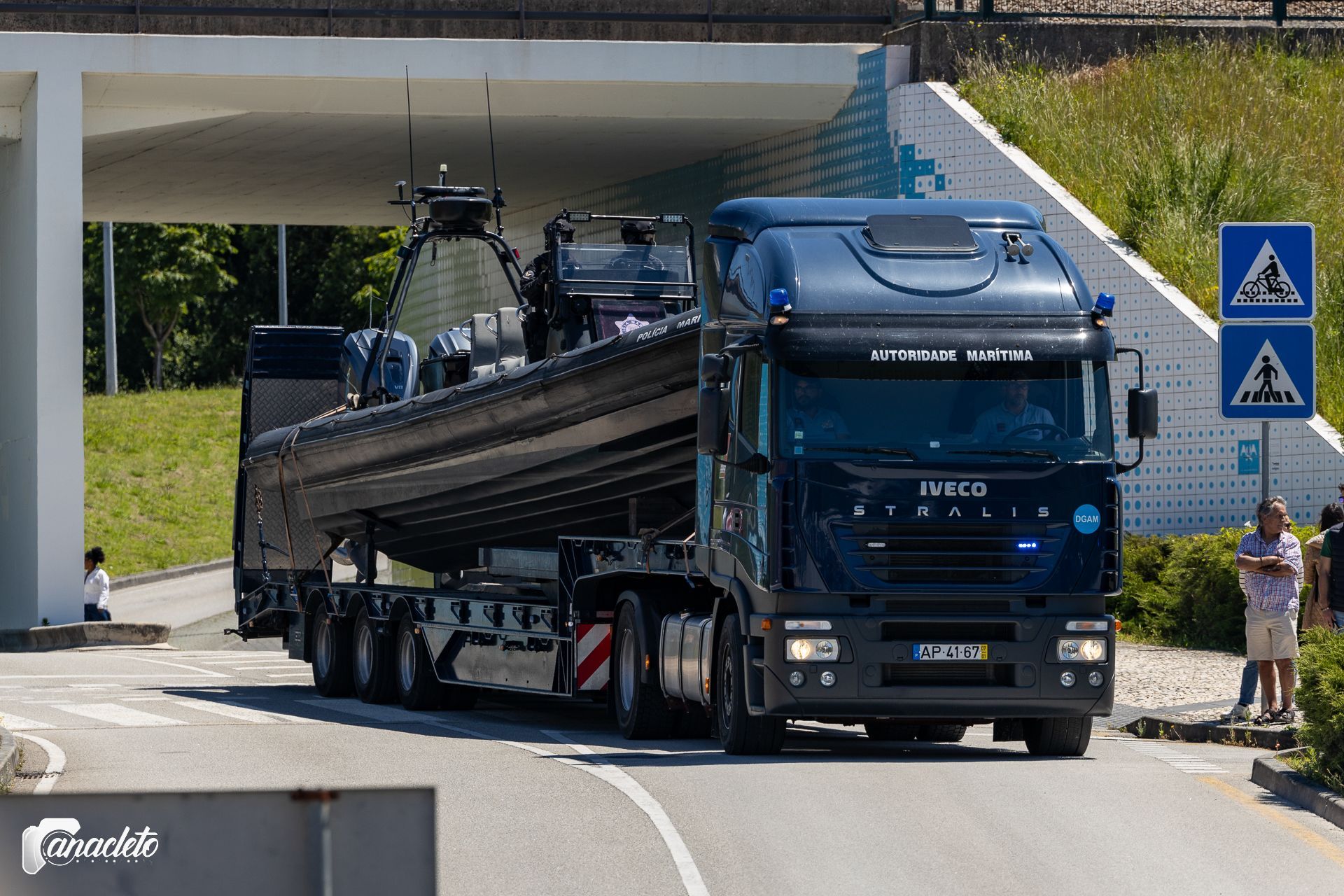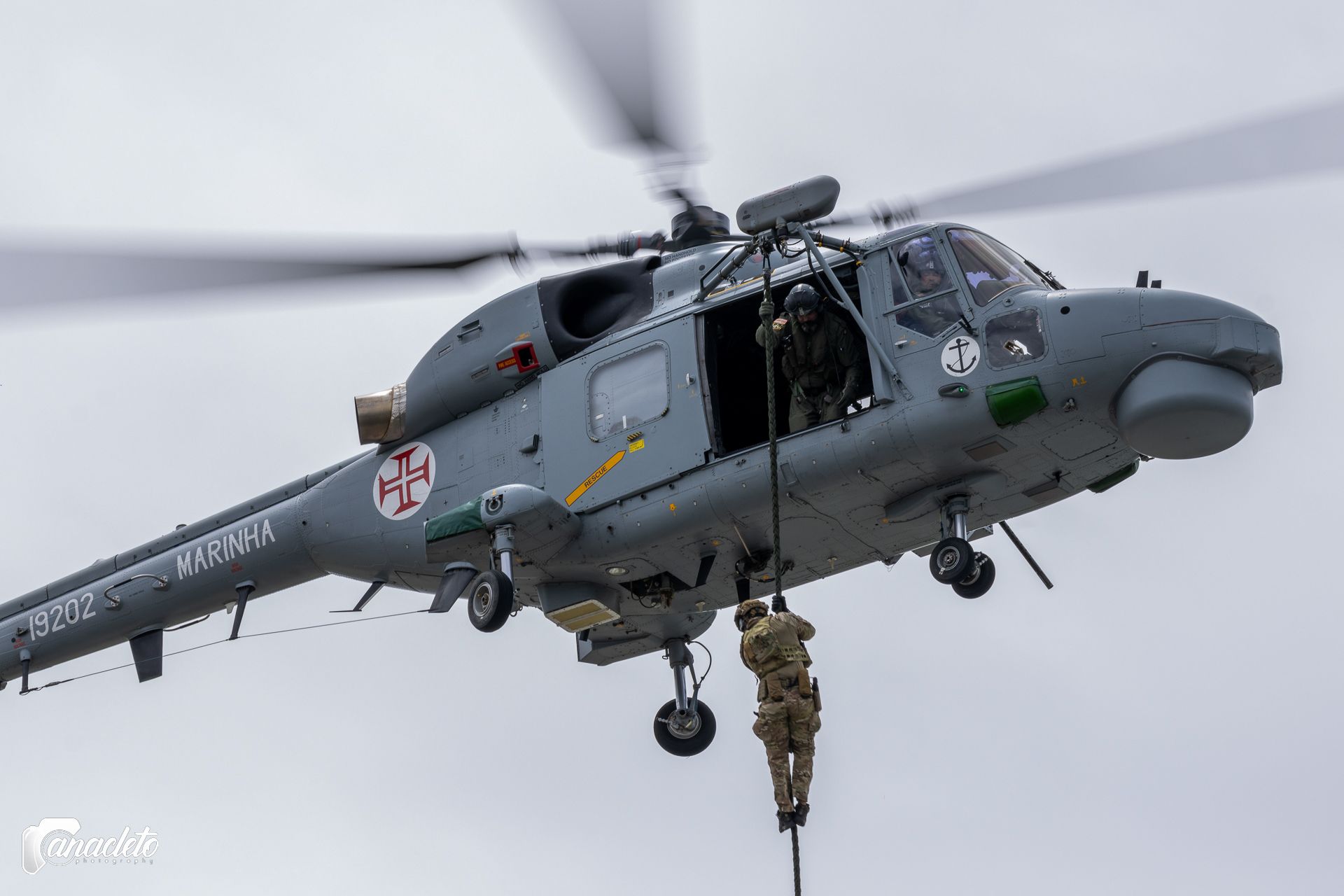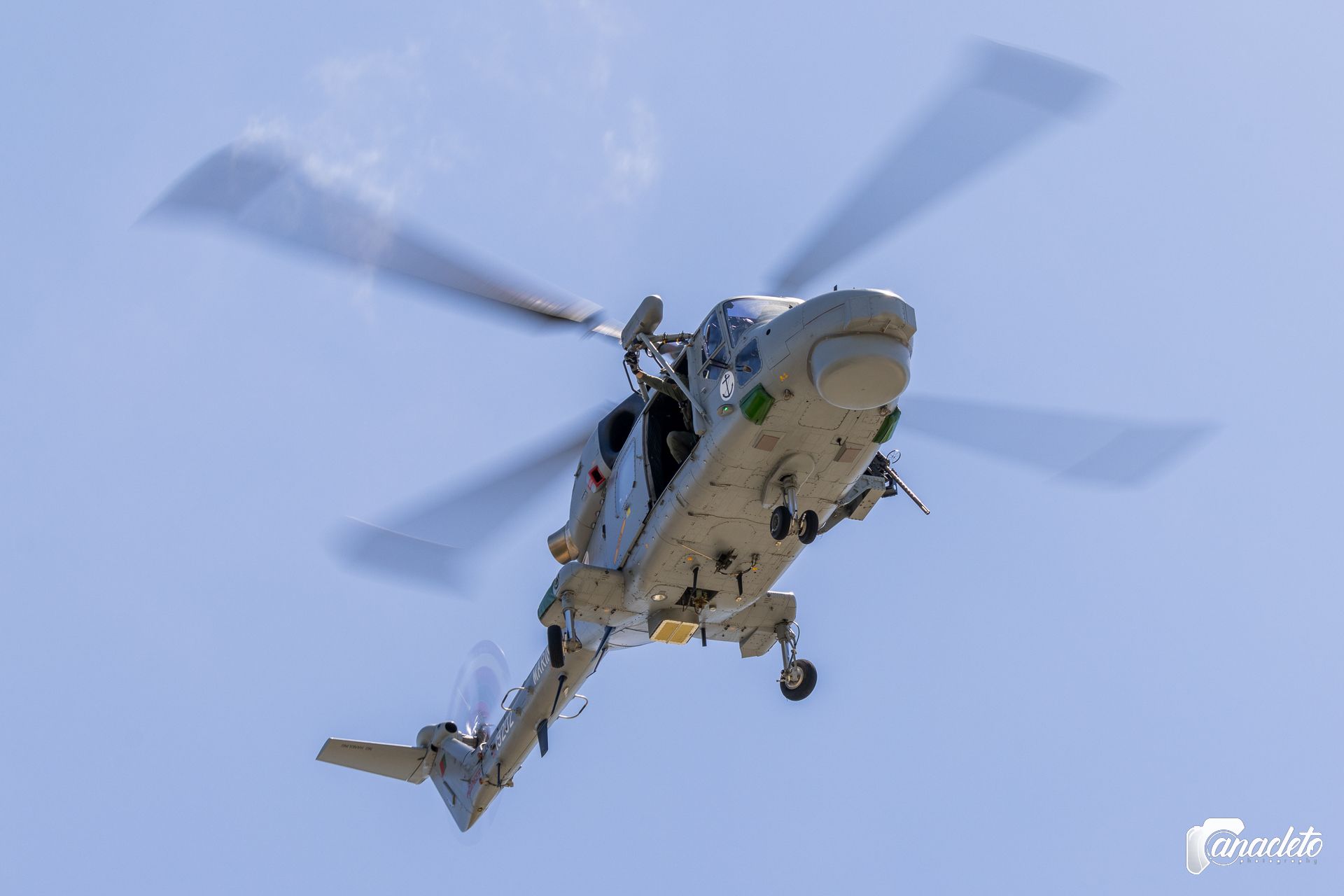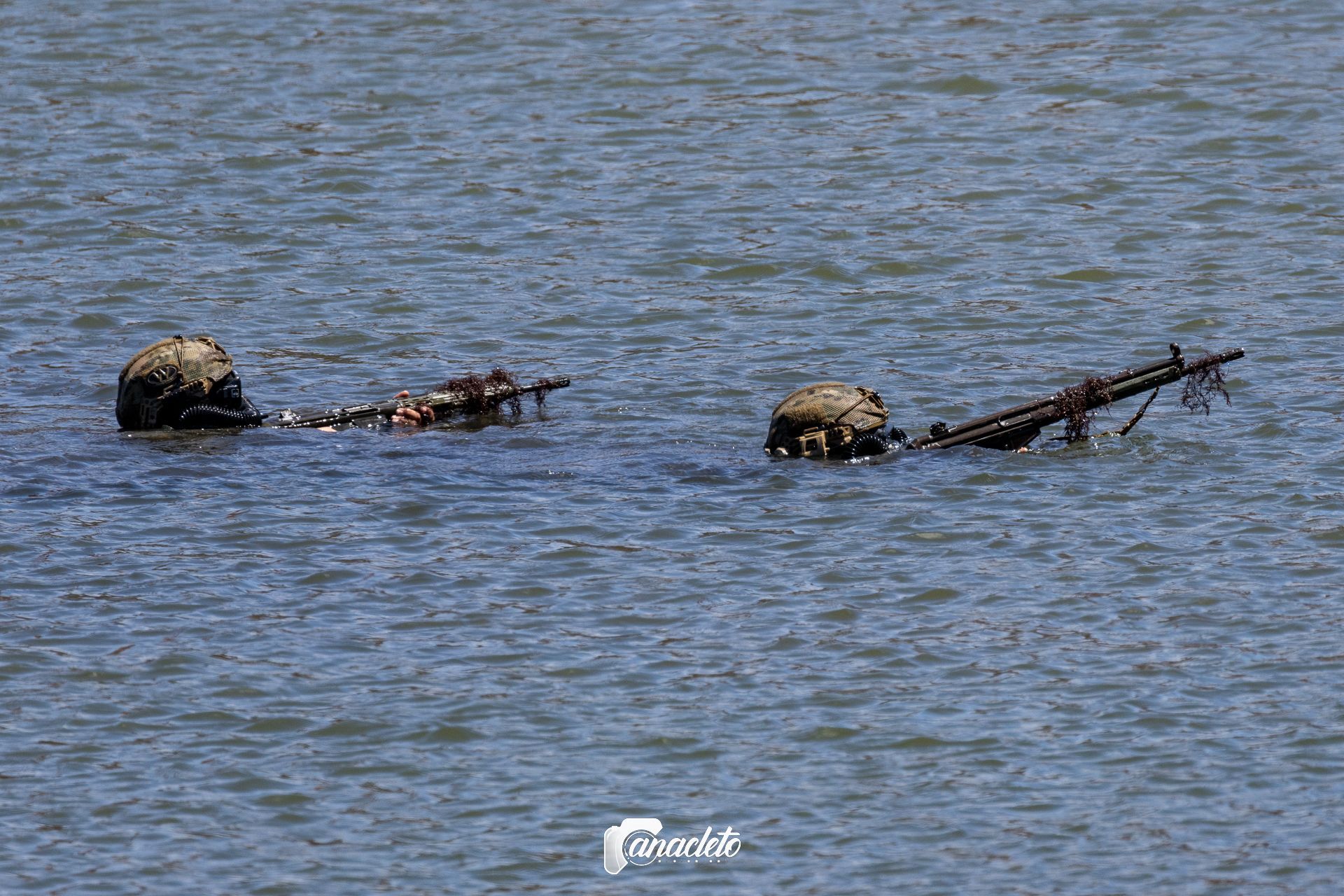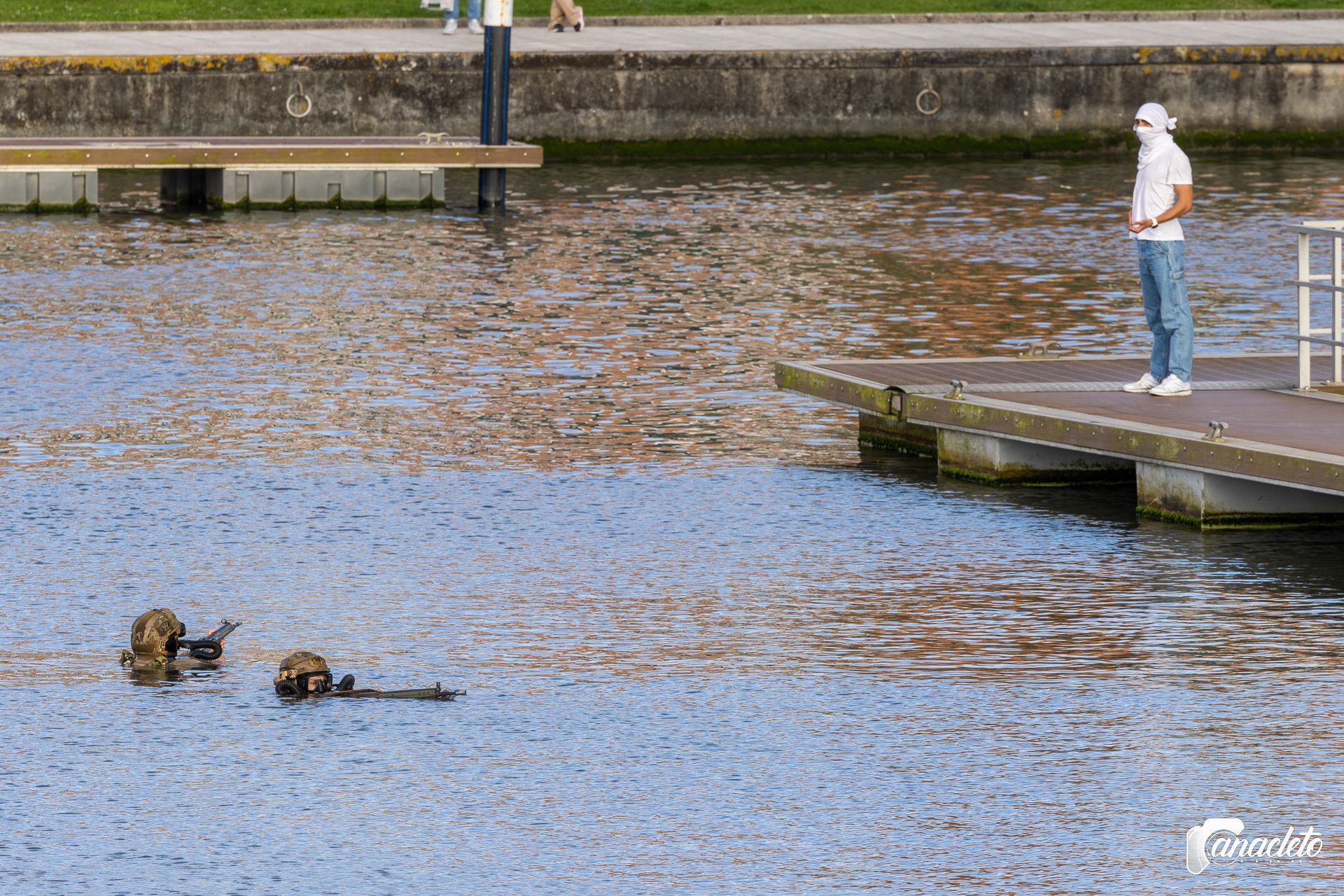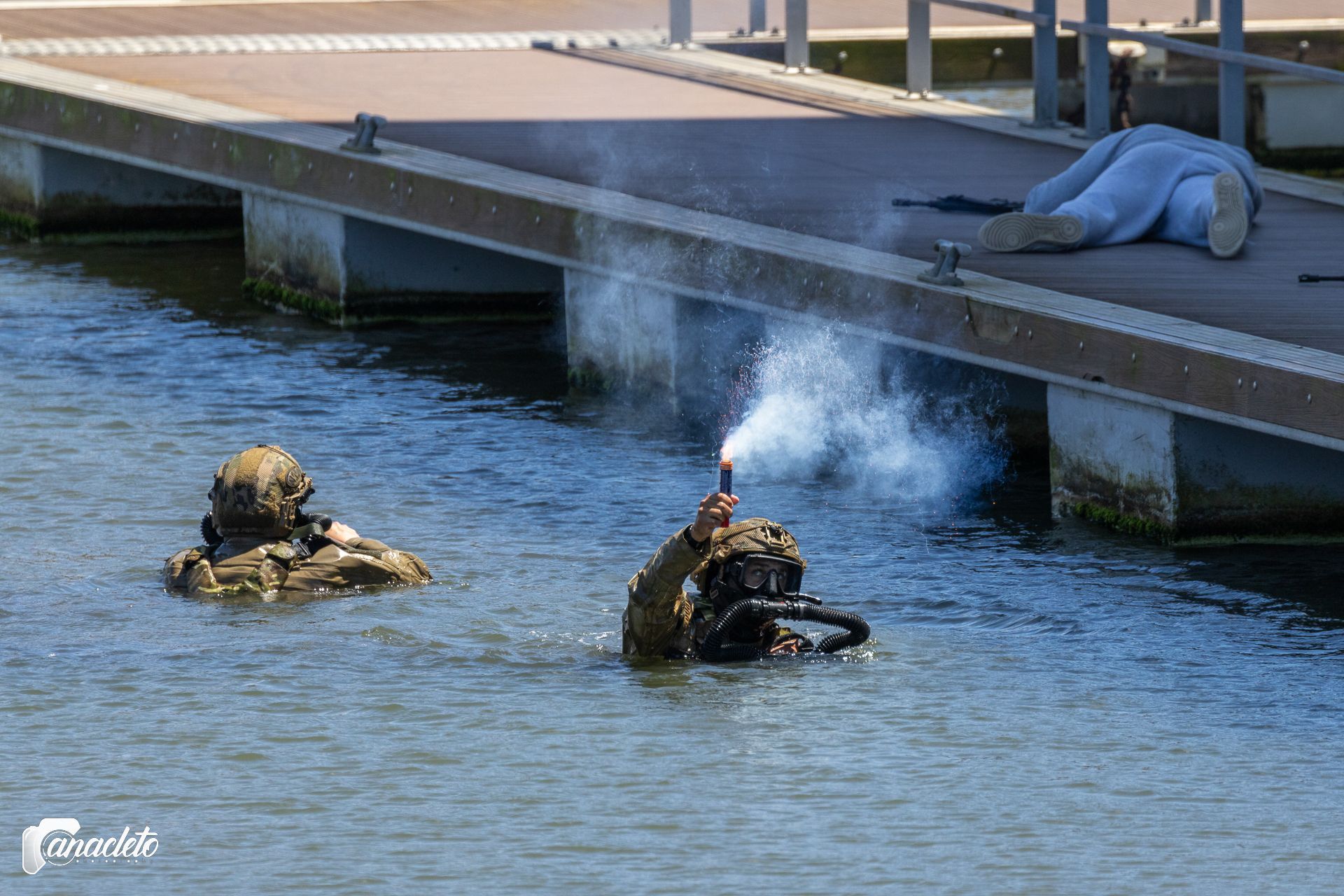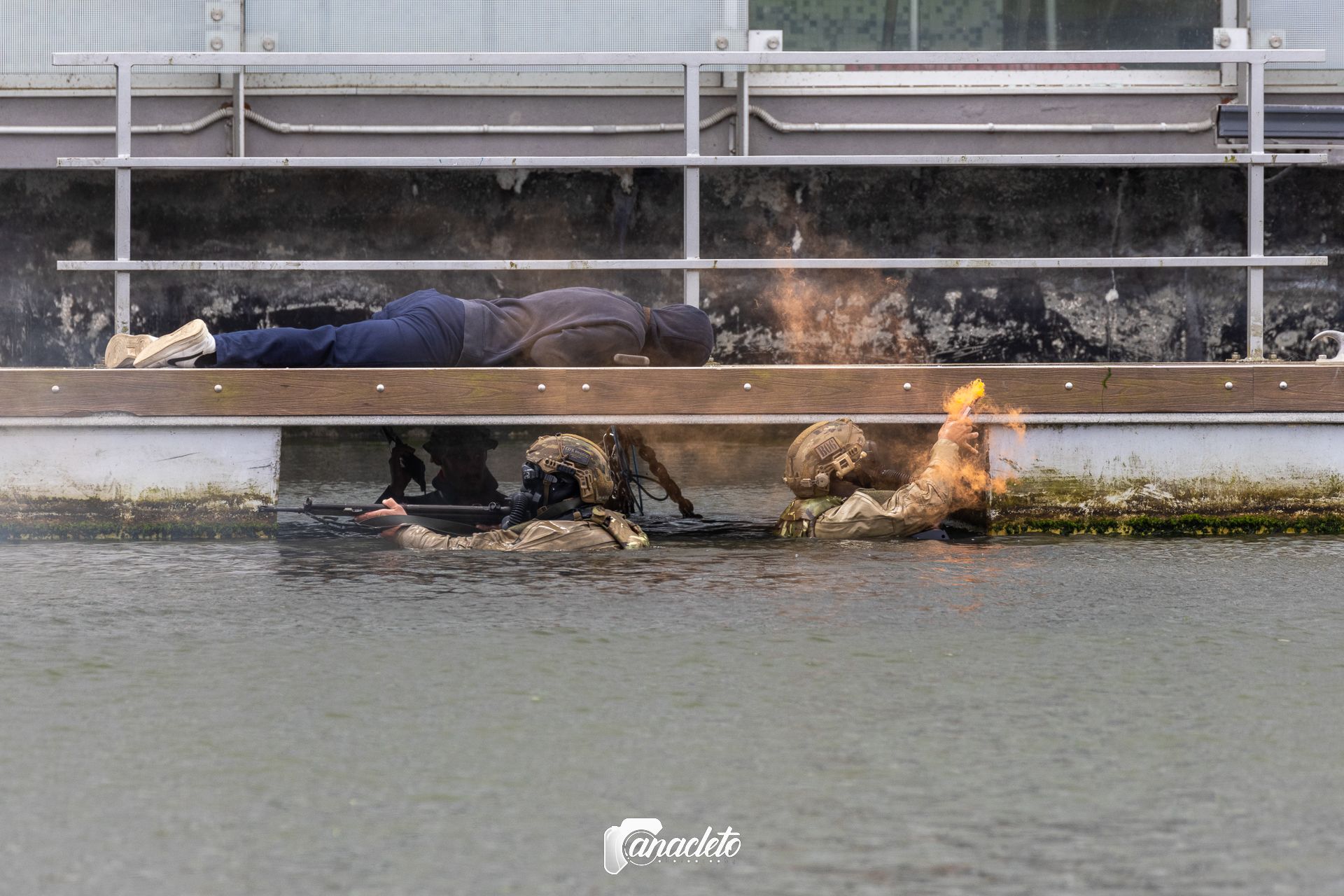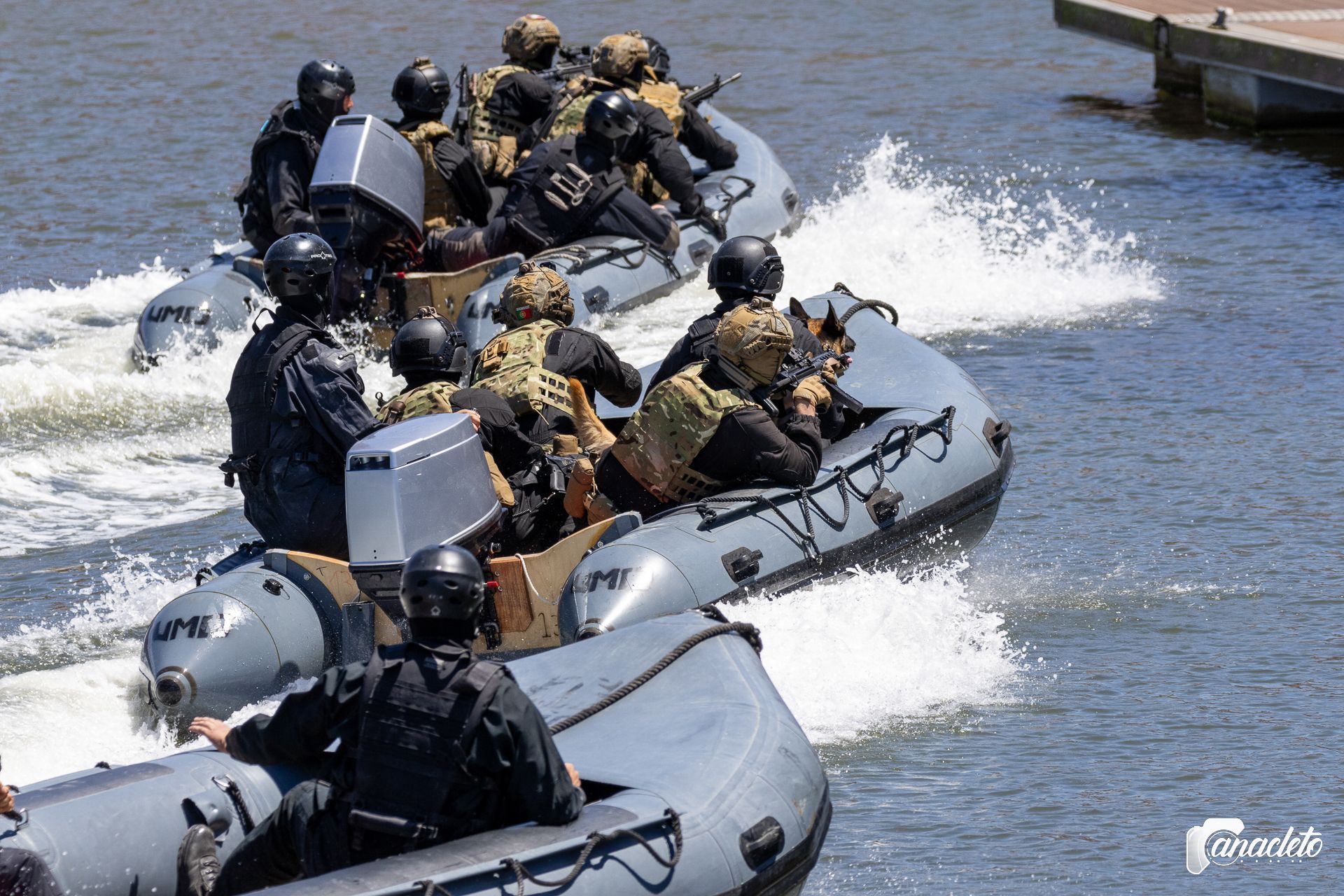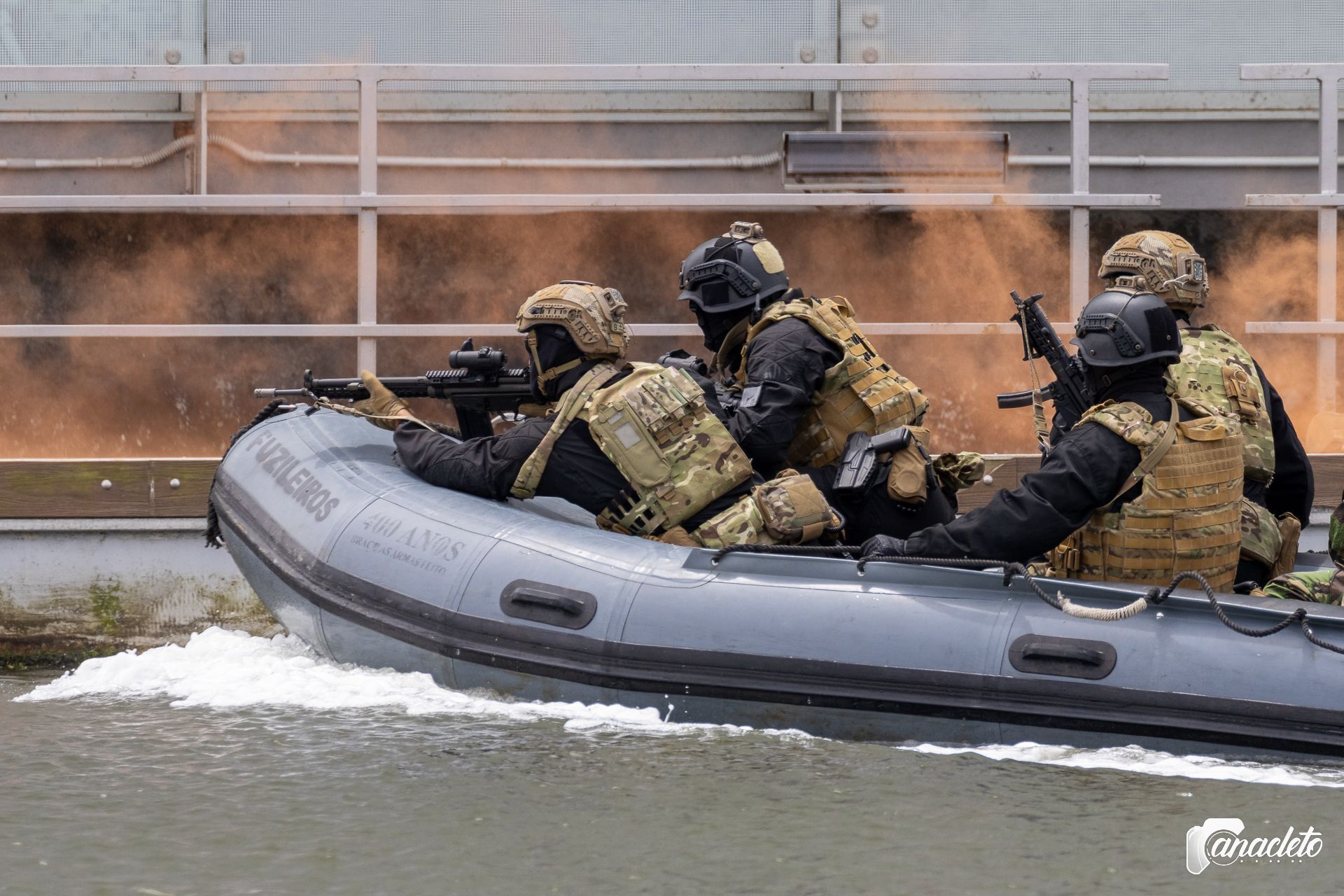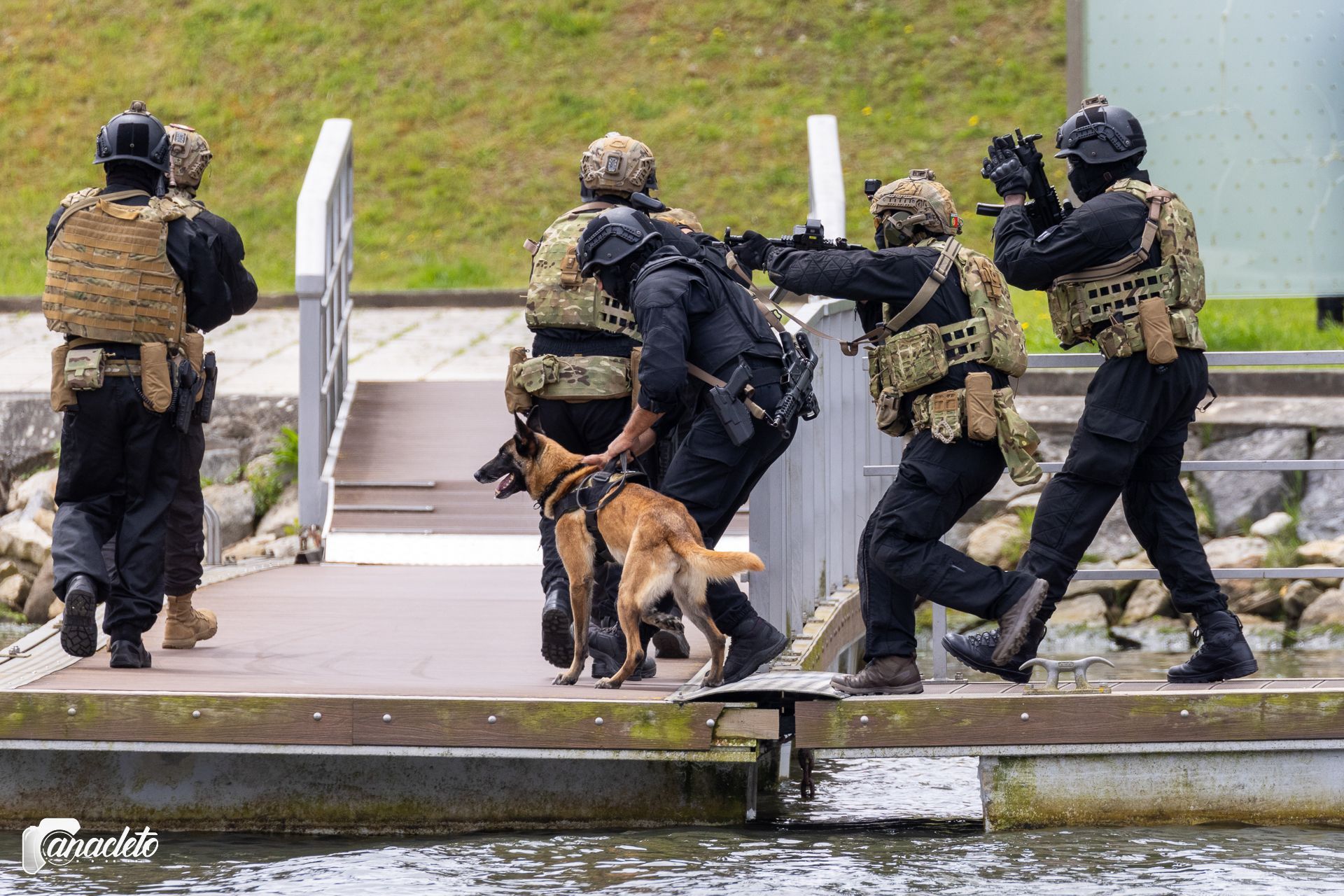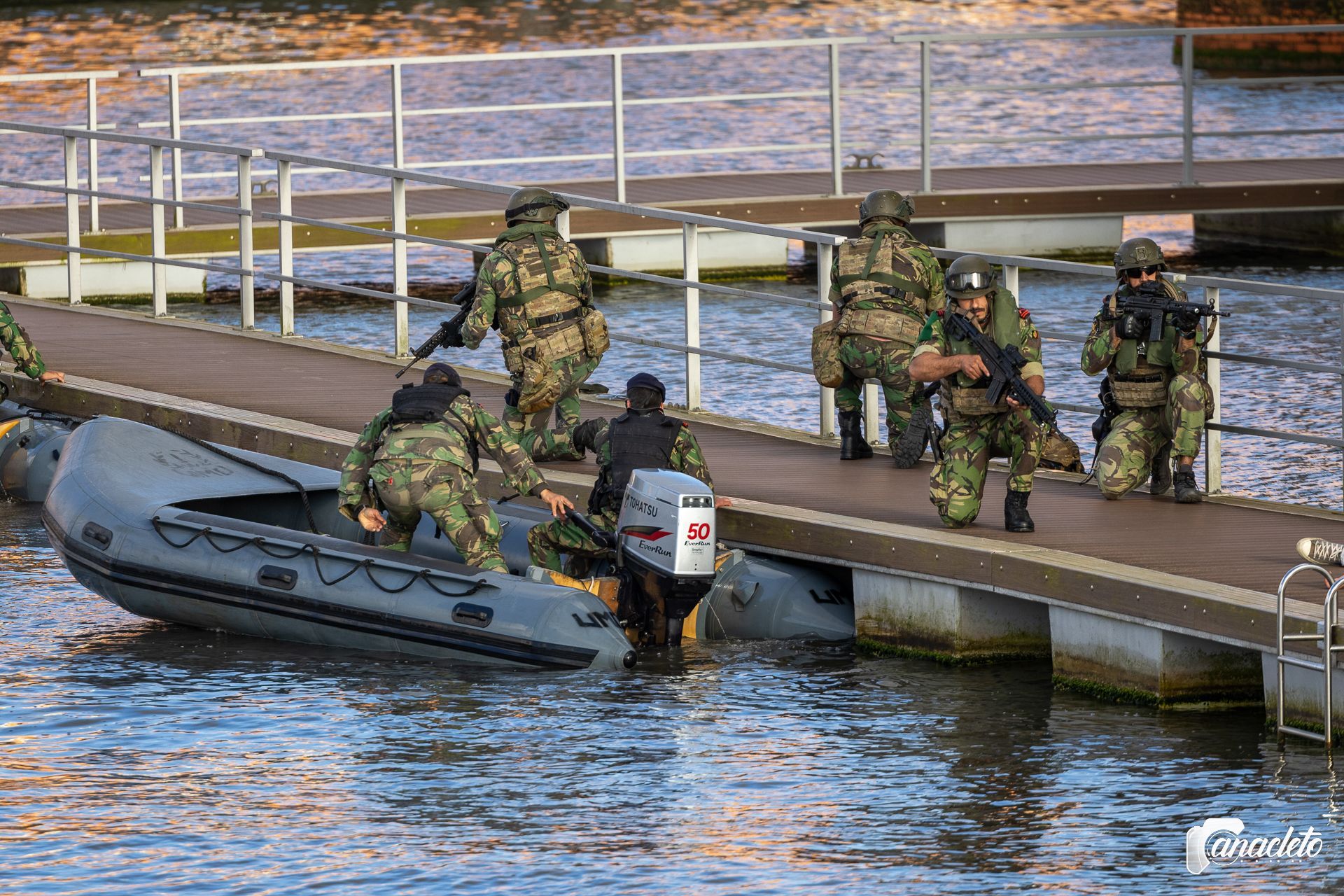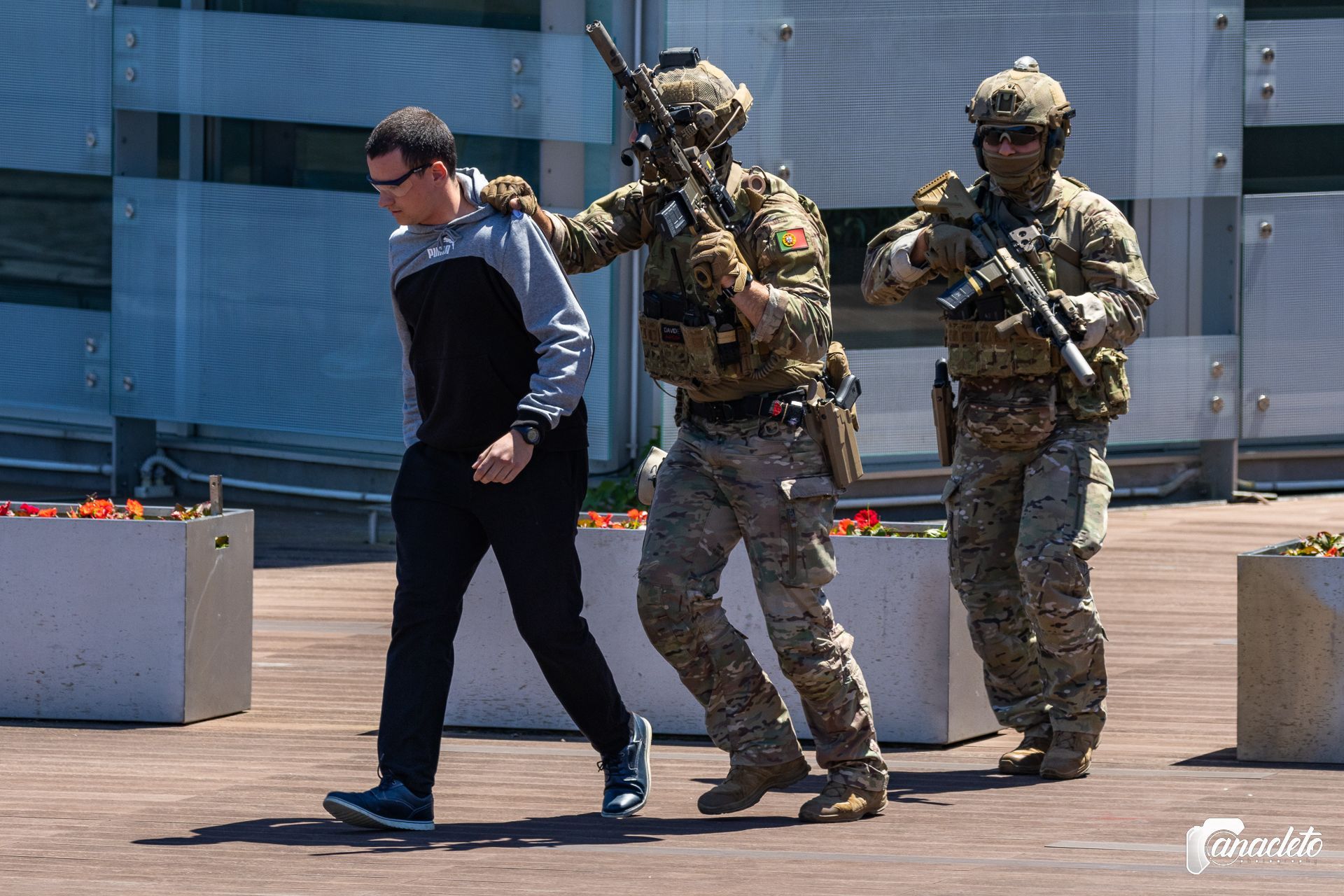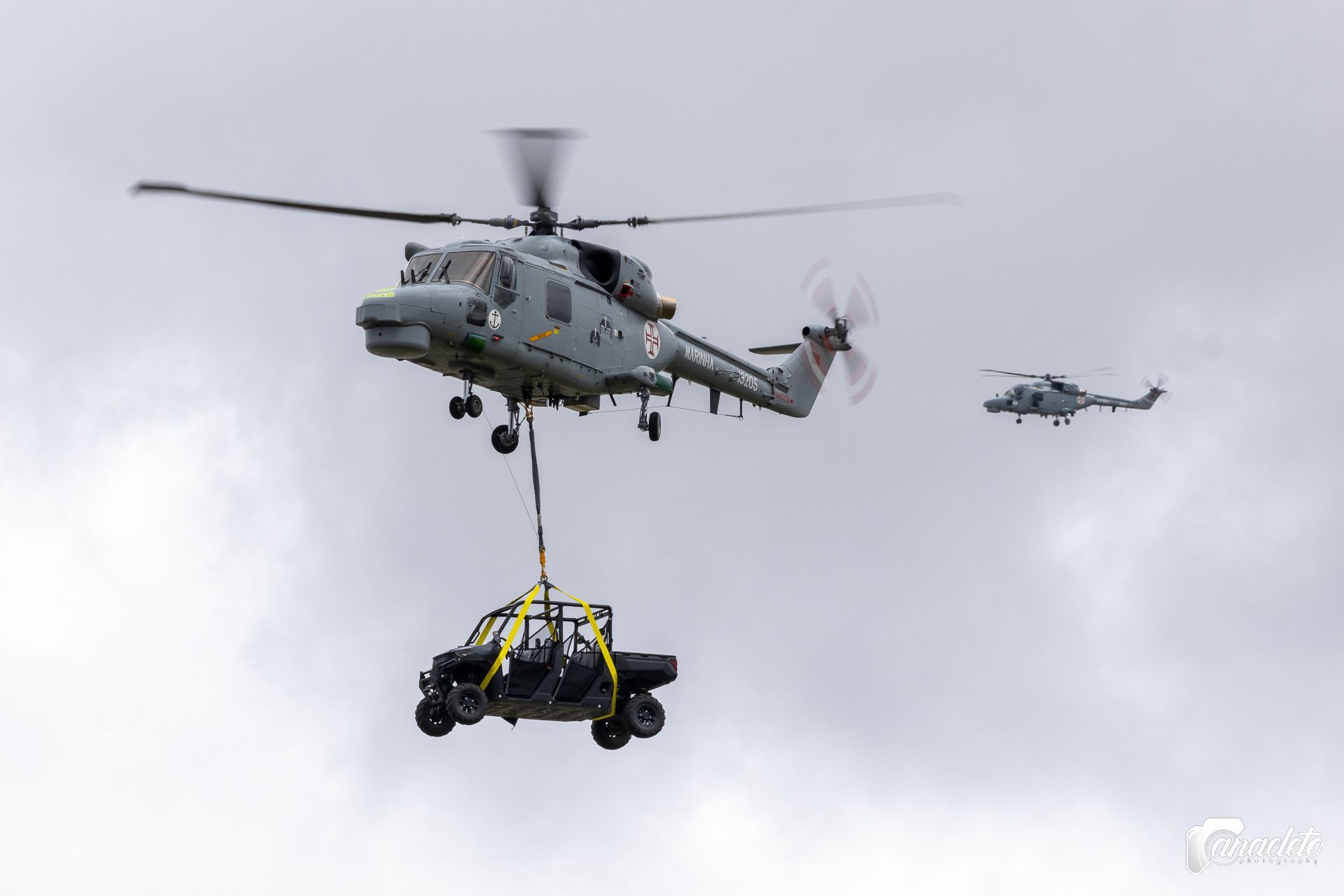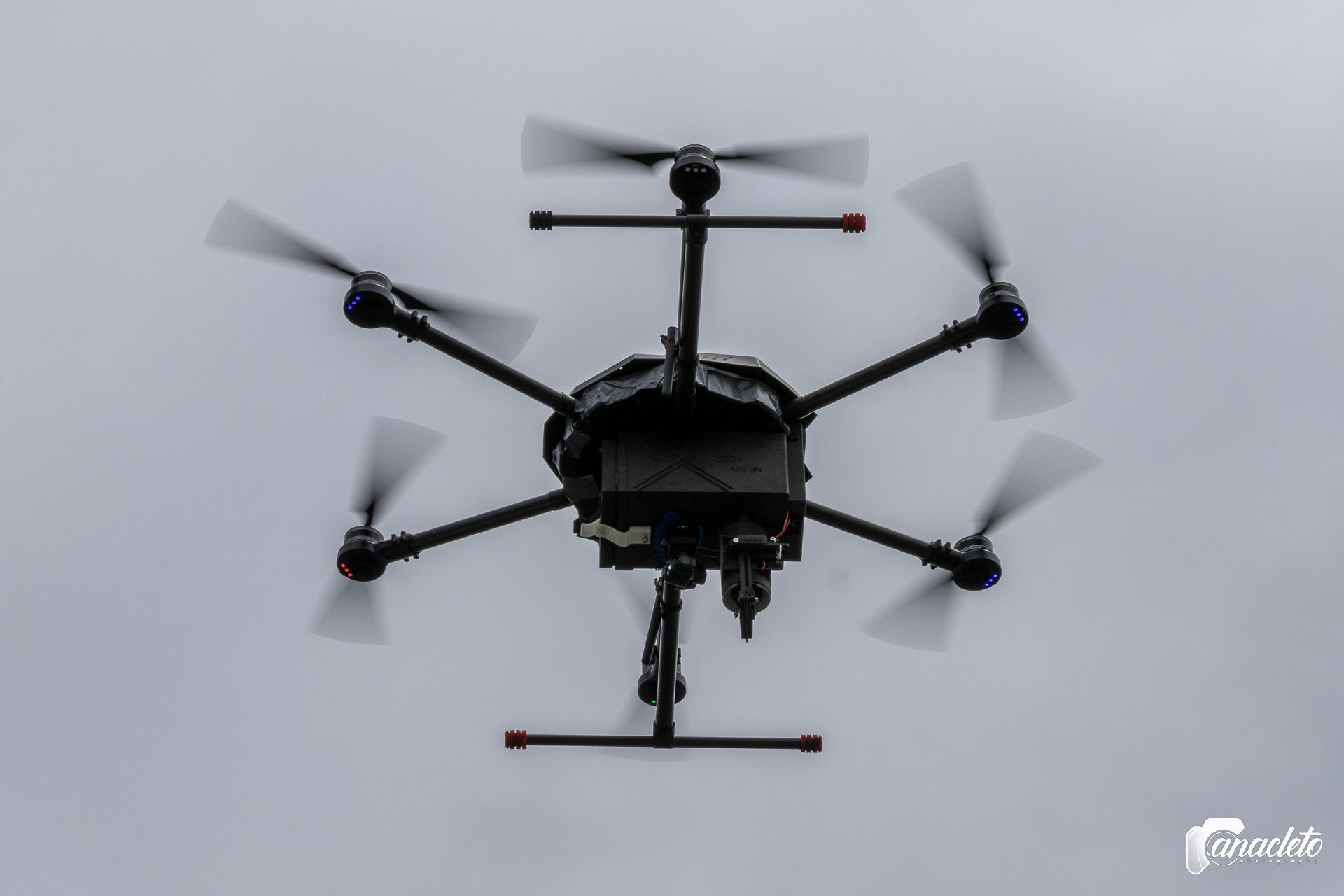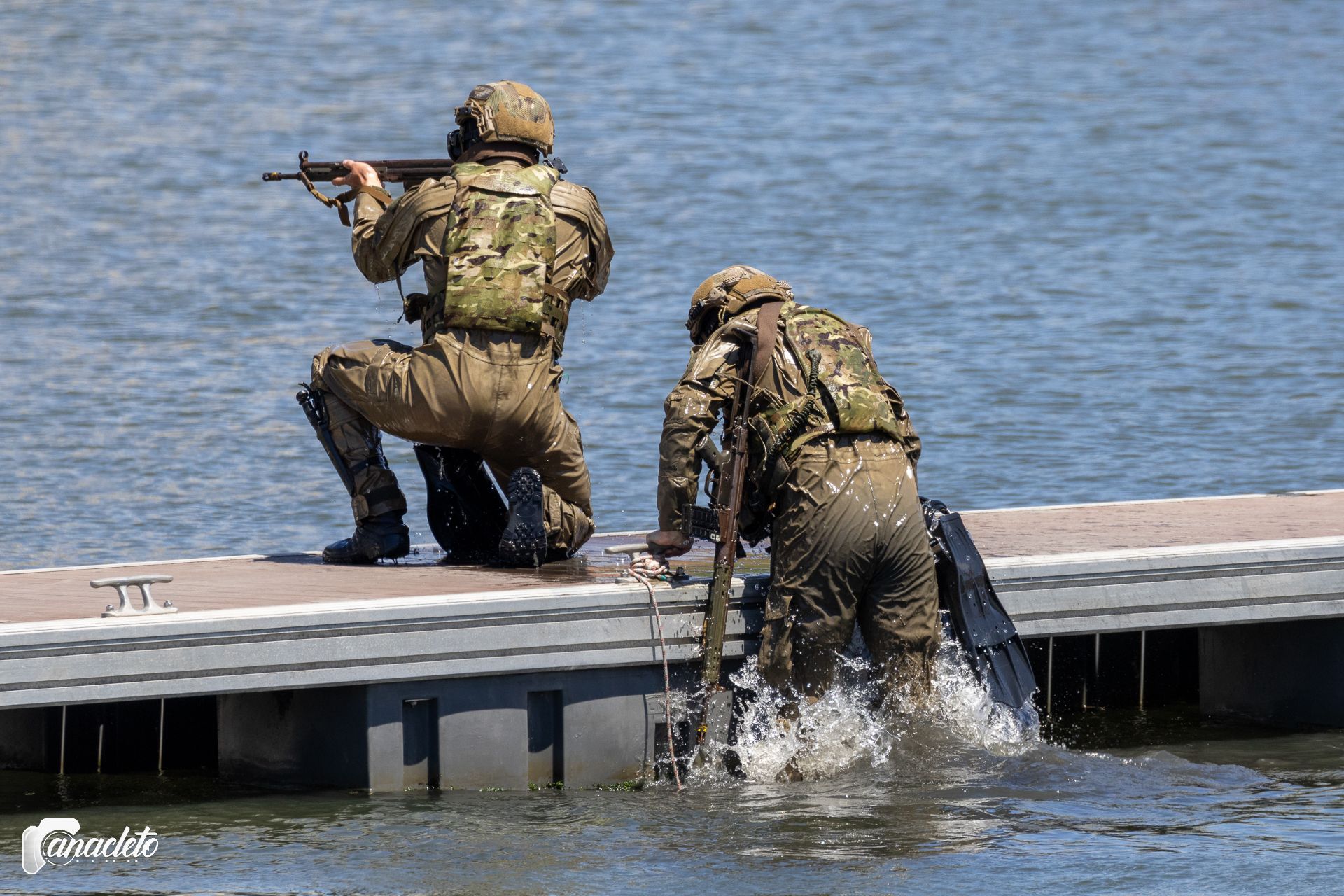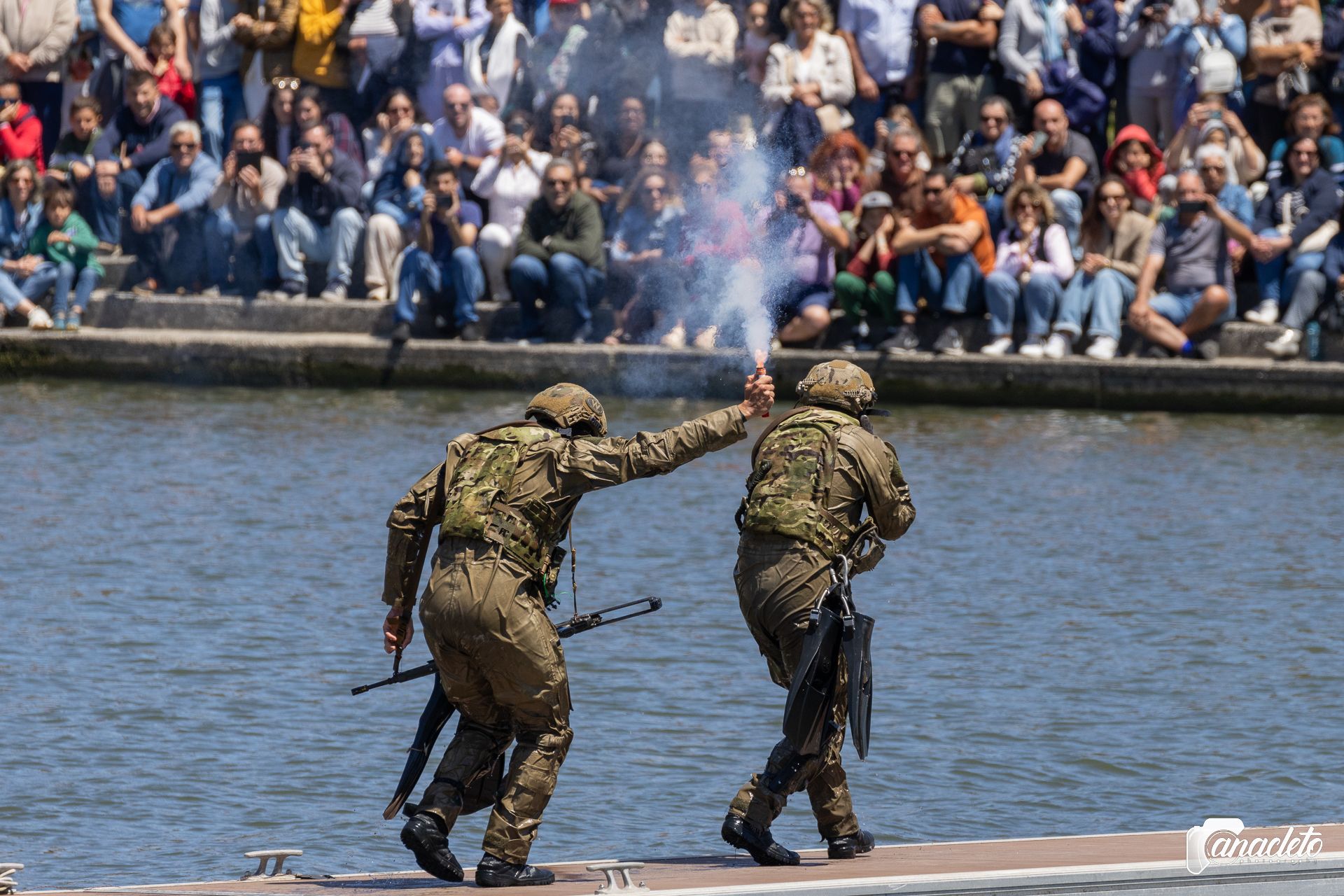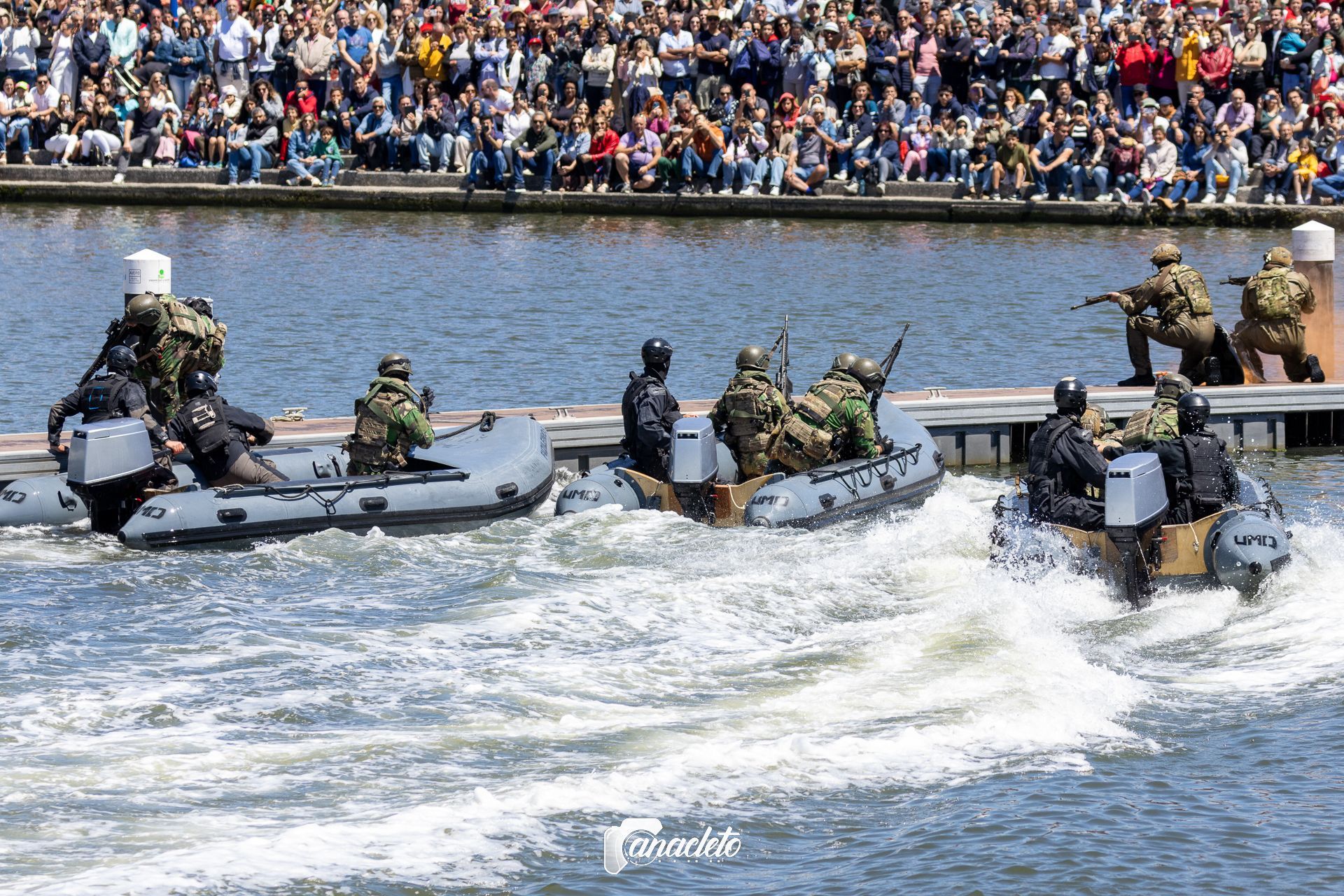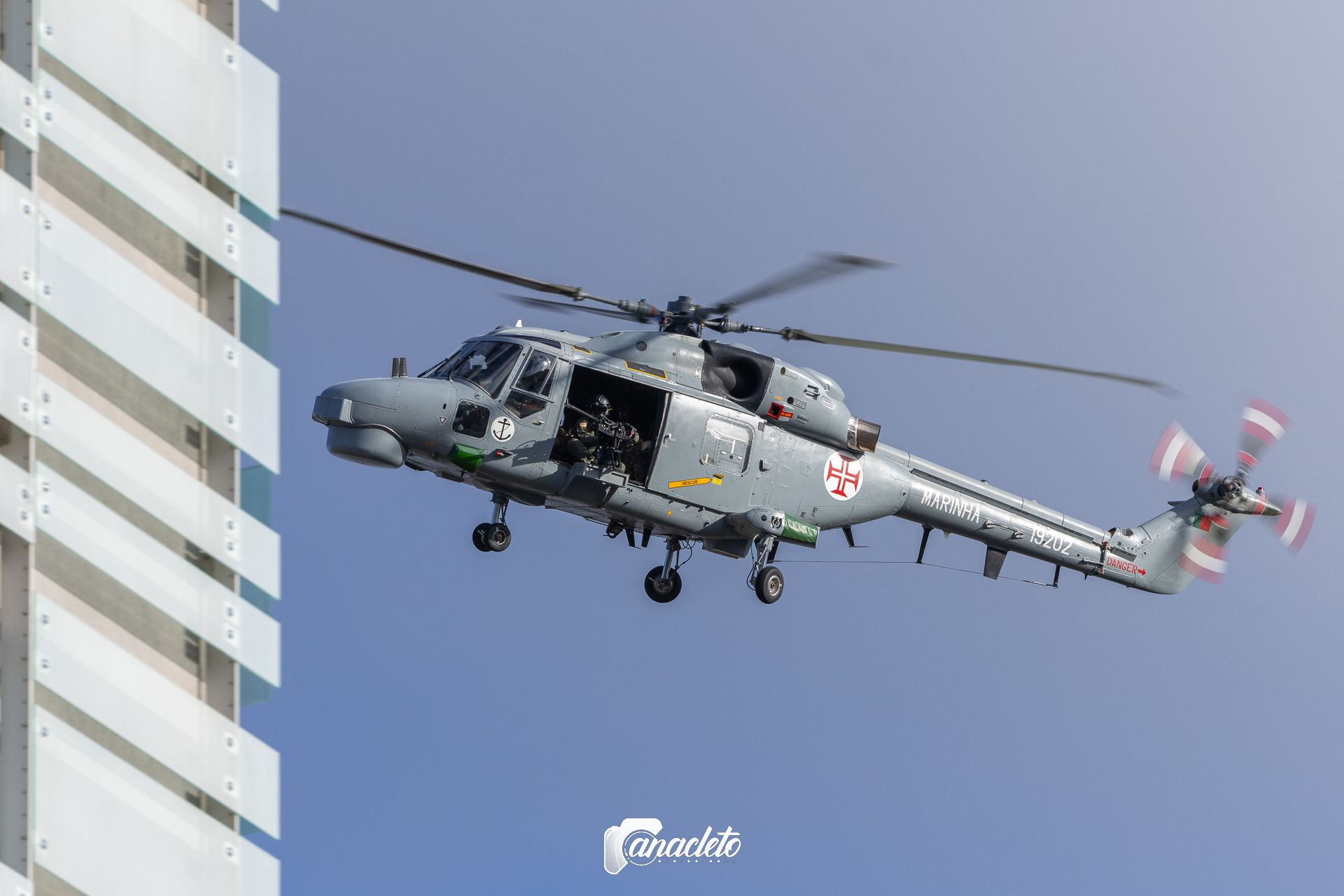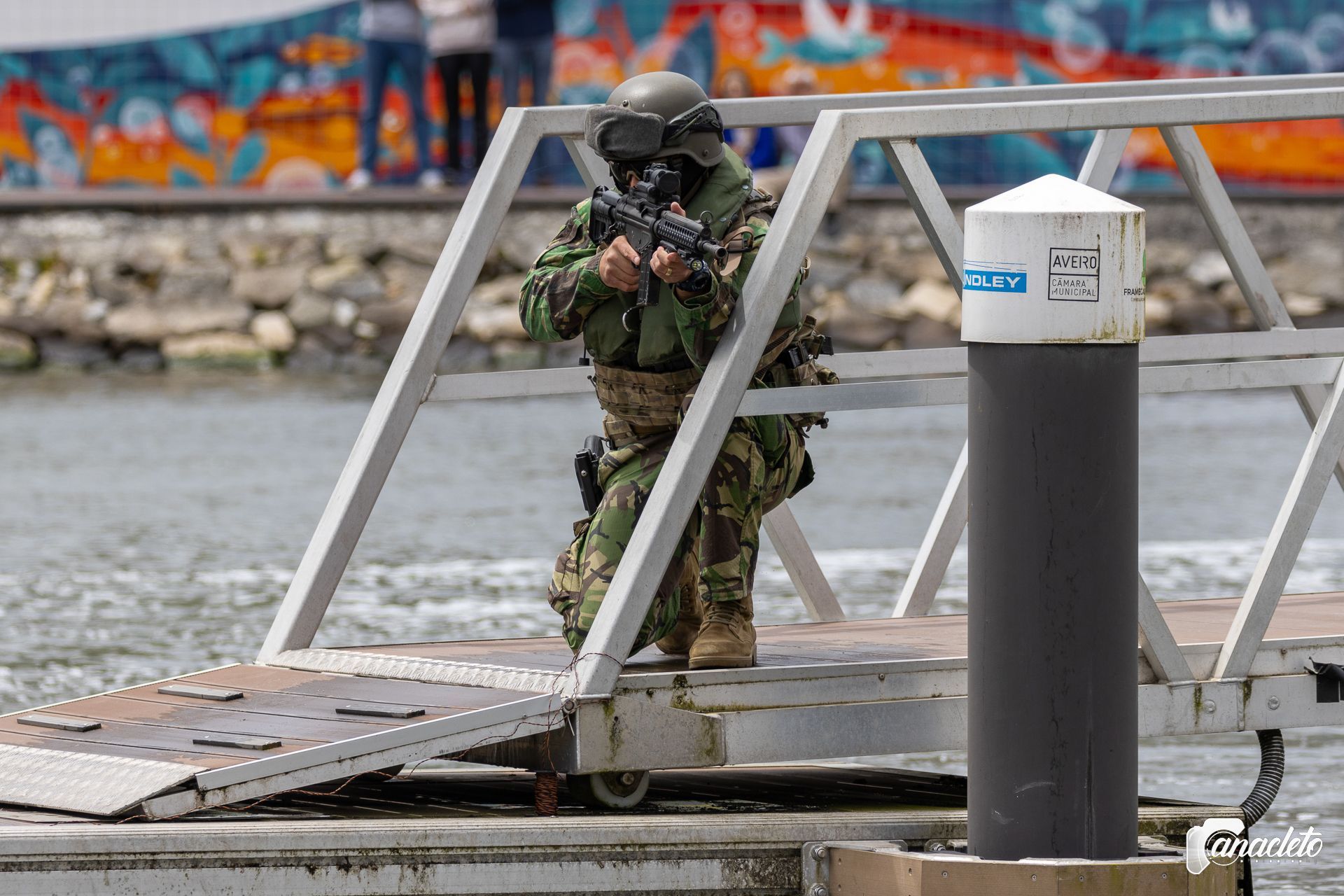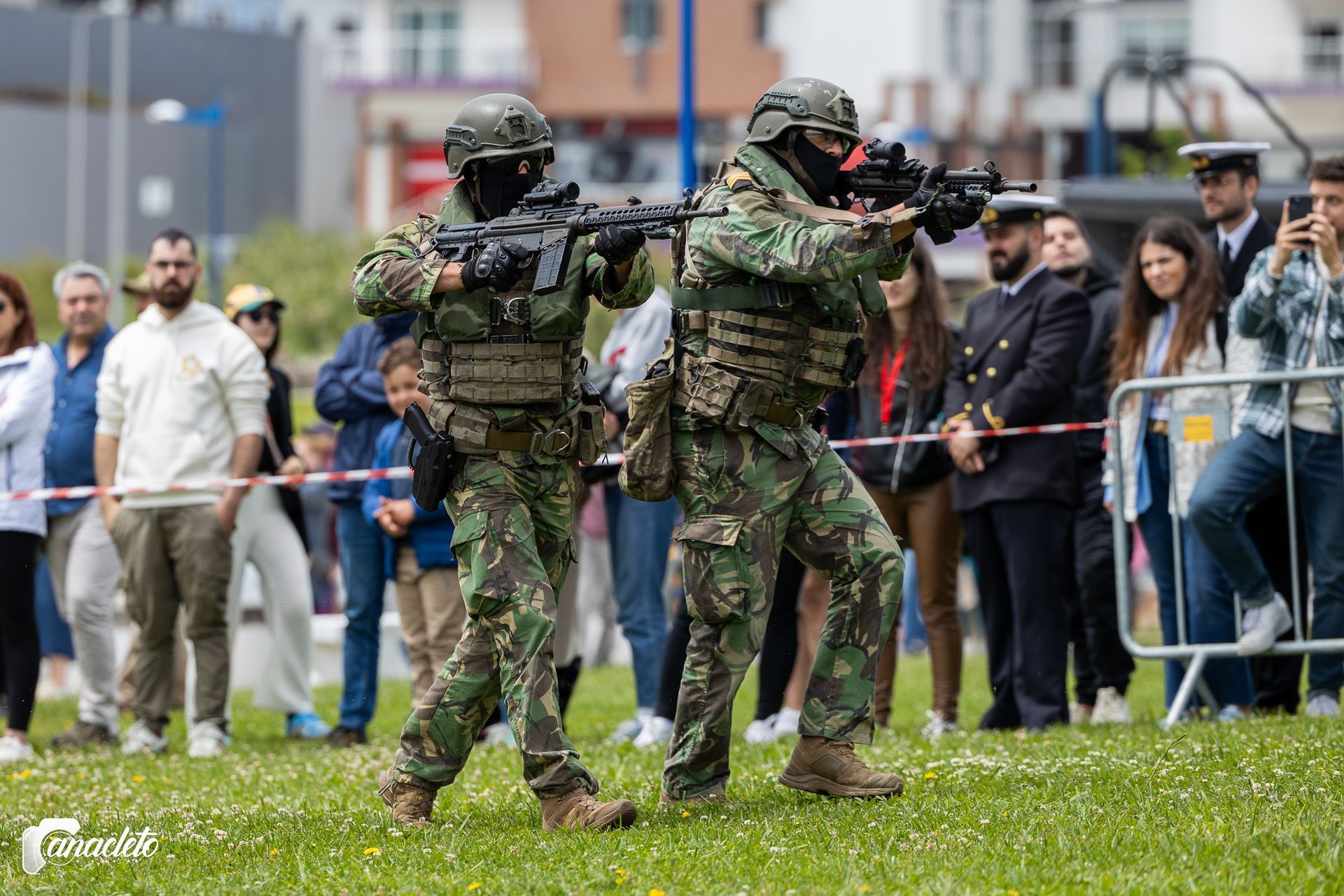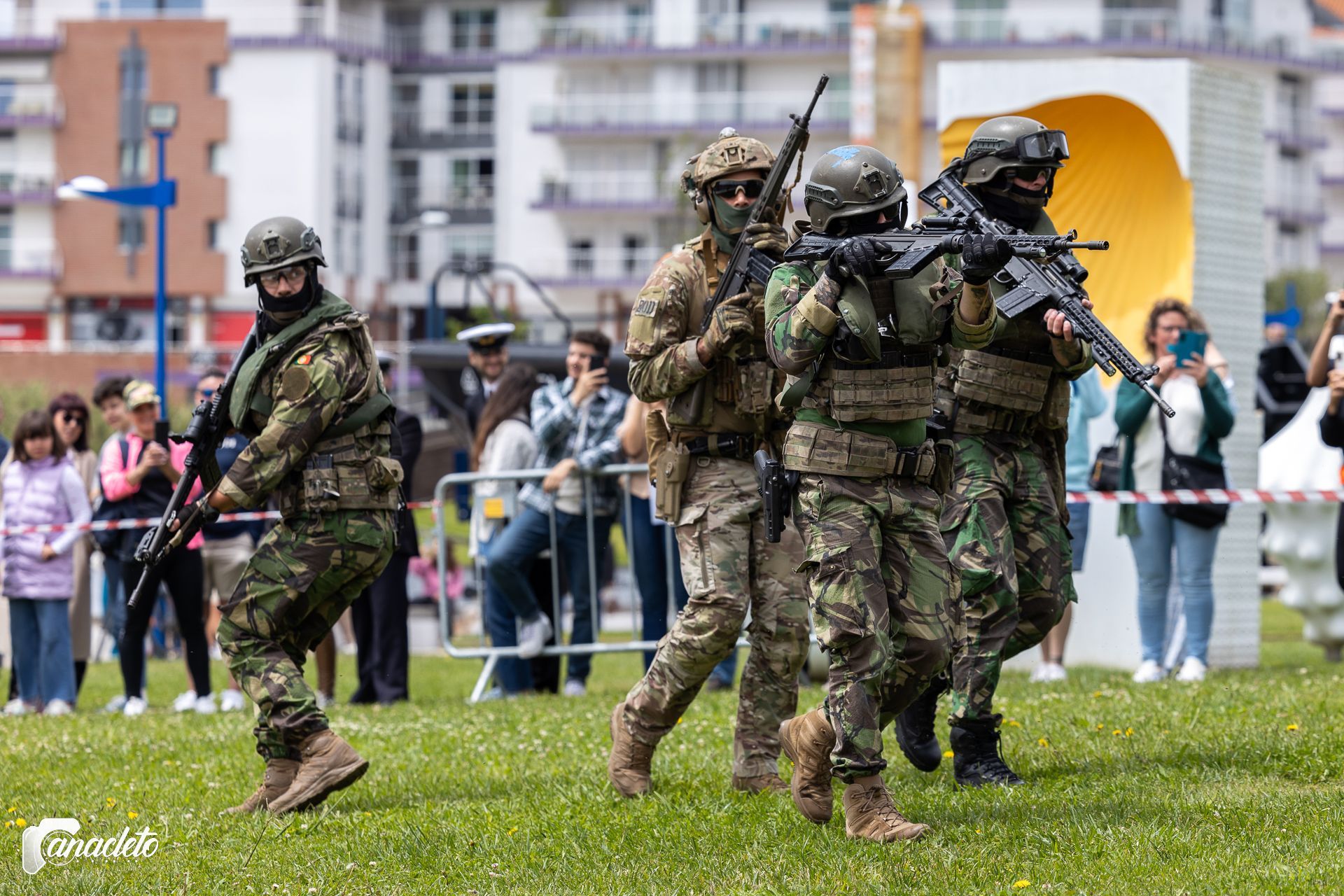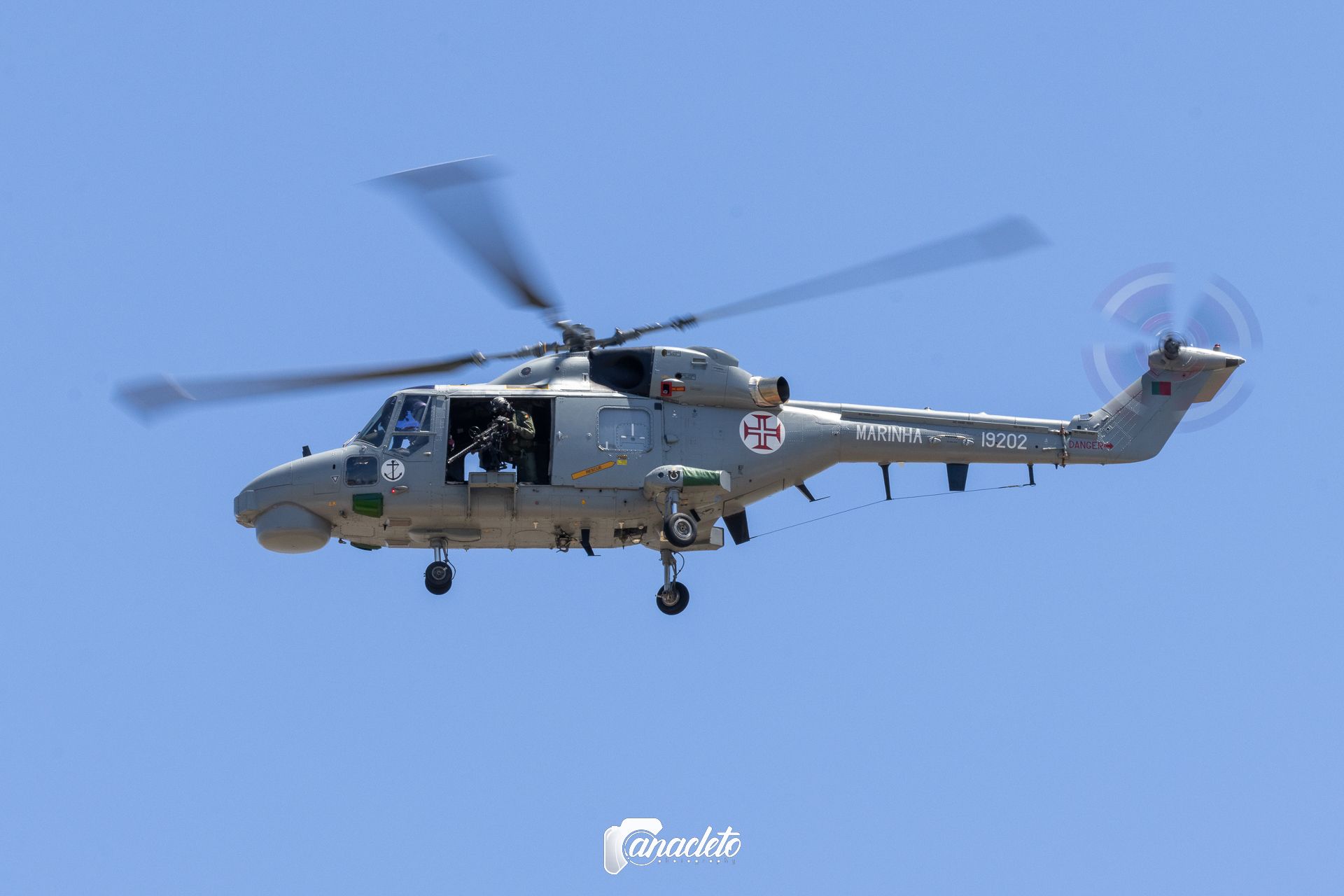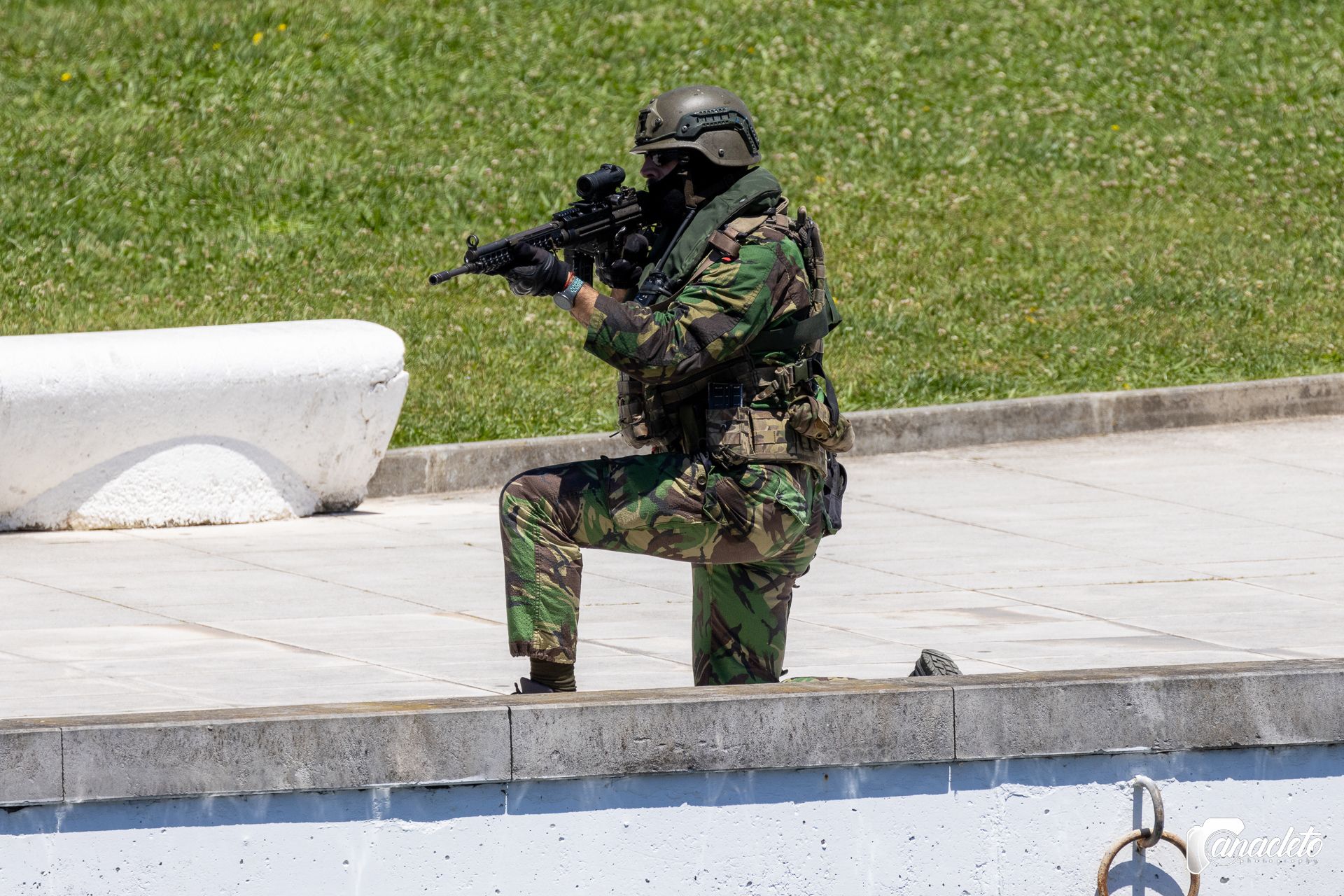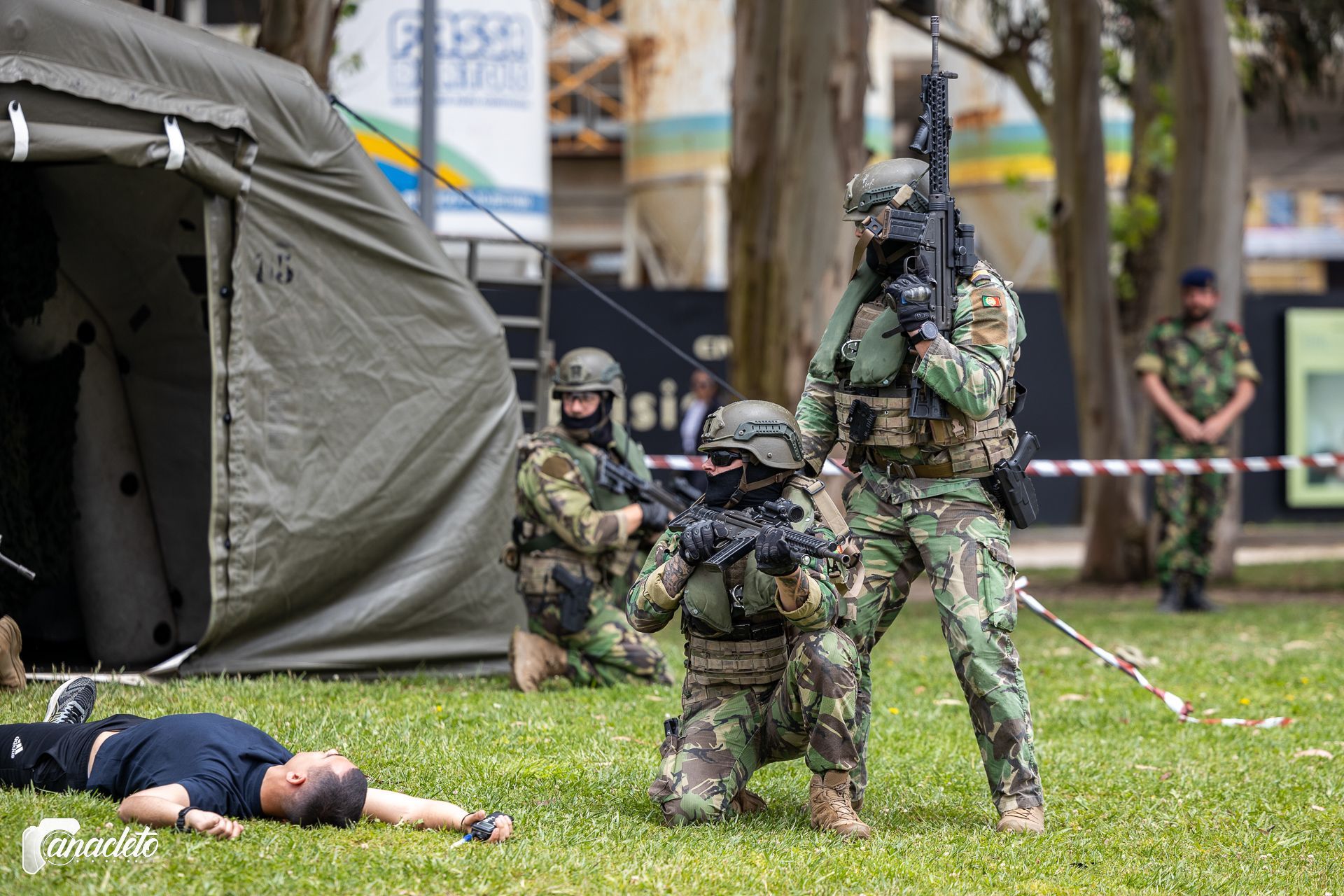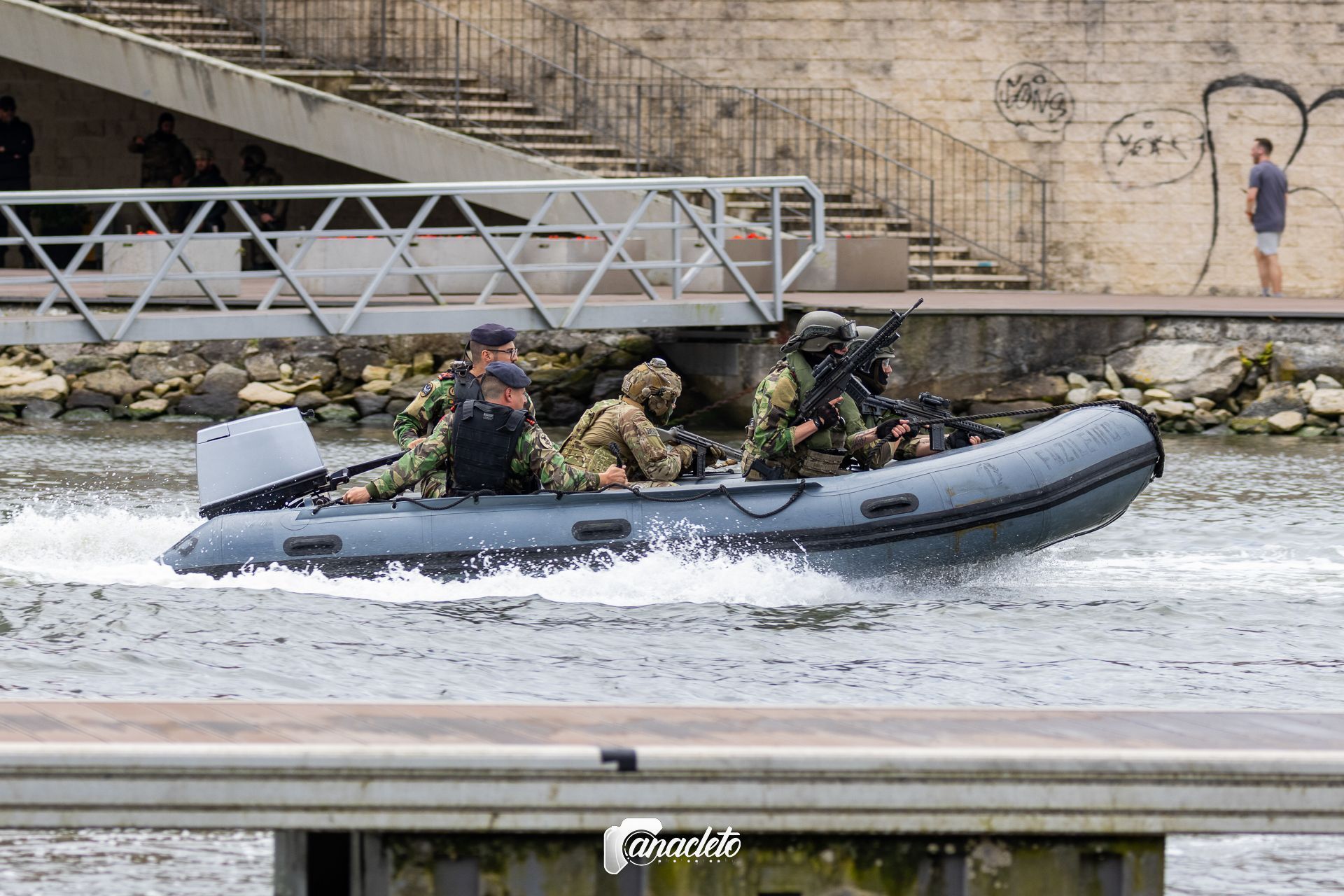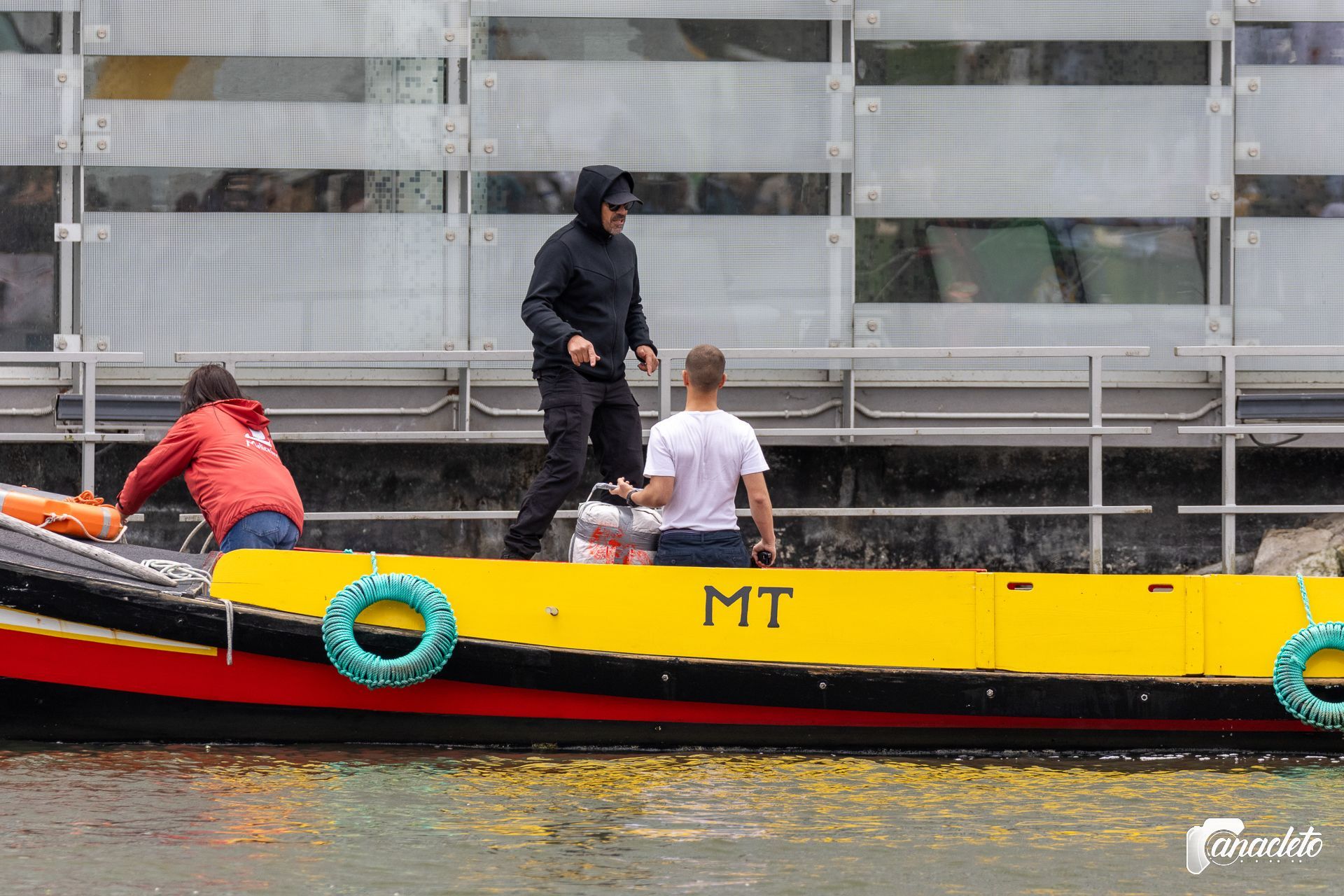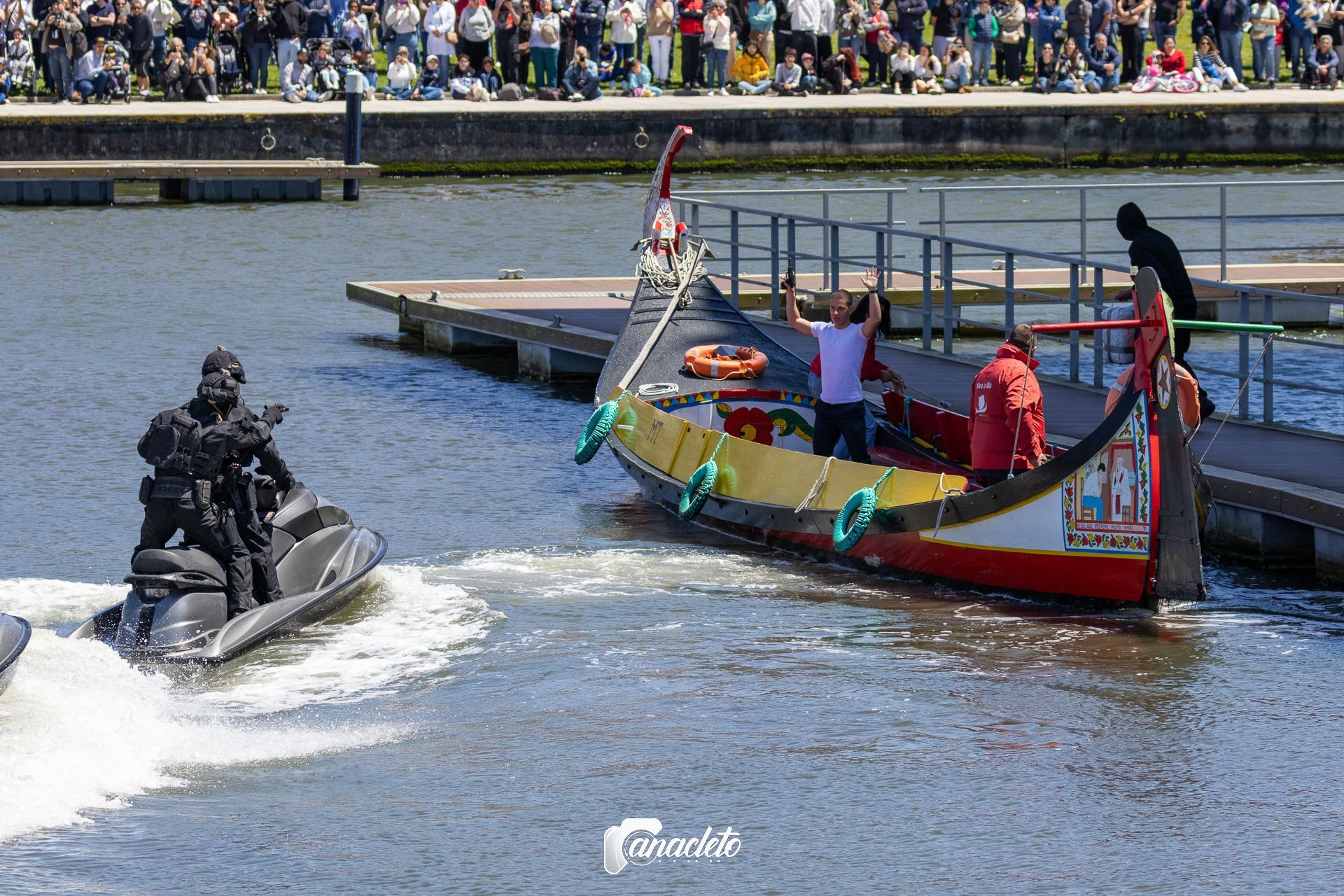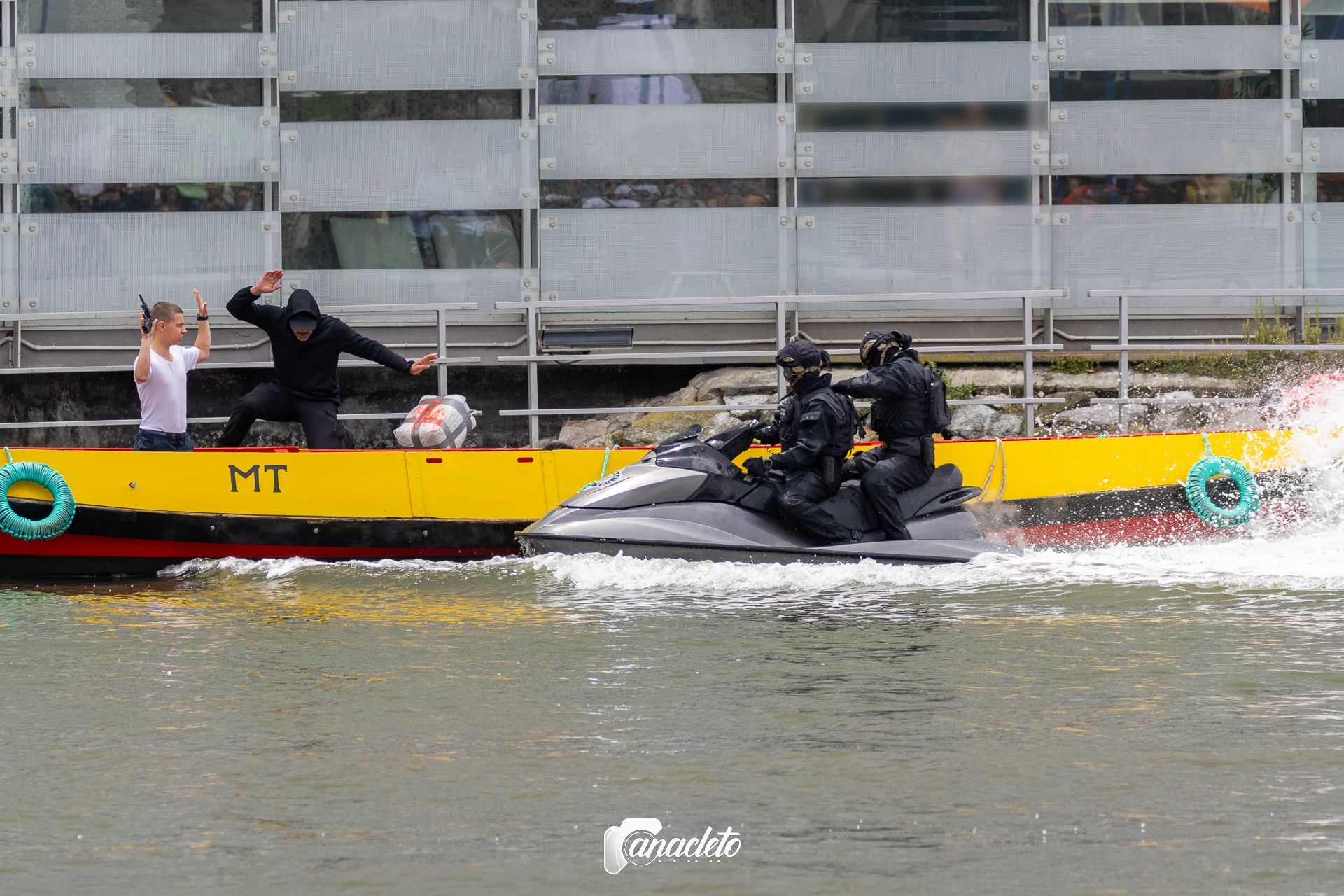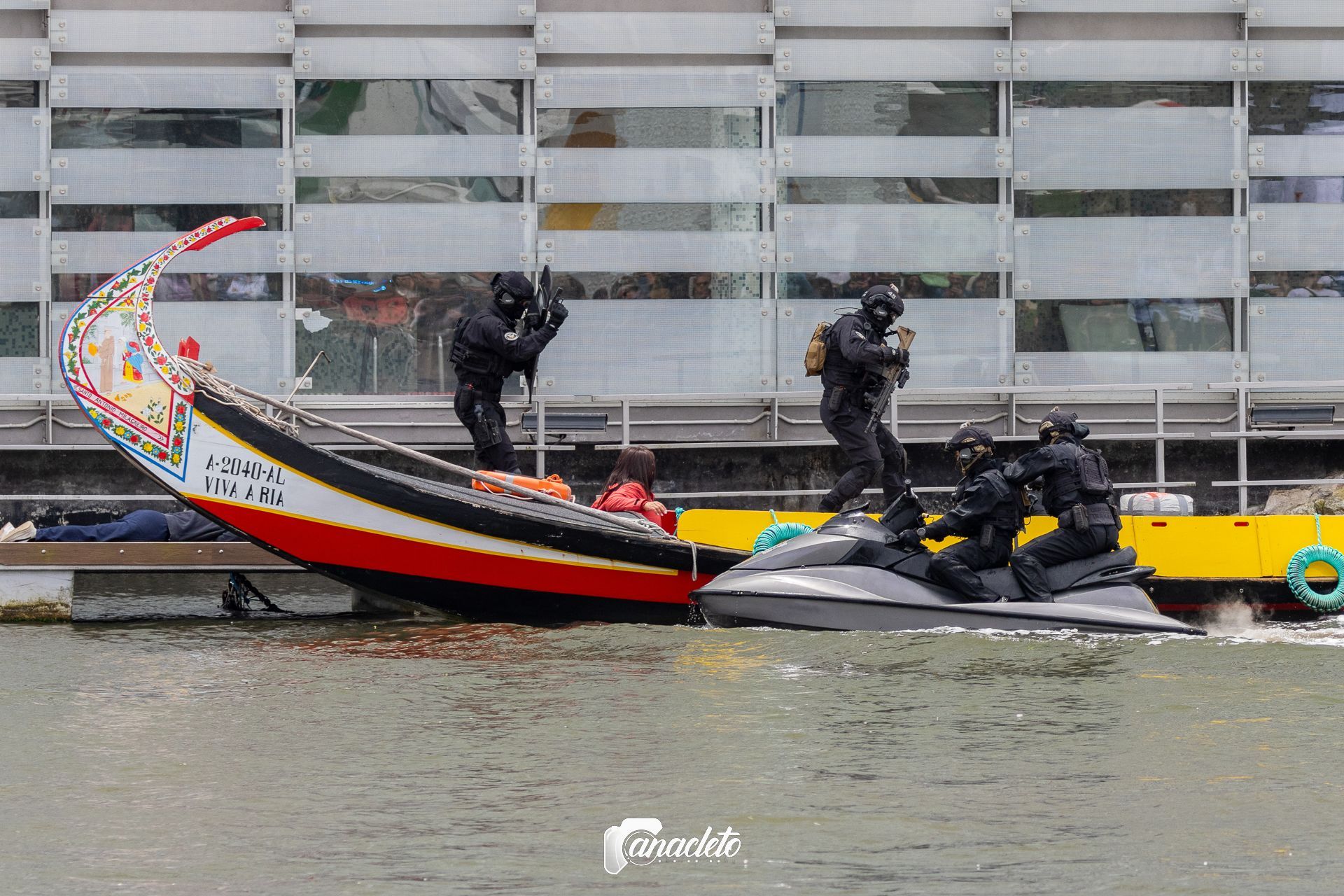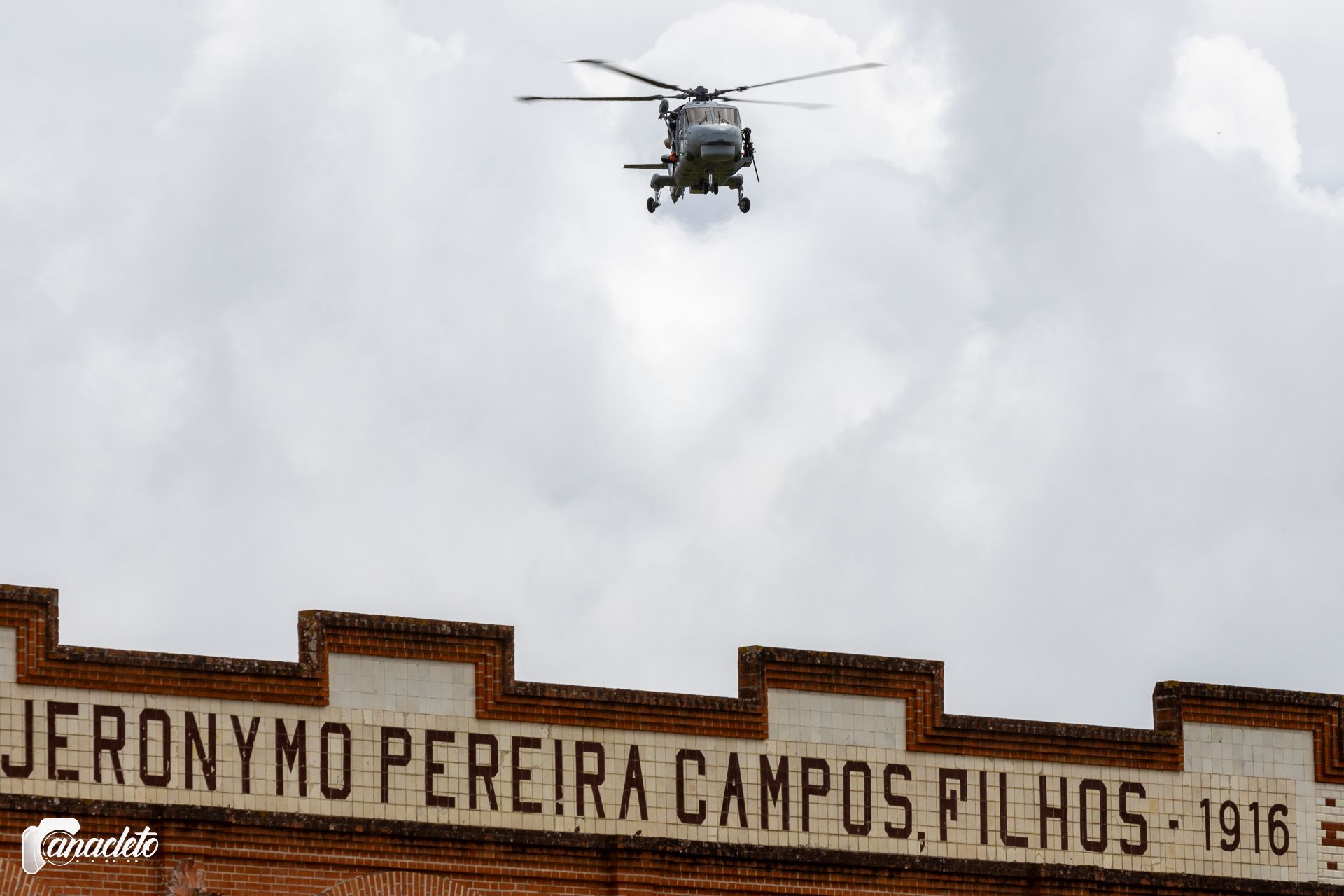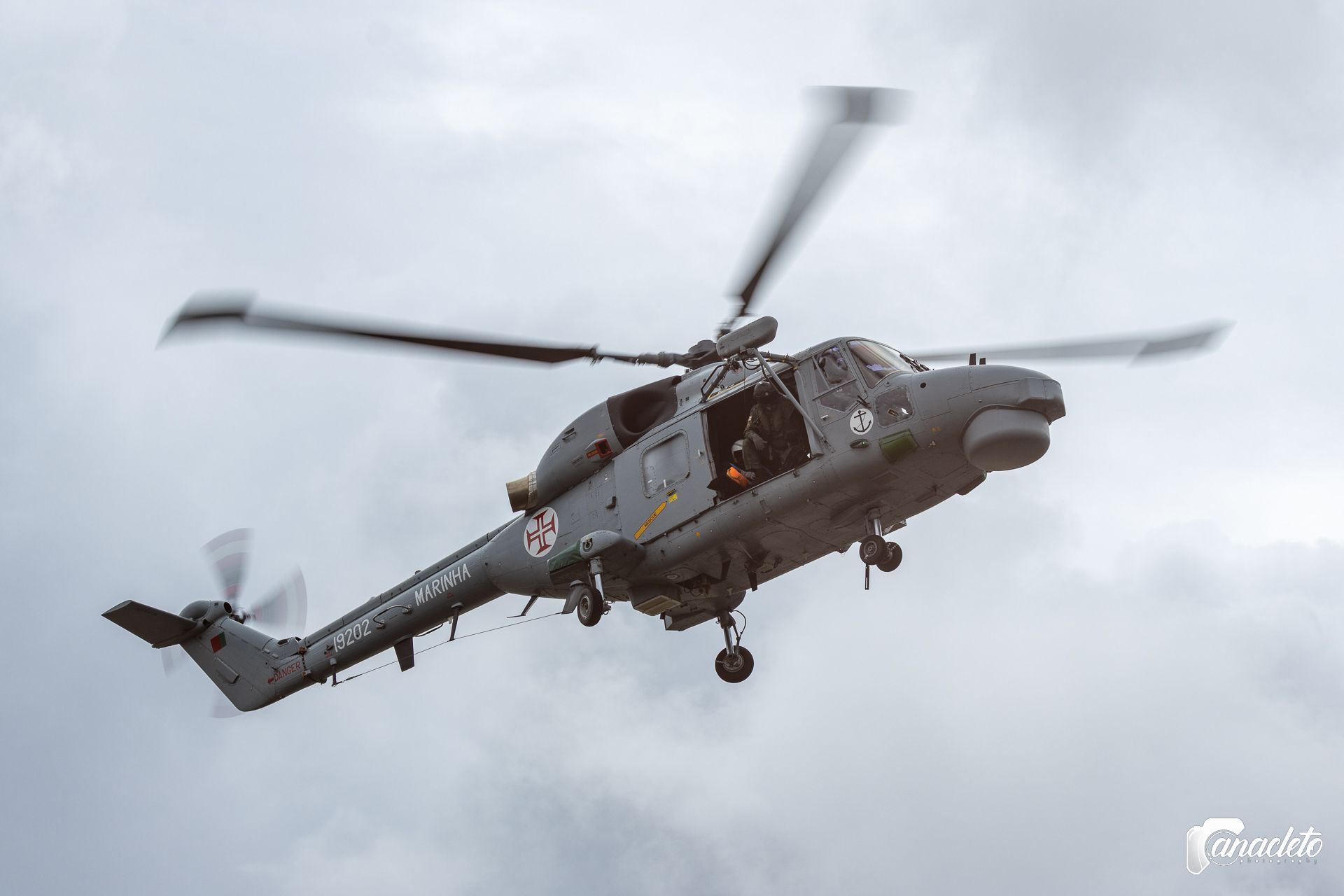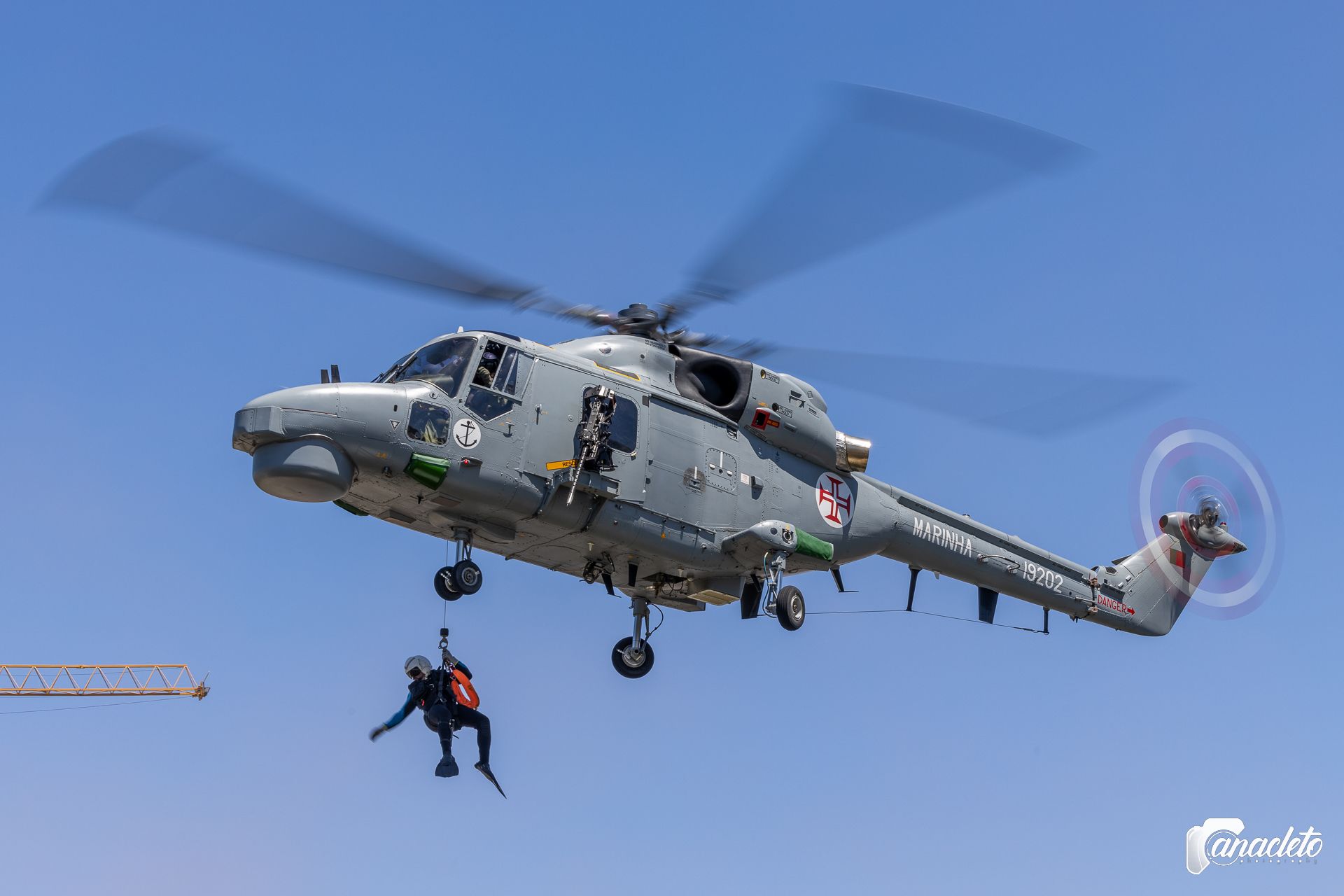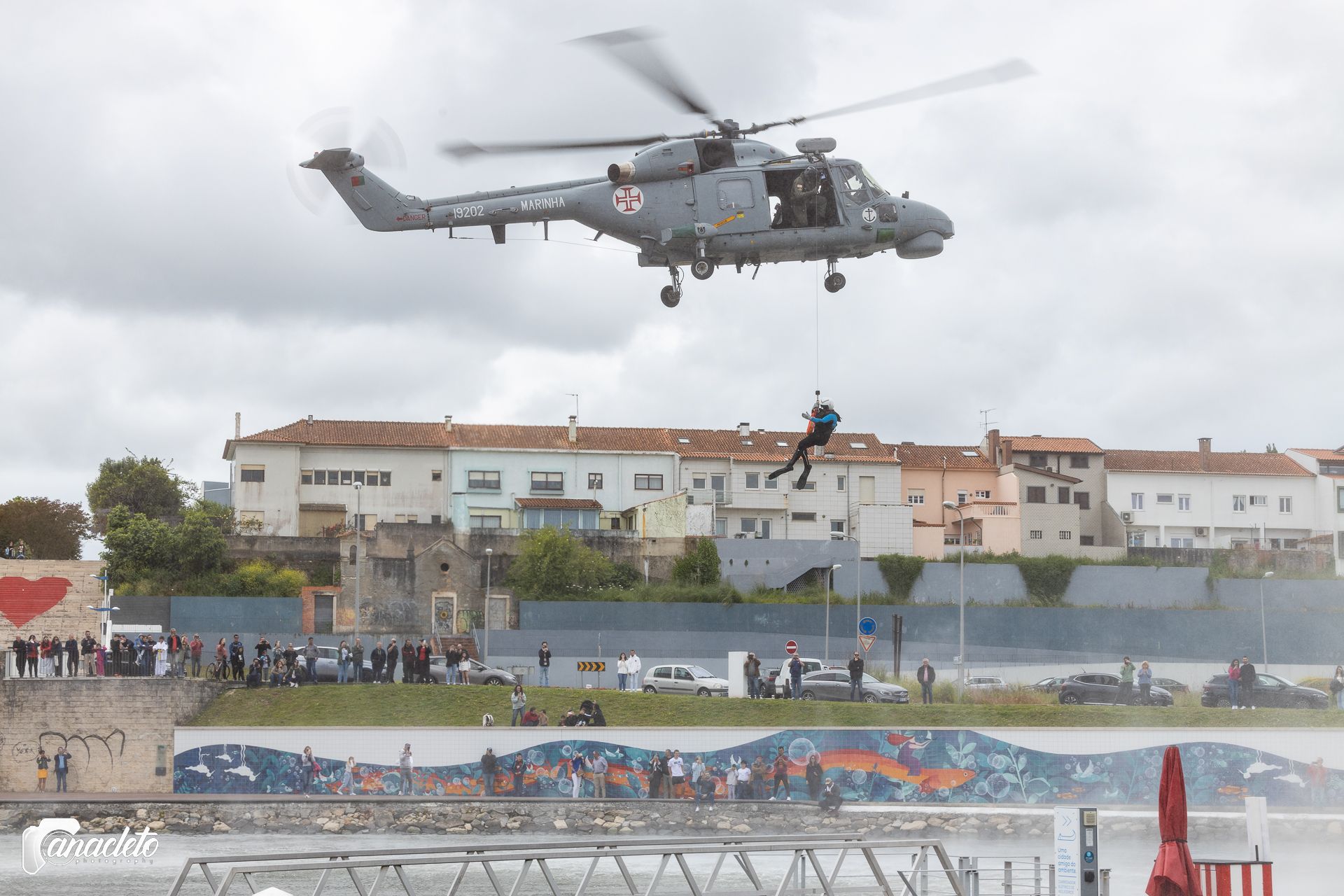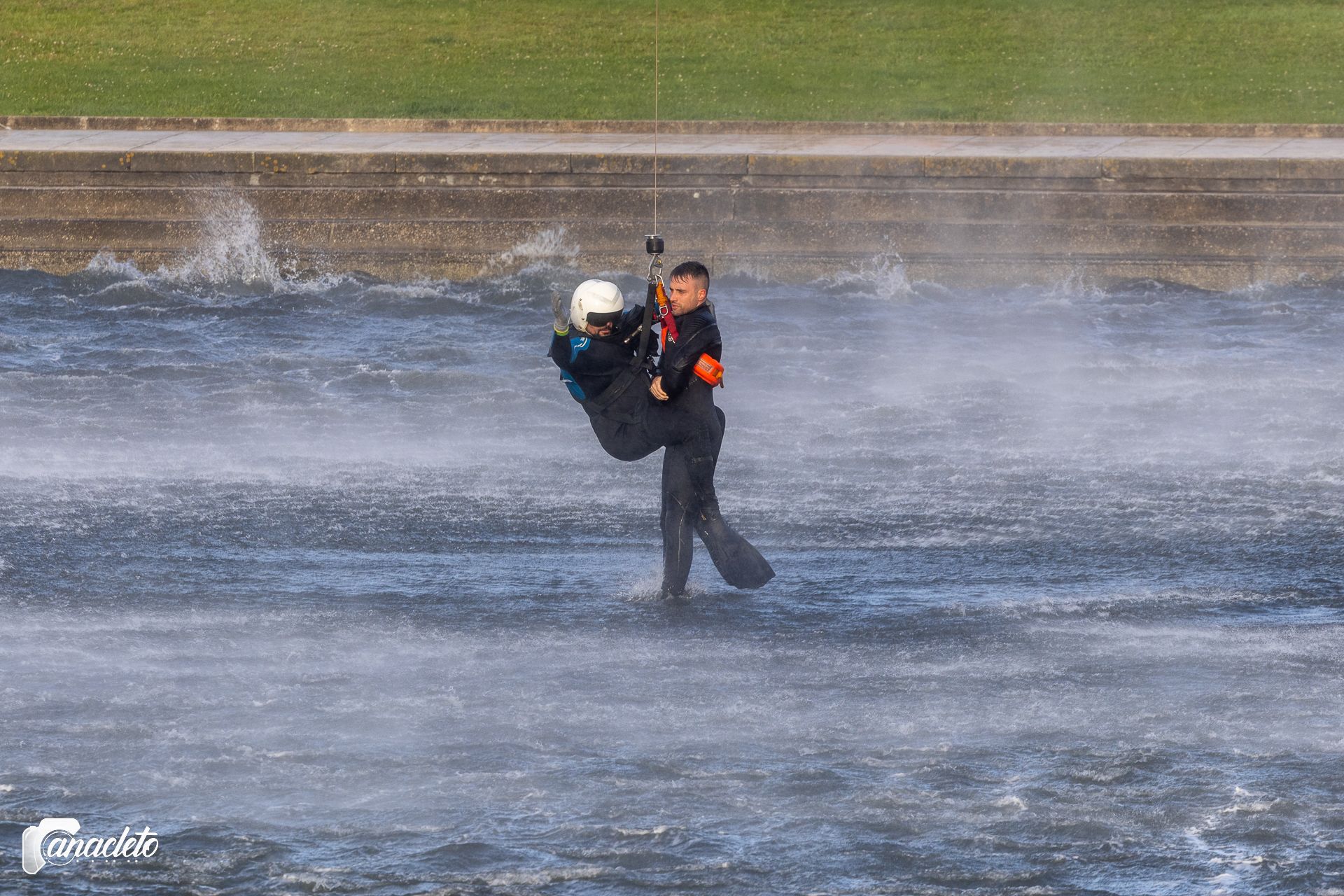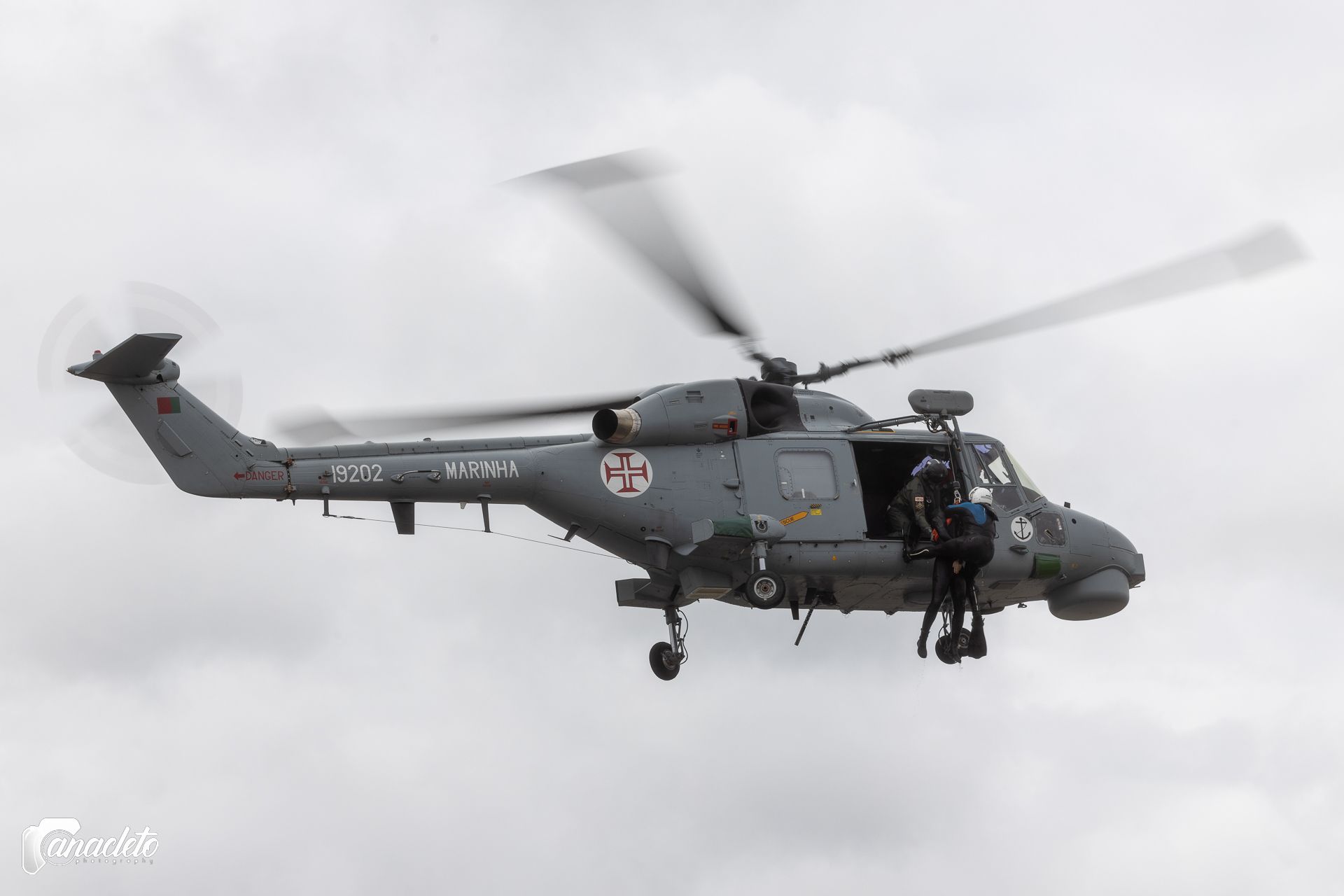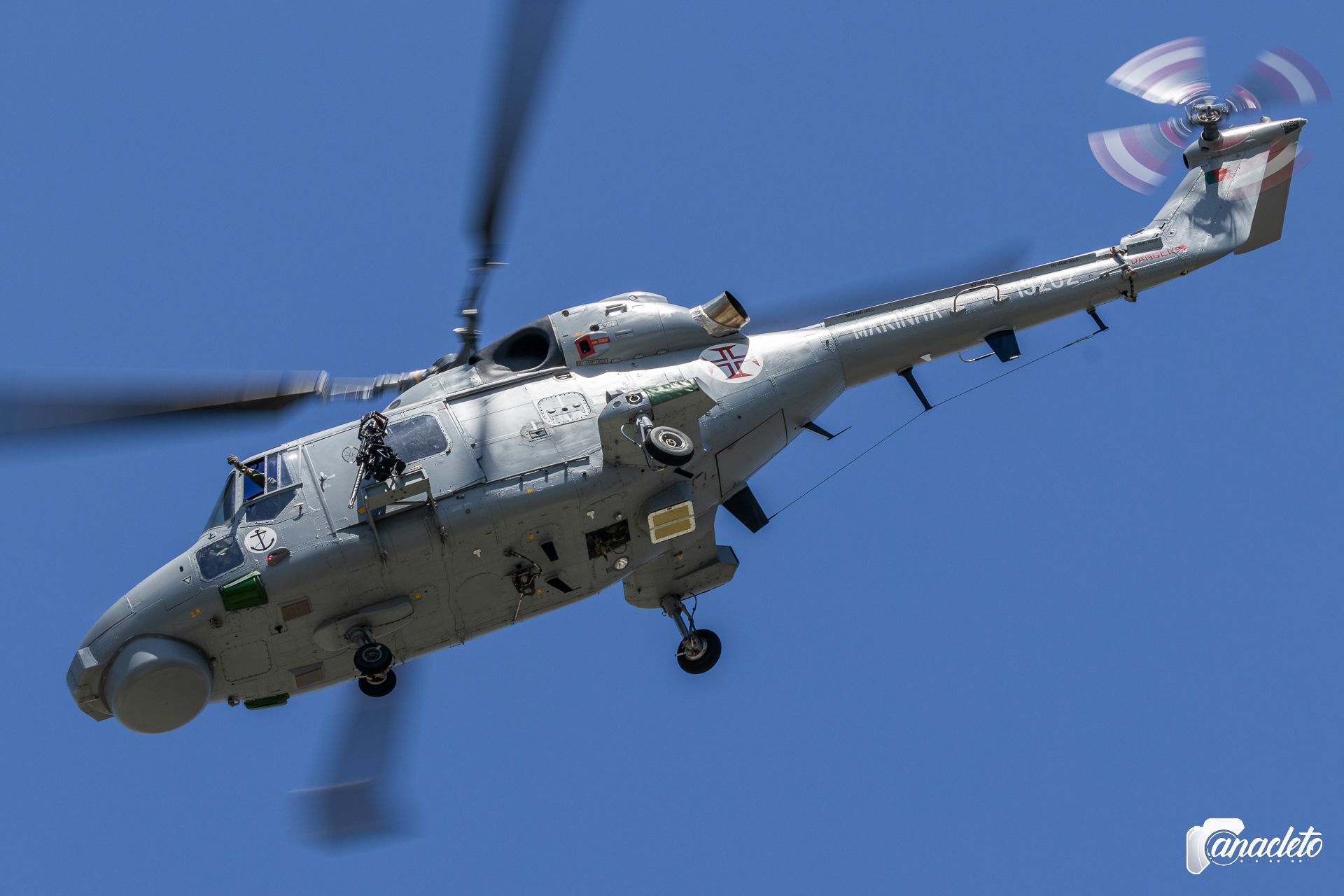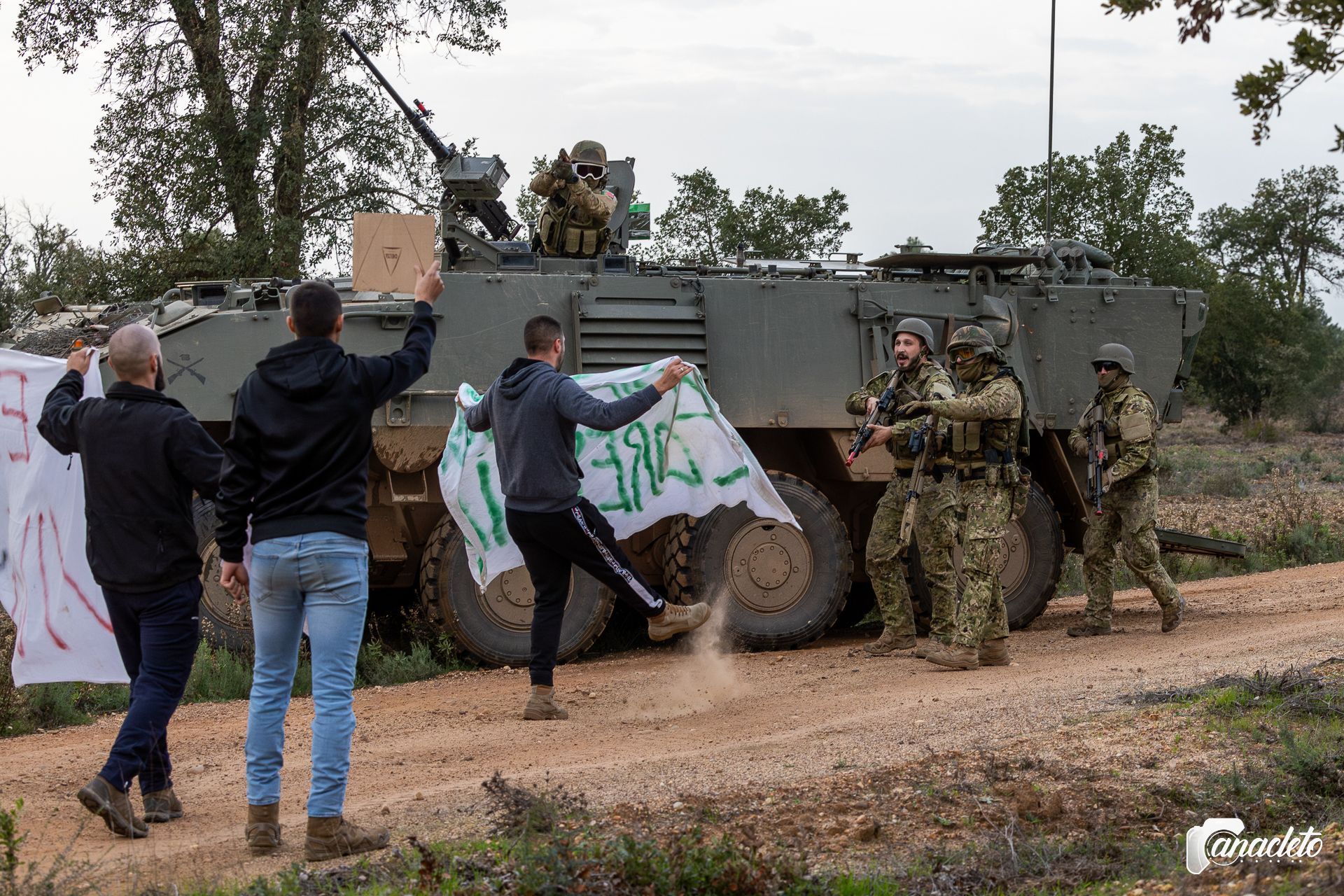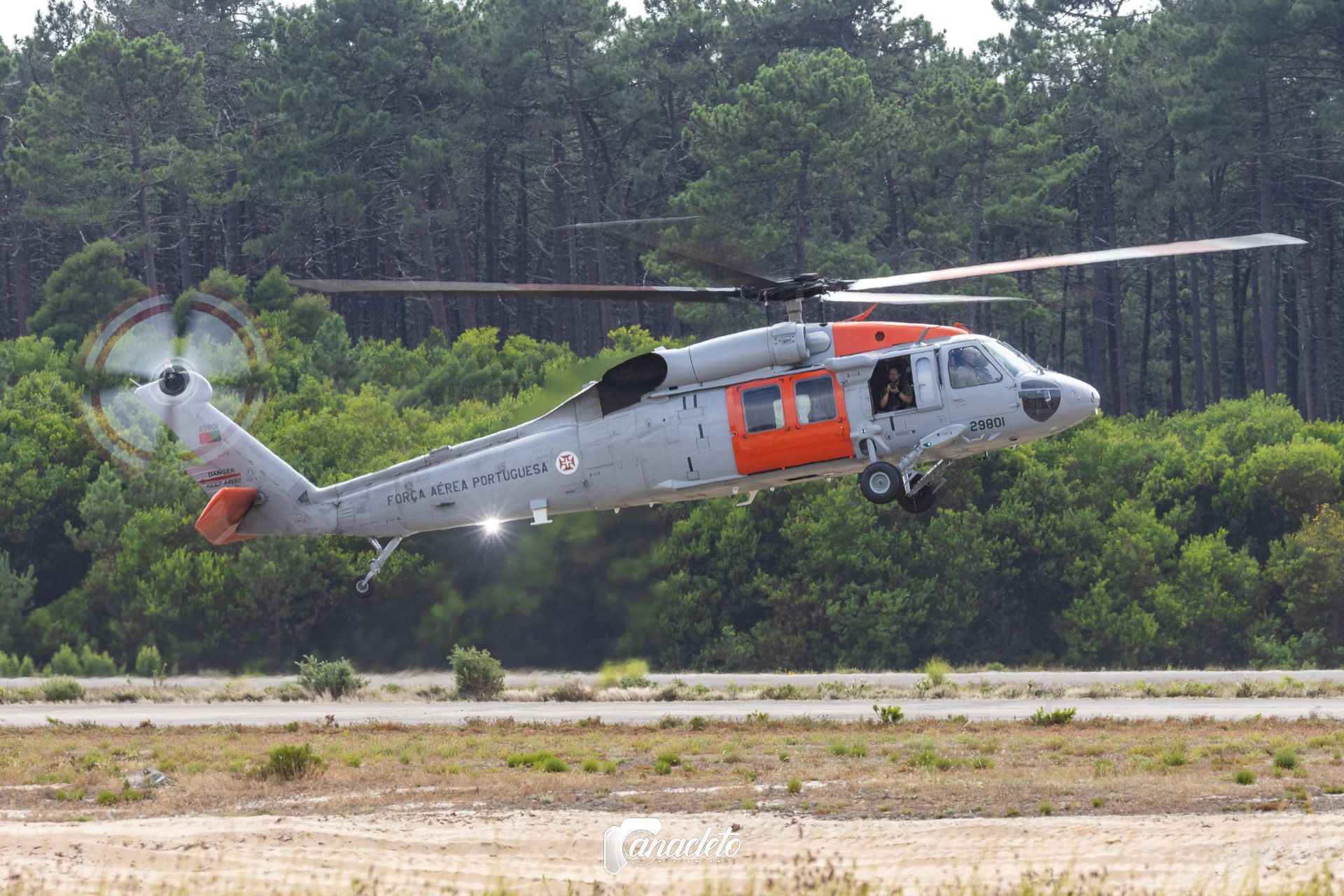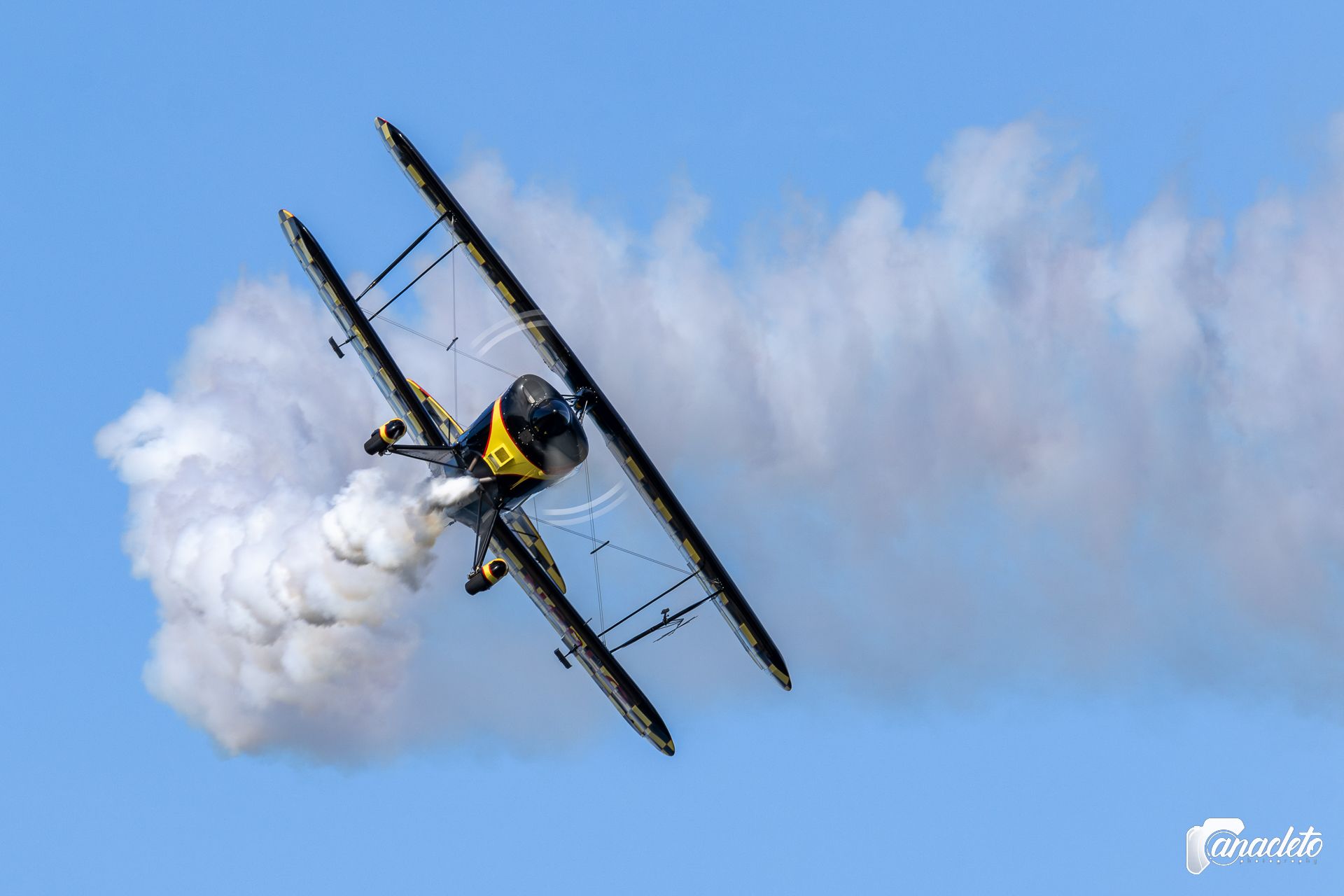Portuguese Navy Day: Honoring History, Showcasing Strength in Aveiro
On May 20, 1498, the Portuguese sailor Vasco da Gama arrived in Calicut, thus discovering the Maritime Route to India and linking the West to the East for the first time. This prestigious achievement is now honored with the organization of the Navy Day commemorations.

526 years after Vasco da Gama's arrival in India, the Navy brought the Navy Day commemorations to Aveiro, a city known as the "Portuguese Venice" and with a strong connection to the sea. From May 4 to 19, it was possible to visit various exhibitions and take part in various activities, which were spread throughout the city. It's a dynamic way of showing the people of Aveiro, and others, the capabilities of their Navy in carrying out missions, both in times of war and peace.
One of the places chosen for the exhibition was the Fórum Aveiro shopping center, where initially there was a Fuzileiros stand where you could see the light weaponry they use in their missions and two of the force's vehicles, a Zebro boat and a 4x4 motorcycle. In the well-known "Praça da Estrela" of the same shopping center, there was a CFMOTO UFORCE 1000 Utility Task Vehicle, which is part of the Marines' land component, and two vehicles belonging to the Maritime Police, a Toyota Hilux pickup and a jet ski. Later, the marines' stand and vehicles were replaced by two more Maritime Police vehicles, a 4x4 motorcycle and a speedboat.
Another location was the Glicínias Plaza shopping center, where the Direção-Geral da Autoridade Marítima Nacional (General Directorate of the National Maritime Authority) had a stand devoted to the various aids to navigation systems that ensure the safety of ships as they approach the coast and enter the port. It was also possible to see a small area dedicated to lighthouses and, thanks to Virtual Reality, it was possible to give visitors a tour of these without them having to abandon their shopping routines.
These two shopping centers were also the scene of several small demonstrations of the capabilities of some of the forces that make up the Navy.
Tactical demonstration:
A wounded hostage was in the hands of a hostile force. A small force of Fuzileiros was tasked with freeing the hostage and neutralizing the threat. One of the first members of the hostile force to confront the soldiers tries to shoot, but is promptly shot down. The second hostile surrenders and is taken into custody. While two members of the team make the arrest, another member is in charge of securing the perimeter and the fourth provides aid to the hostage. With the mission objectives accomplished, the Fuzileiros, together with the detained enemy and the stable hostage, leave the scene.
Rappel demonstration:
It's not always possible to enter in the conventional way. That's why the Fuzileiros are trained in rappelling techniques, which becomes a quick way of projecting force into a location, as long as conditions allow.
K-9 demonstration:
The human-dog duo has been used extensively in various military forces. The level of harmony is enormous and shows how "man's best friend" can provide support in the most diverse types of missions. In this demonstration, the K-9 unit was used in a drug detection scenario.
On May 9, the emblematic NRP Sagres docked at Cais do Sal. The Portuguese Navy school ship was open to the public from May 13 until May 20, offering a unique opportunity to explore its naval history and tradition. According to a statement from the Navy, Sagres received more than 30,000 visitors in the 13 days she was in Aveiro.
The NRP Sagres was built in 1937 at the Blohm & Voss shipyards (Hamburg) and was the third in a series of four ships built for the German navy. In 1961 it became part of the Portuguese fleet, although it was initially offered to the Brazilian Navy as a way of compensating Brazil for the damage caused to its ships by German submarines during the war.
The main mission of this iconic ship is to represent the Navy and the country during visits to foreign ports, whether as part of training trips for naval officers or when attending major celebrations. It also provides direct support to the diplomatic action of sovereign bodies, during official visits by high-ranking State entities, acting as Portugal's traveling embassy.
The NRP Sagres is currently the most decorated ship in the Portuguese Navy and the only one to bear foreign decorations on its national flag.
The Jardim da Fonte Nova and the Edifício da Antiga Capitania were also filled with nautical spirit and were the main area for exhibitions and activities. From the 15th onwards, visitors to Jardim da Fonte Nova could learn more about the various units that make up the Portuguese Navy. See first-hand the innovation and commitment to new drone technologies with the Célula de Experimentação Operacional de Veículos Não Tripulados (CEOV), learn about the main resources and missions of the Maritime Police, get up close and personal with the Lynx MK95, the helicopter that equips the Navy's Helicopter Squadron, interact with the light weaponry used by our Fuzileiros and even have the opportunity to shoot airsoft with them, but without first being put to the test in a little physical training, in order to turn each of the participants into a Fuzileiro, if only for a day. There were also those who tried scuba diving for the first time and, for the little ones, they had the chance to go rock climbing, always under the supervision and encouragement of the military personnel present.
In the Old Captaincy Building there were several virtual reality stands that gave visitors the chance to visit various Navy vessels without having to leave the building. For those who wanted to fly, the Helicopter Squadron gave them the chance to try out a Lynx flight simulator. For those who prefer to be on the water, there was also a boat simulator, where people could try their hand at sailing down the Rio Tejo (River Tagus). Other than that, you could see various small exhibitors, all linked to maritime practice, from essential parts for ship navigation to the Art of the Sailor, from the innovation of 3D printing and its applications in the military field to the presence of a Sea Sparrow surface-to-air missile. Finally, we mustn't forget one of the pieces that can be considered the centerpiece of this exhibition, which was a Lego model of the Trident Class submarine, currently in service with the Navy, full of details of the various compartments and sections that make up this military vessel.
On Sunday, May 19, the Military Ceremony took place in front of the building of the Old Jerónimo Pereira Campos Factory, and was presided over by the Minister of National Defense, Nuno Melo, and attended by the Chief of Staff of the Navy, Admiral Henrique Gouveia e Melo, the Mayor of Aveiro, José Ribau Esteves, among other entities. Speeches were made congratulating the Navy and the men and women who serve in it, decorations were awarded and at the end the Navy paraded with forces on foot and vehicles, attended by more than 500 military personnel.
Also as part of the parade, a formation made up of two Lynx MK95s and a T-6 (belonging to the Aero Fénix) flew over the city, as a way of evoking the Navy's air component. That air component, before the early 1950s, was known as Naval Aviation and after the end of World War II, this branch acquired a number of North American T-6s to be used for pilot training, which were then placed at the S. Jacinto Naval Aviation Center in Aveiro.
After the Military Ceremony, the various forces of the Portuguese Navy gave a demonstration of their capabilities, where they showed the public their skills in tactical scenarios in wartime and humanitarian scenarios in peacetime.
1st Scenario:
A hostage had been kidnapped by a terrorist group. In order to free him, members of the Special Actions Detachment (Destacamento de Acções Especiais - DAE) insert through the roof of the building via fast-rope from a Lynx helicopter. At the same time, two divers, from the Destacamento de Mergulhadores Sapadores Nº1, take out two lookouts in order to guarantee a clear area for a disembark. Given the signal using a smoke torch, a force of Fuzileiros and a K-9 element disembark and guarantee a security perimeter. During this process, they eliminate another hostile and detain the other, using the canine unit. With the security perimeter established, the DAE elements evacuate the building with the hostage and extract him using a UTV vehicle, which has been heli transported to a location close to the site of the operation.
2nd Scenario:
Using a surveillance drone, the location of an enemy command post has been identified. A sniper positions himself in the vicinity of the location, so that he can assess the situation and proceed to eliminate elements of the enemy force. Using a second drone, which was equipped with a grenade-dropping mechanism, two stun grenades were used which, when detonated, alerted two members of the hostile force. These elements leave the cover of the command post and stand in the open, giving the sniper a chance to eliminate them. After this, two divers come out of the water onto a pier and secure it, detonating the explosive devices placed there by the hostile force. Once this task is complete, they signal a Fuzileiros force that the pier is secure, which in turn proceeds with the disembark. At this stage, the force is divided into the assault team and the security team. The security team ensures that the landing site remains secure throughout the operation, while the assault team approaches the enemy command post and neutralizes it, with the support of an element of the divers. While all this action is taking place on the ground, a Lynx MK95, equipped with an M3M machine gun, provides close air support. With the main objective completed, the force withdraws to the landing site and leaves the area of operations.
3rd Scenario:
In an operation against drug trafficking, elements of the Maritime Police's Tactical Actions Group (Grupo de Ações Táticas - G.A.T.) prepare a raid on a drug deal that used moliceiros (traditional boats from the Ria de Aveiro) as a means of transporting the cargo. After confirming the transaction, four officers on two watercraft approached the boat, causing the two criminals to surrender without resistance. In parallel, four more G.A.T. officers approached the scene, arresting the trafficker and the buyer and securing the cargo as evidence.
4th Scenario:
A fire breaks out on board a moliceiro. While a crew member was fighting the flames, one of the tourists on board panicked and jumped into the water. This type of situation immediately requires the activation of search and rescue procedures. A jet ski and the ISN (Instituto de Socorros a Náufragos) were immediately mobilized to the scene to begin the rescue maneuver.
The second tourist, in an attempt to help the first, also jumped into the water and also ended up in need of help. Due to the local conditions, the rescue was carried out by the Helicopter Squadron, using the Lynx MK95 aircraft. The rescuer was lowered to the tourist and, after approaching him, placed the Quick Strop* on him, allowing them both to be lifted aboard the aircraft, thus completing the rescue.
*Quick Strop - Equipment that allows the victim to be removed quickly and safely, but only if they are conscious and not seriously injured.
The celebration of Navy Day in Aveiro, with its various activities and exhibitions, provided a unique opportunity for the public to get to know the capabilities and missions of the Portuguese Navy up close. Through tactical demonstrations, rescue simulations, and the emblematic presence of the NRP Sagres, the Navy showed its versatility and competence in both peacetime and conflict situations. This commemoration not only honored Vasco da Gama's historic achievement in discovering the Maritime Route to India, but also reinforced the connection between the Navy and the Portuguese people, highlighting the ongoing commitment to innovation and the defense of the nation.
